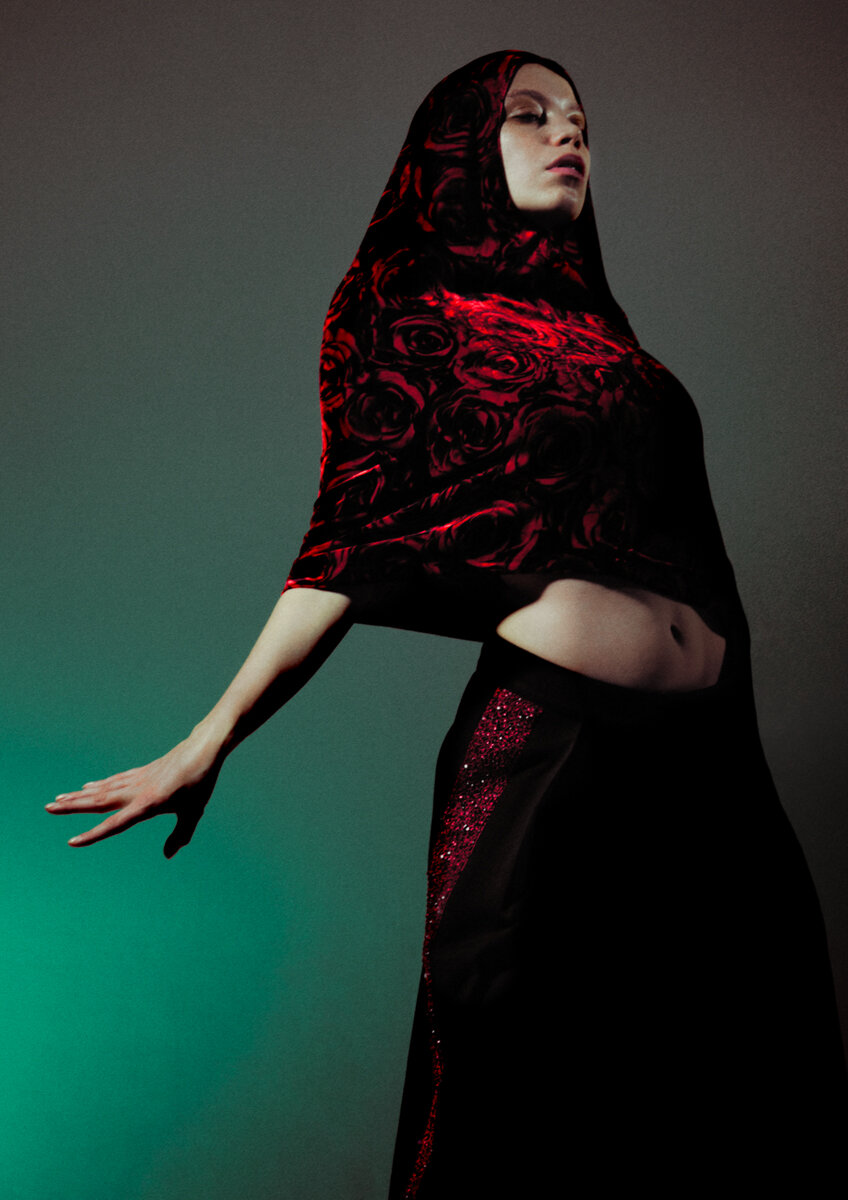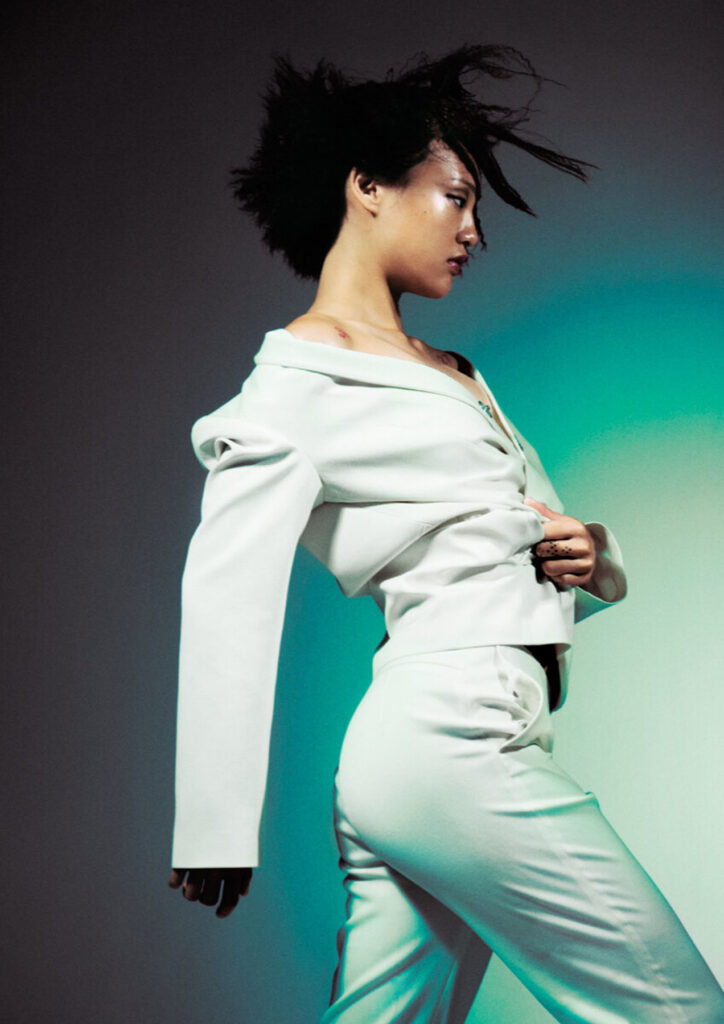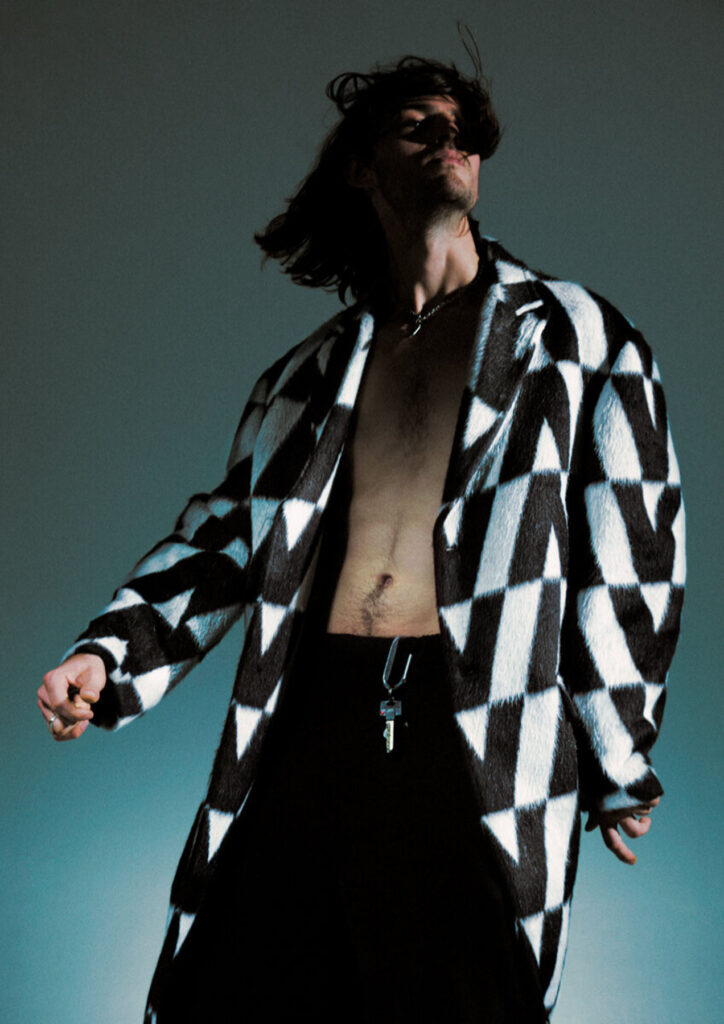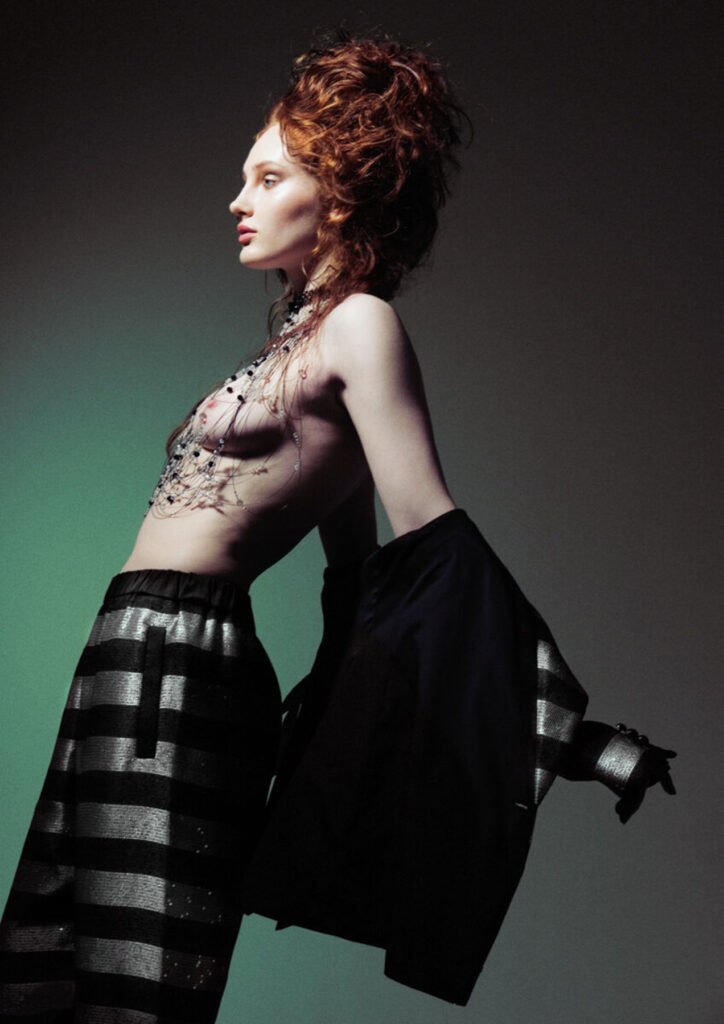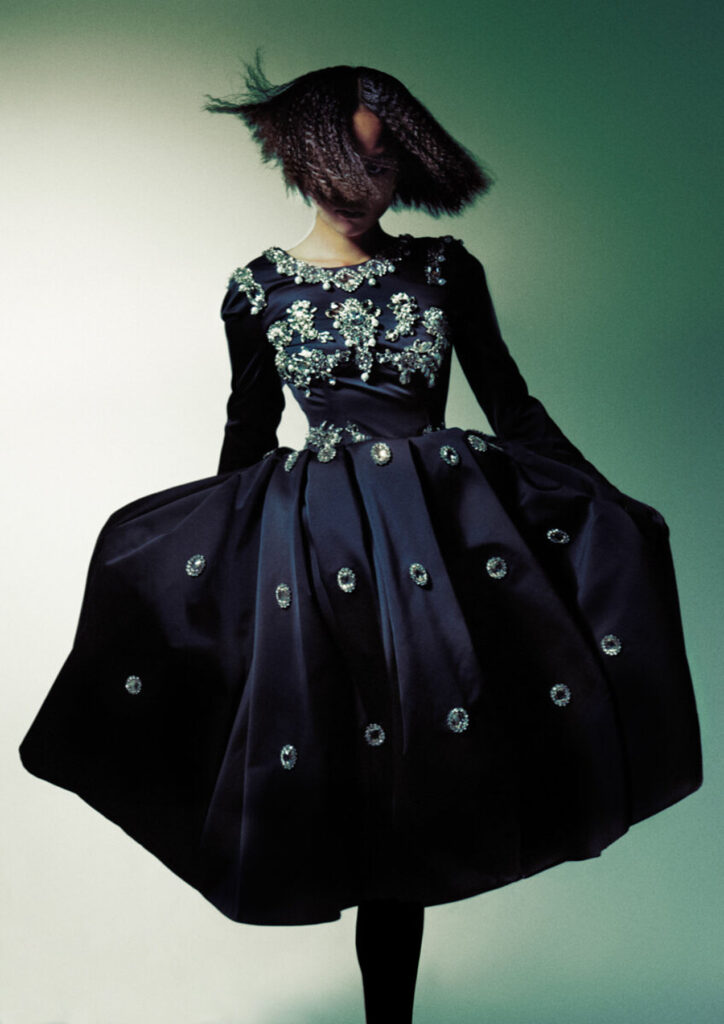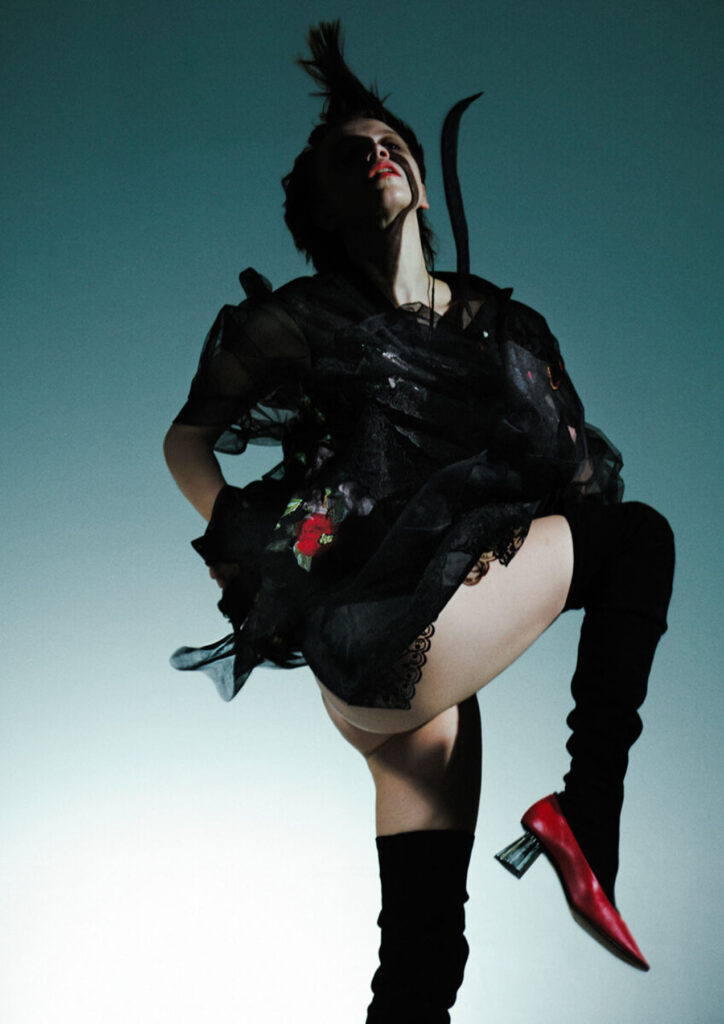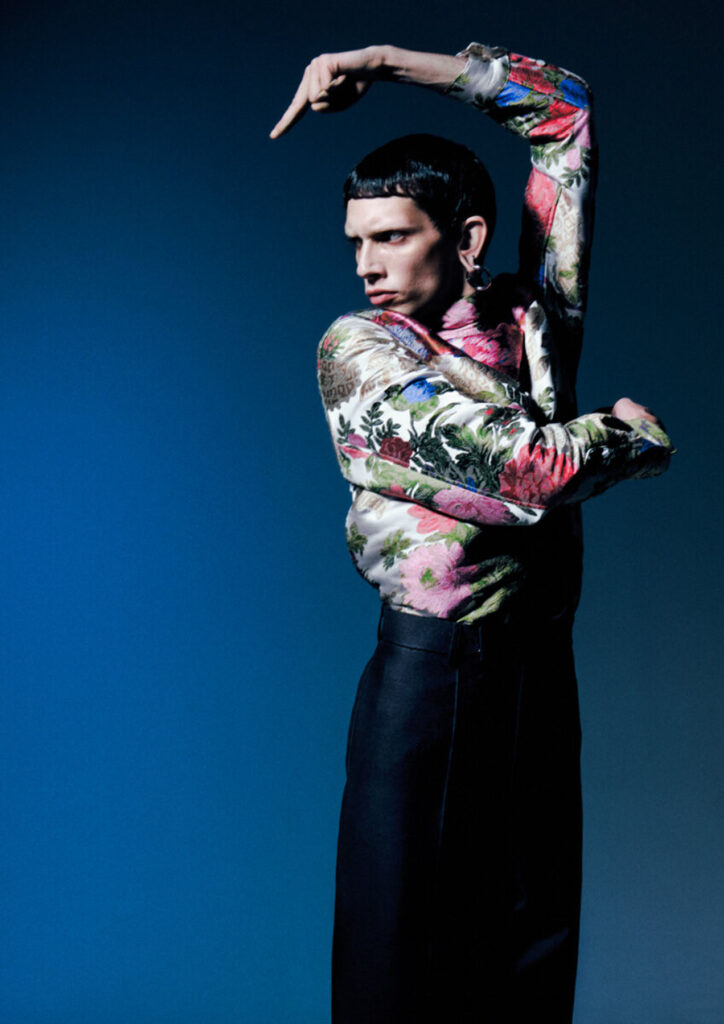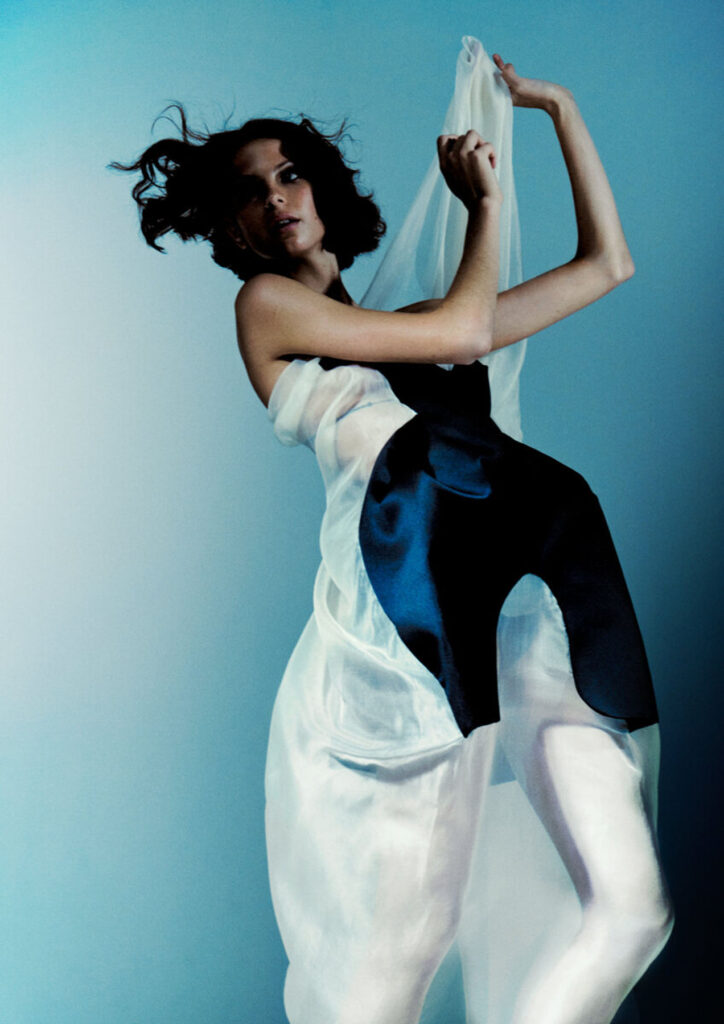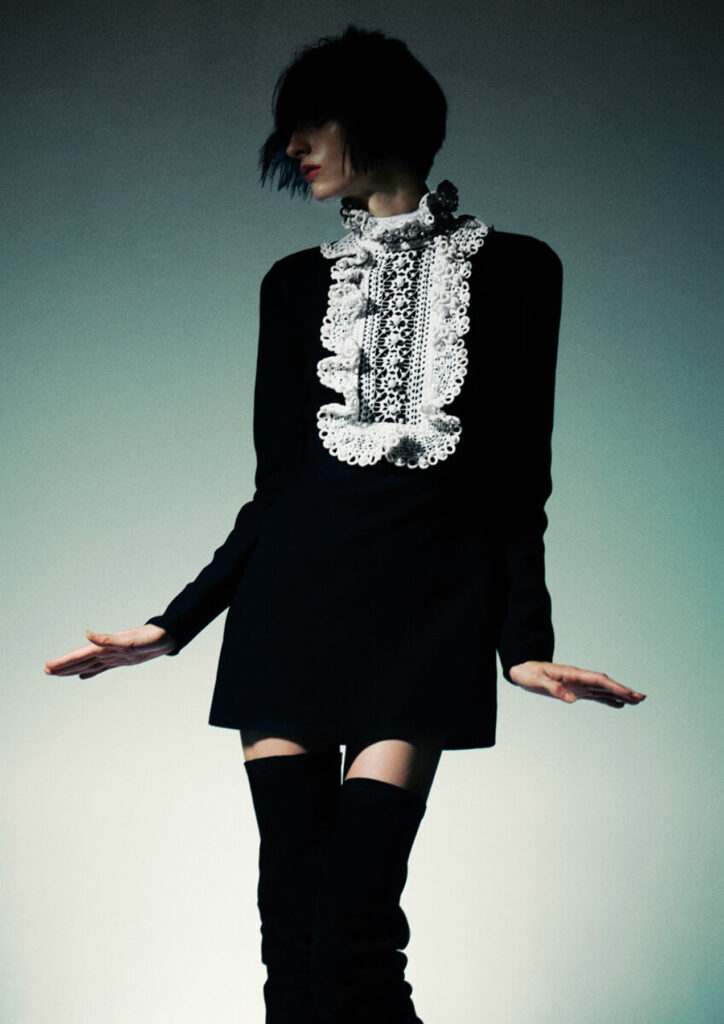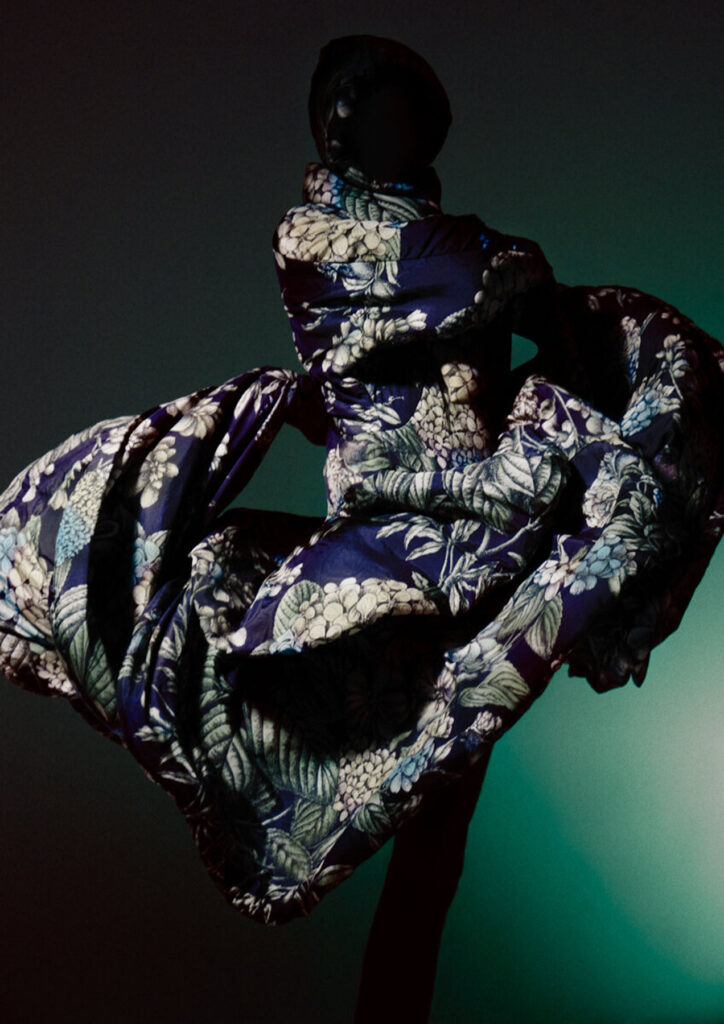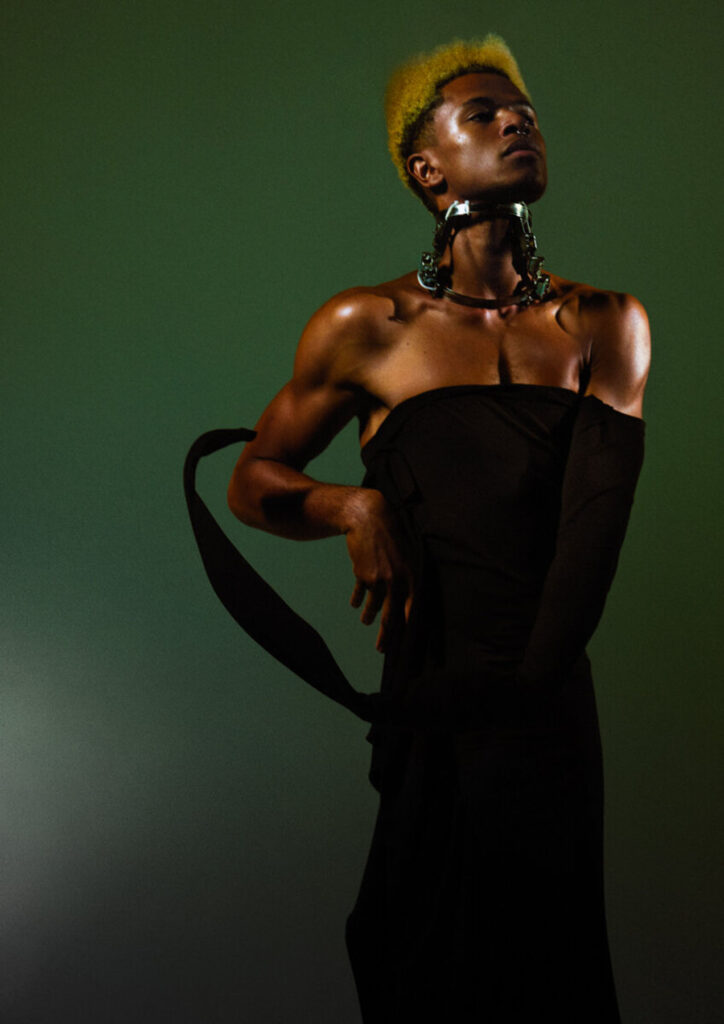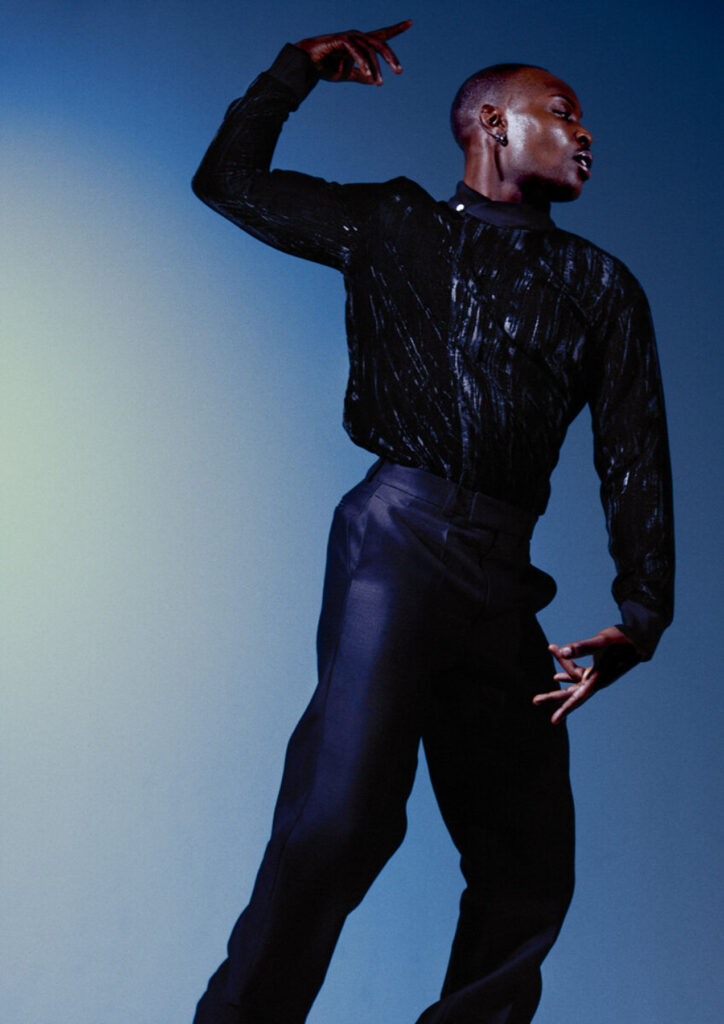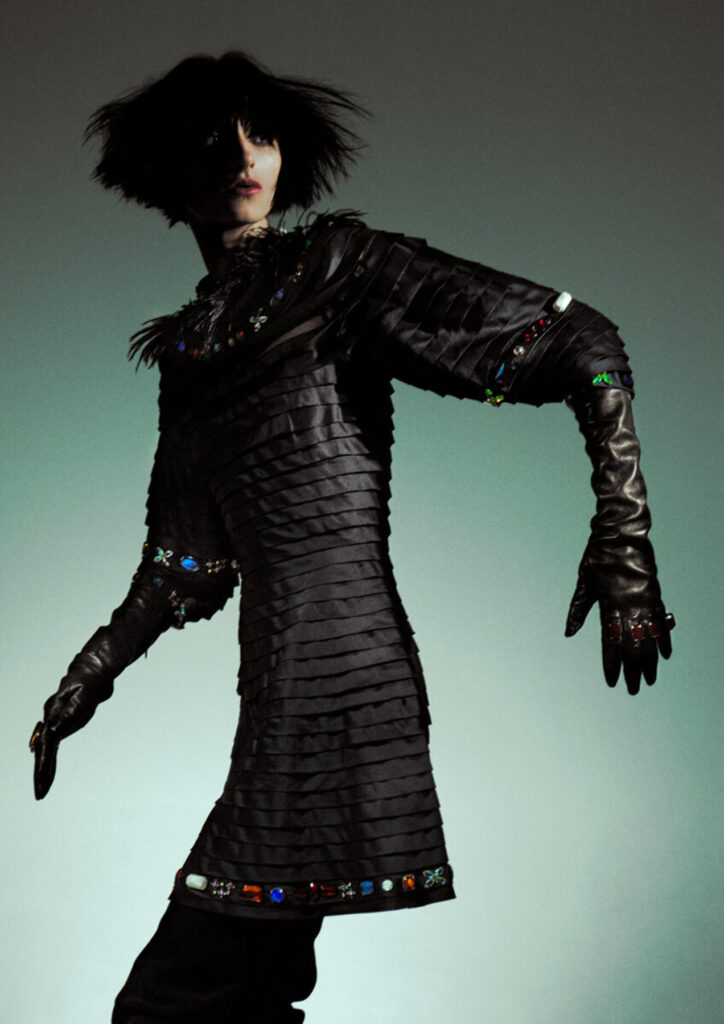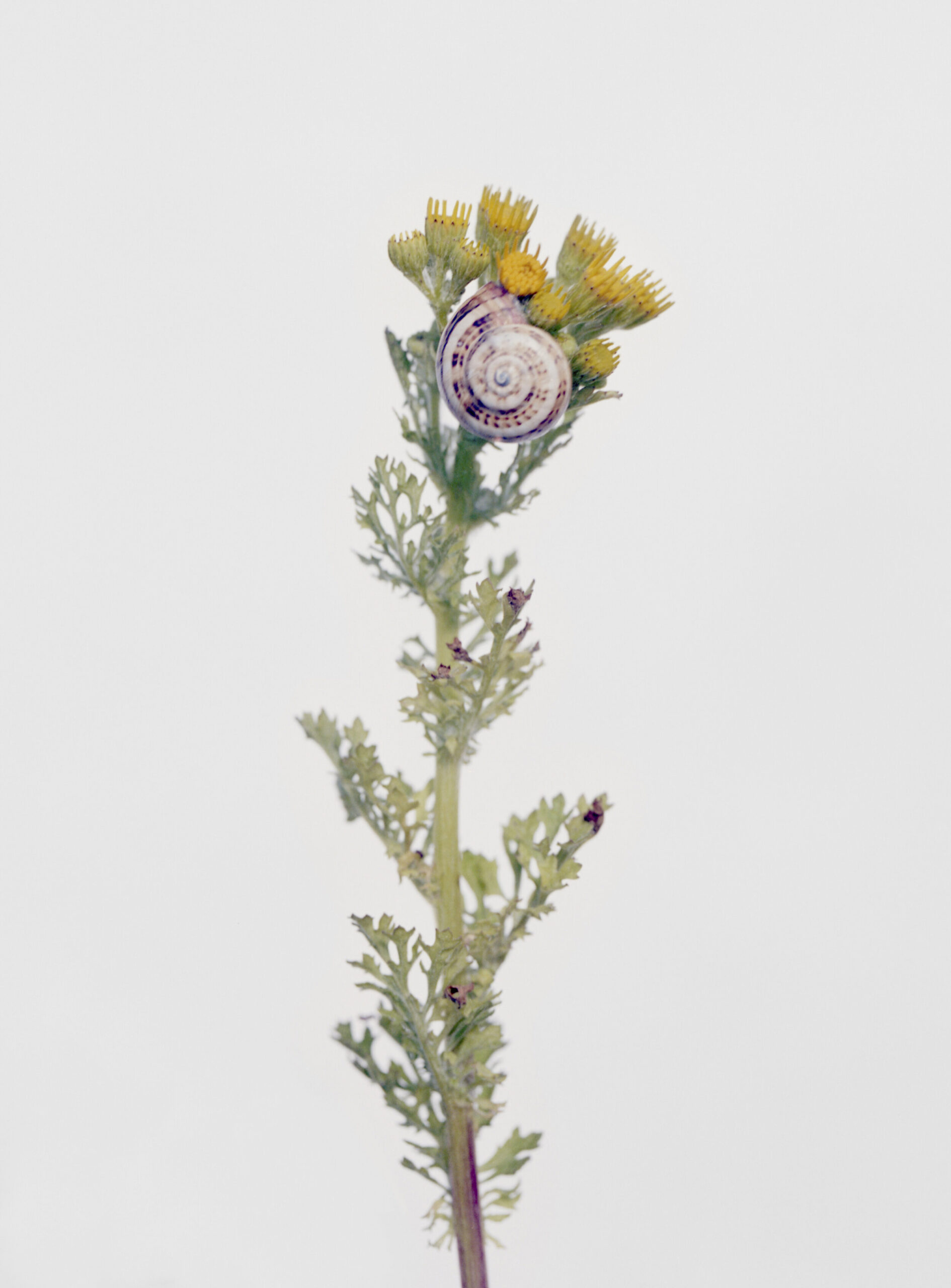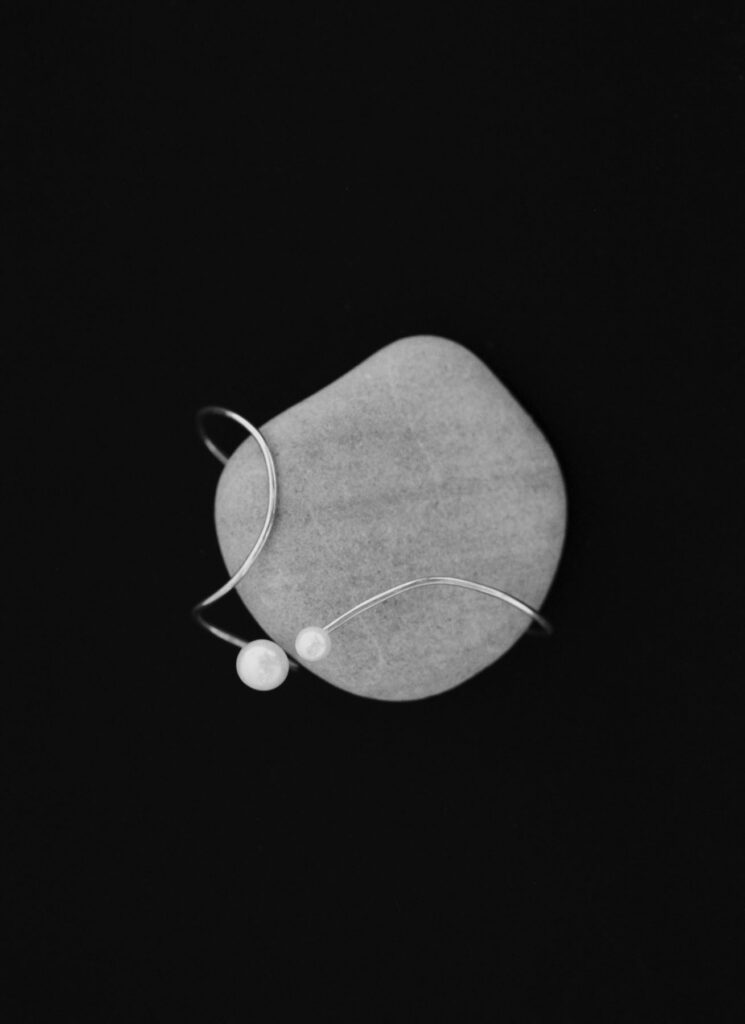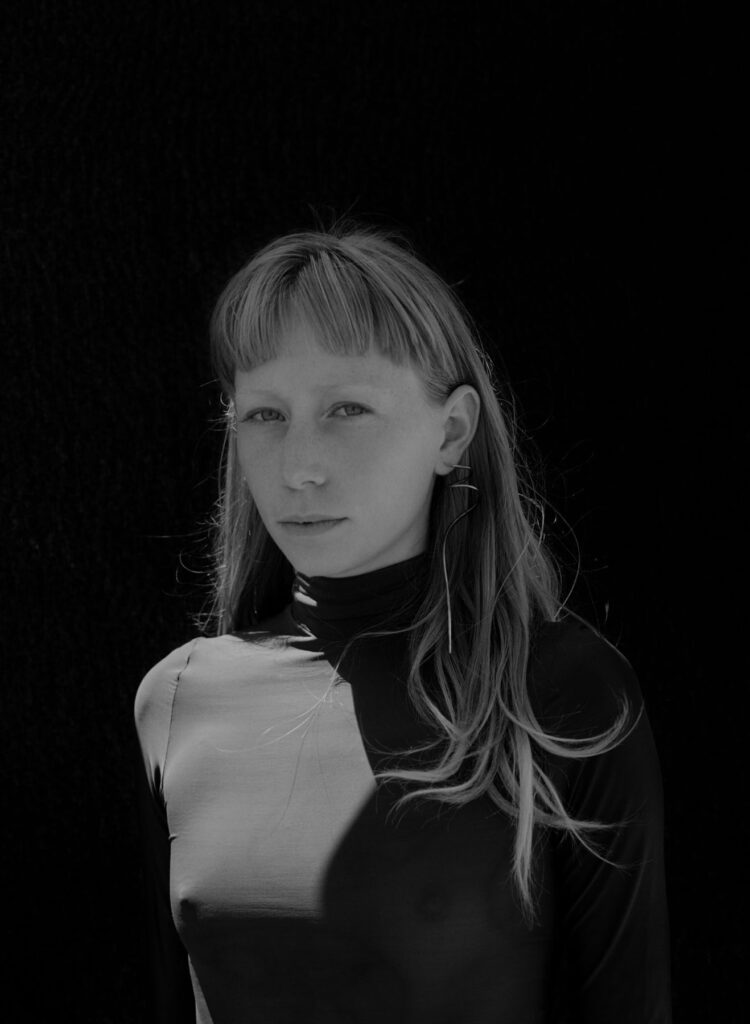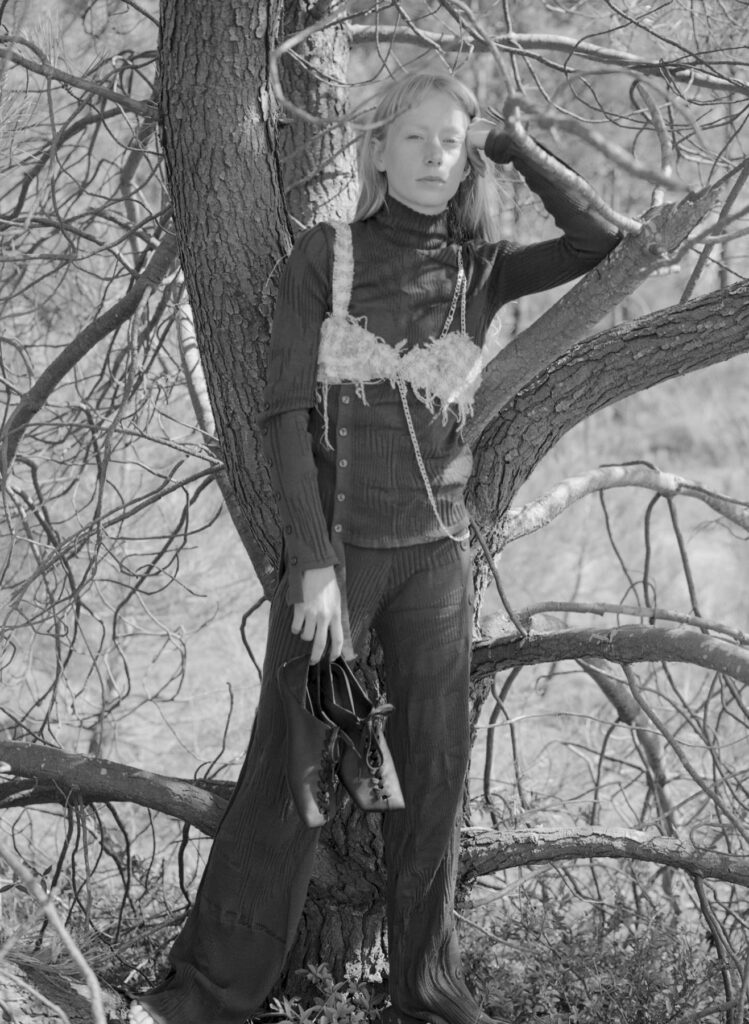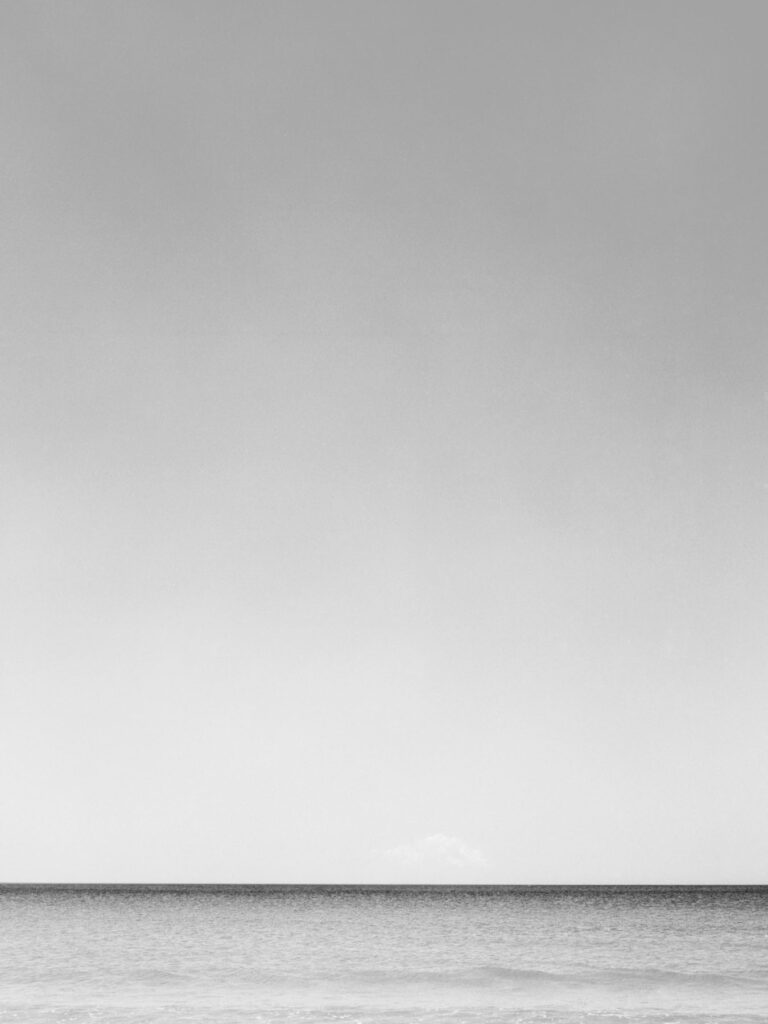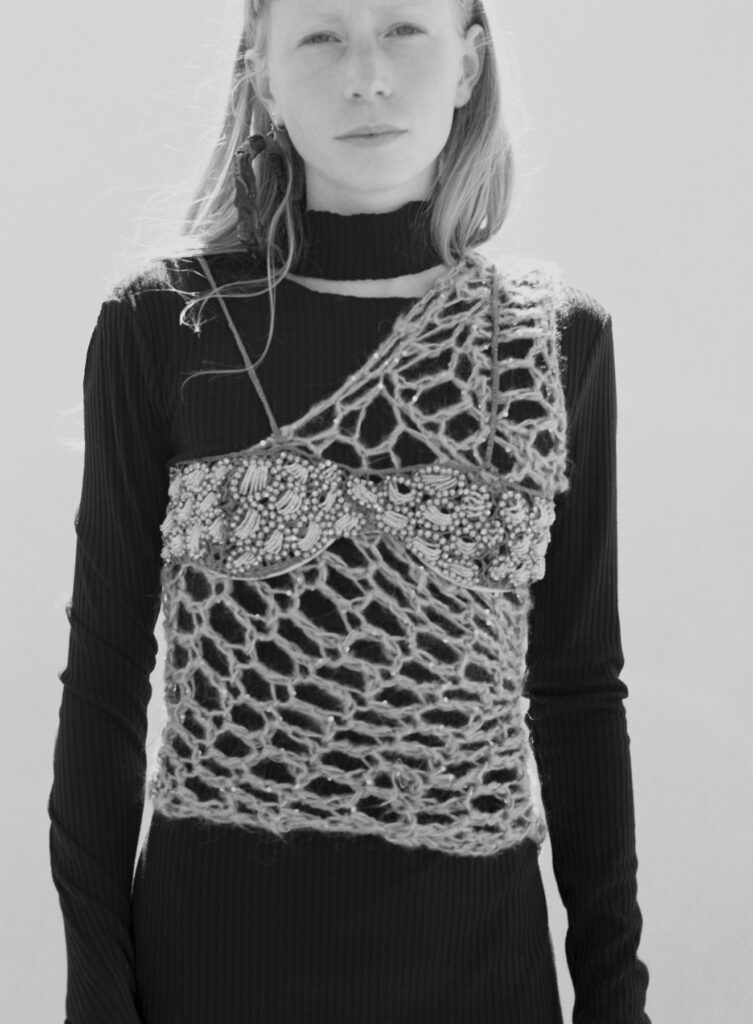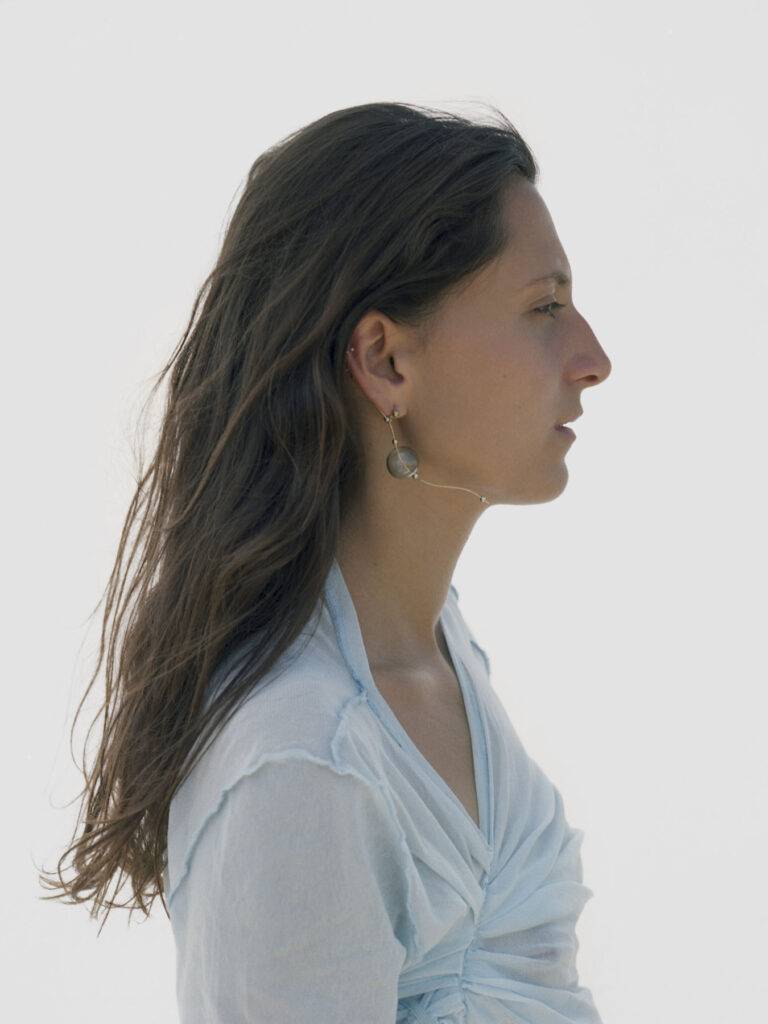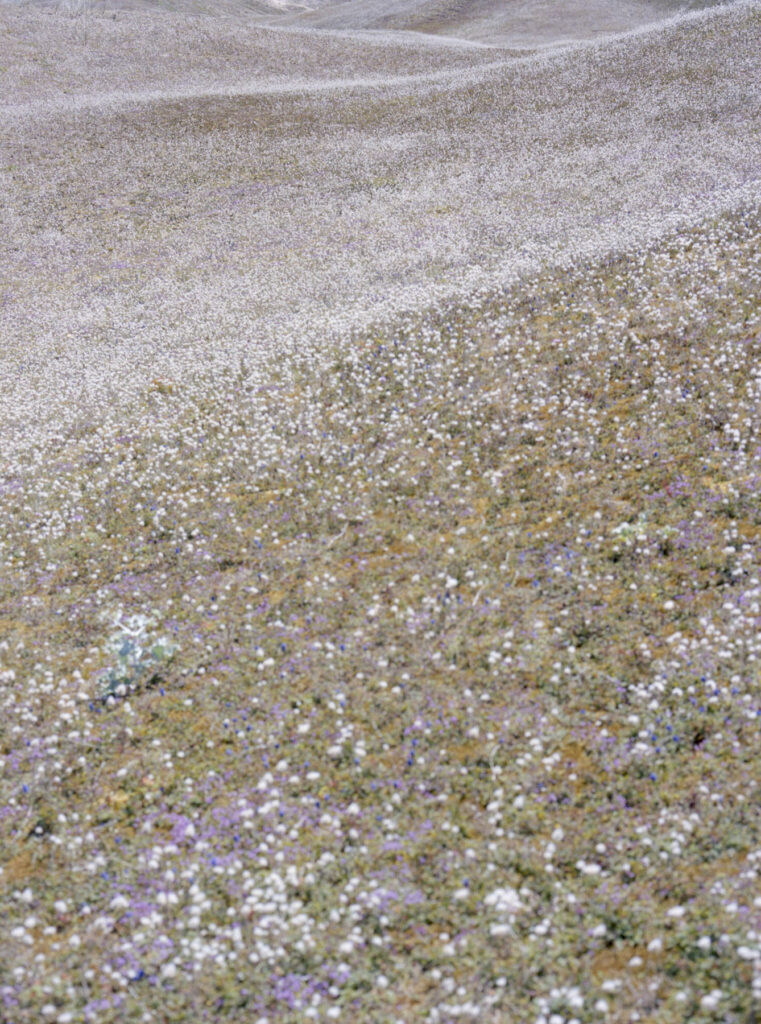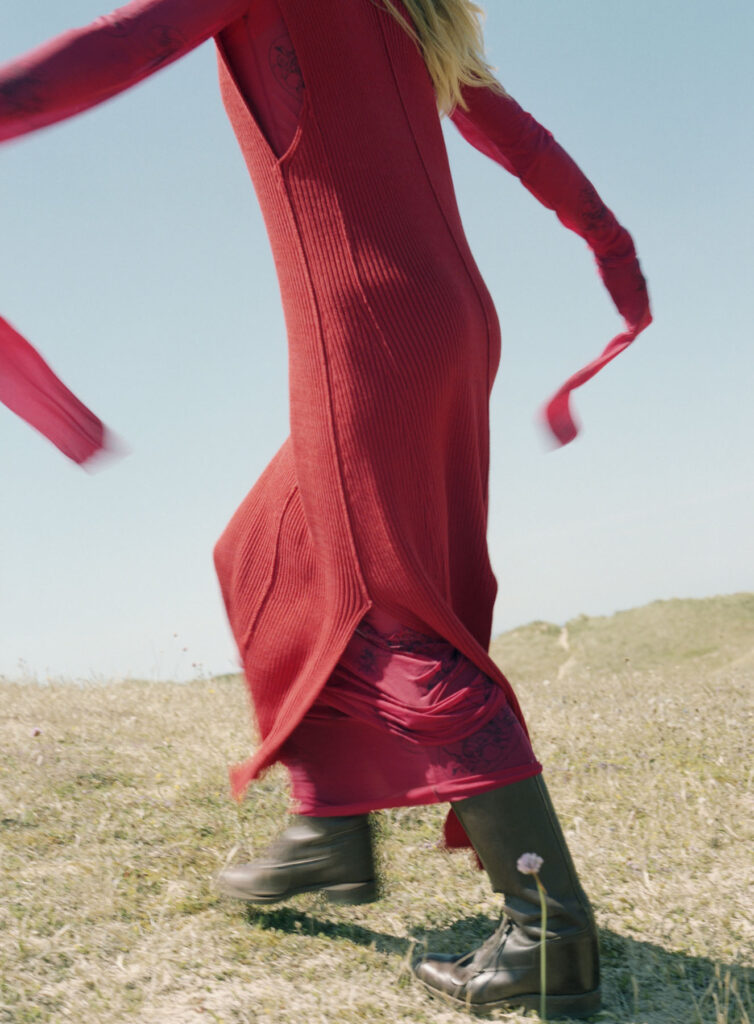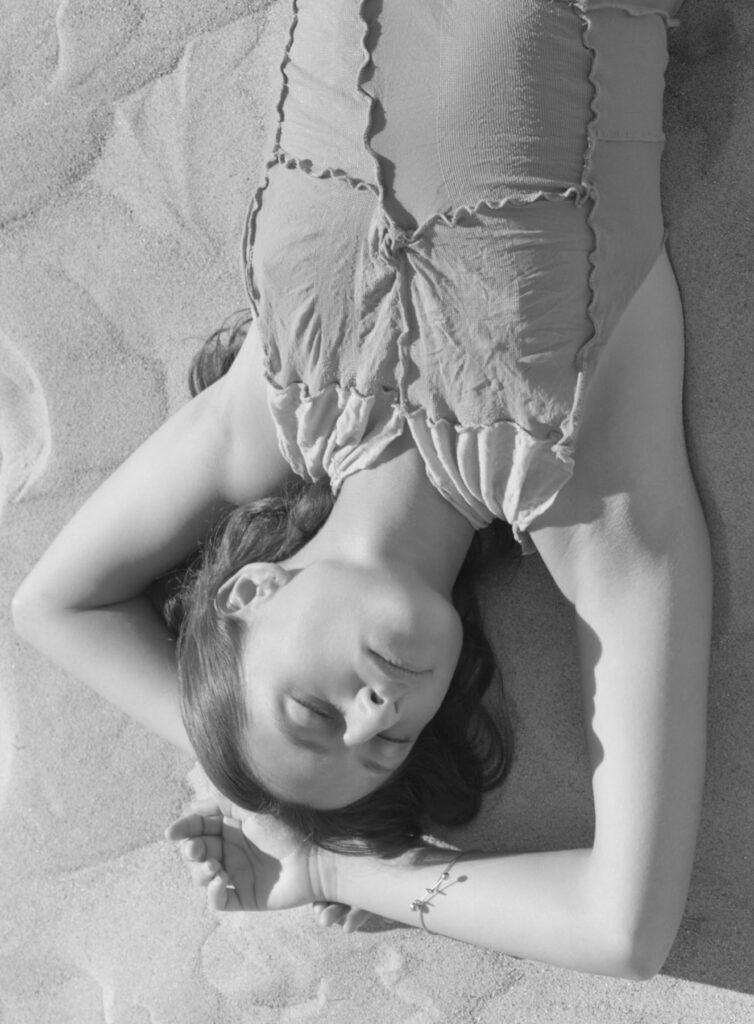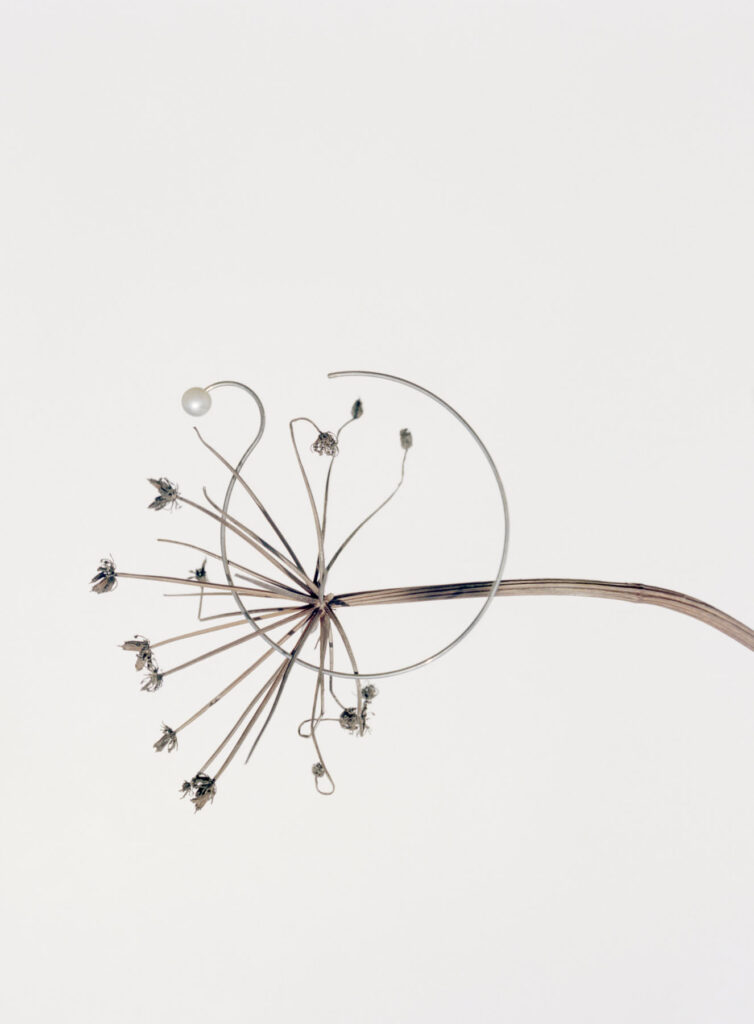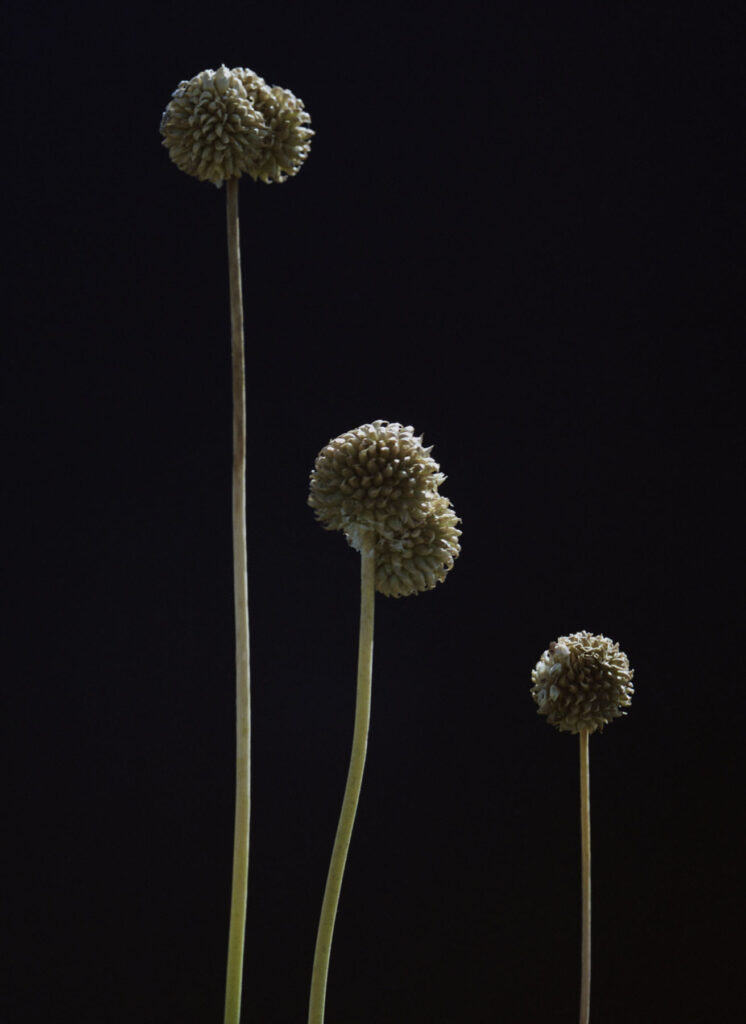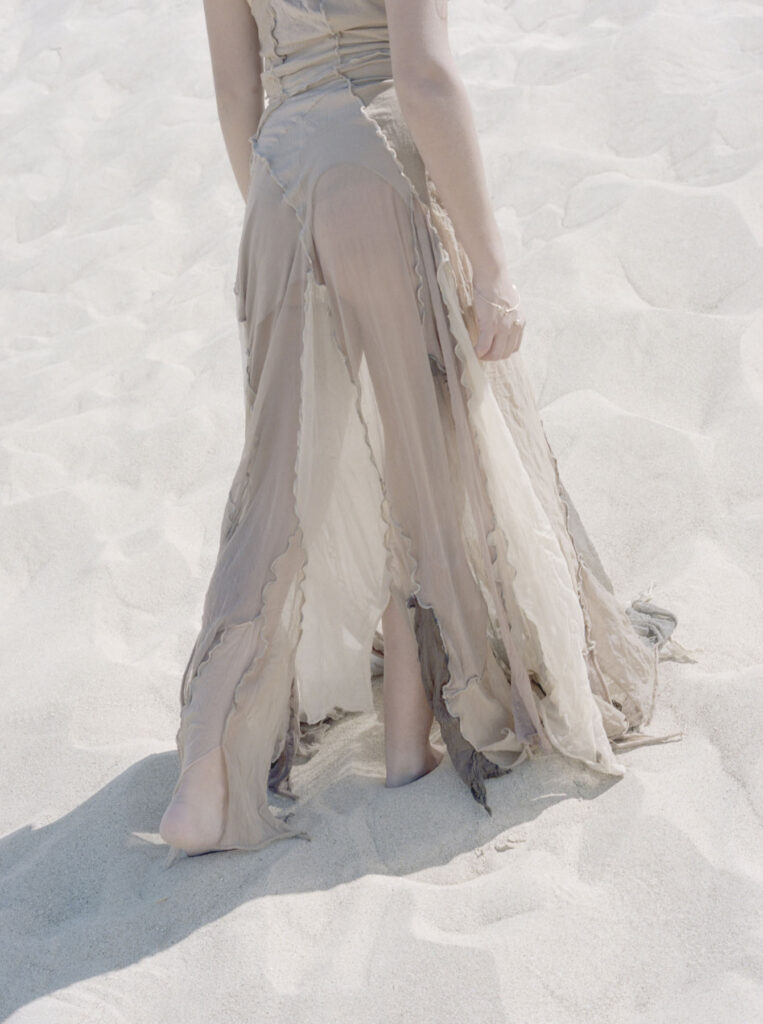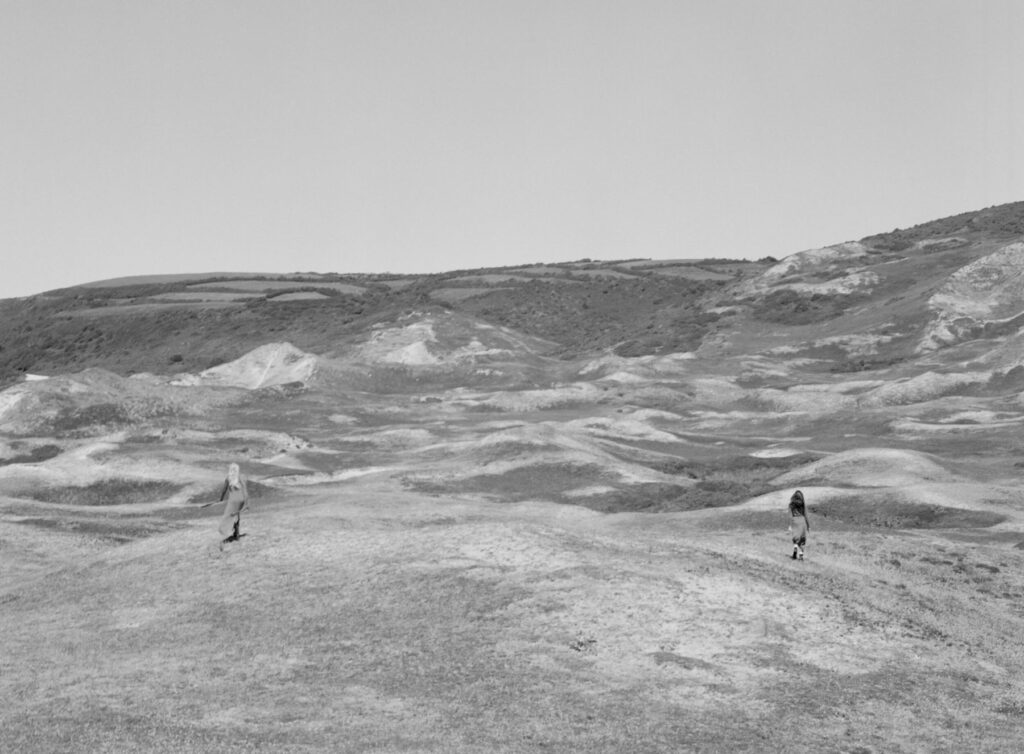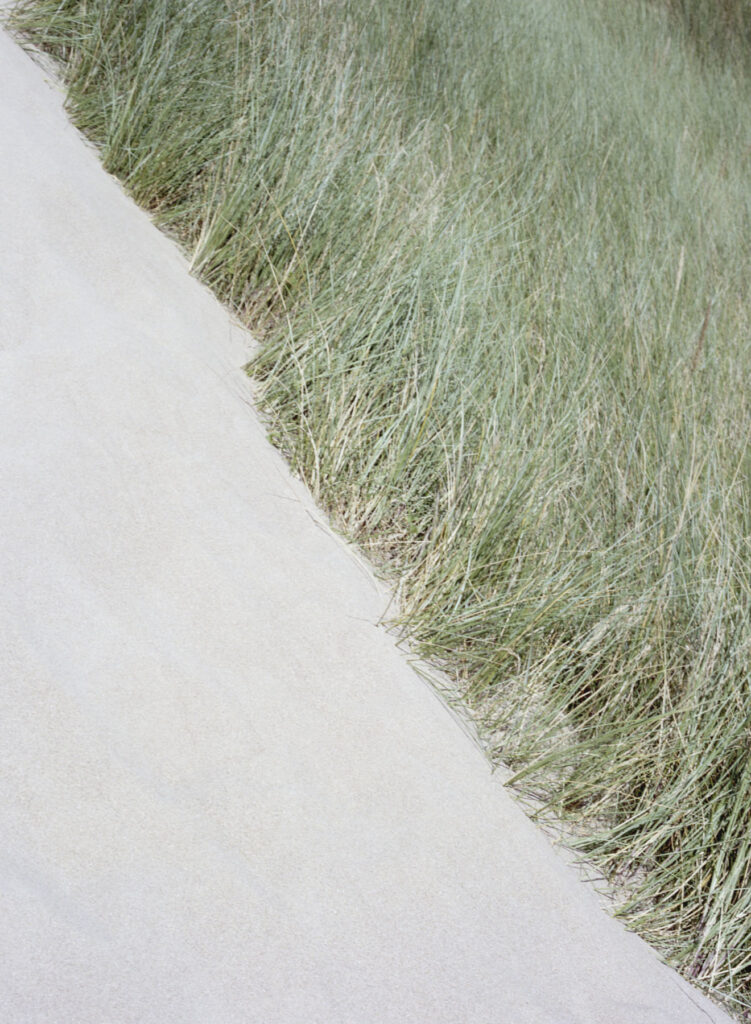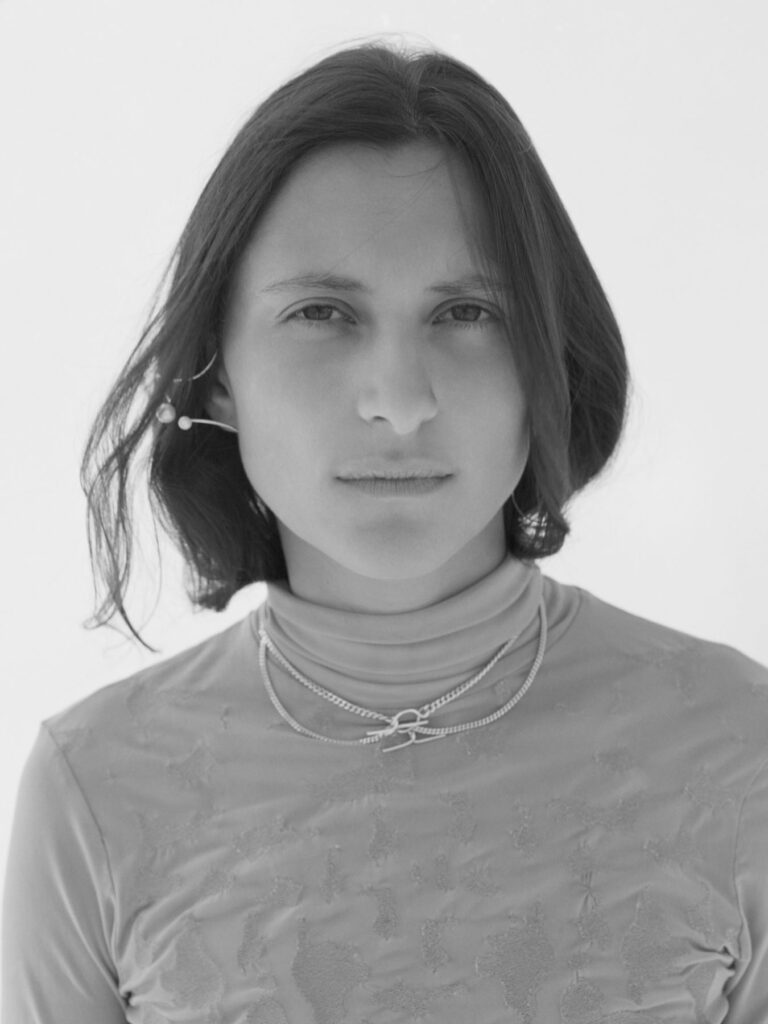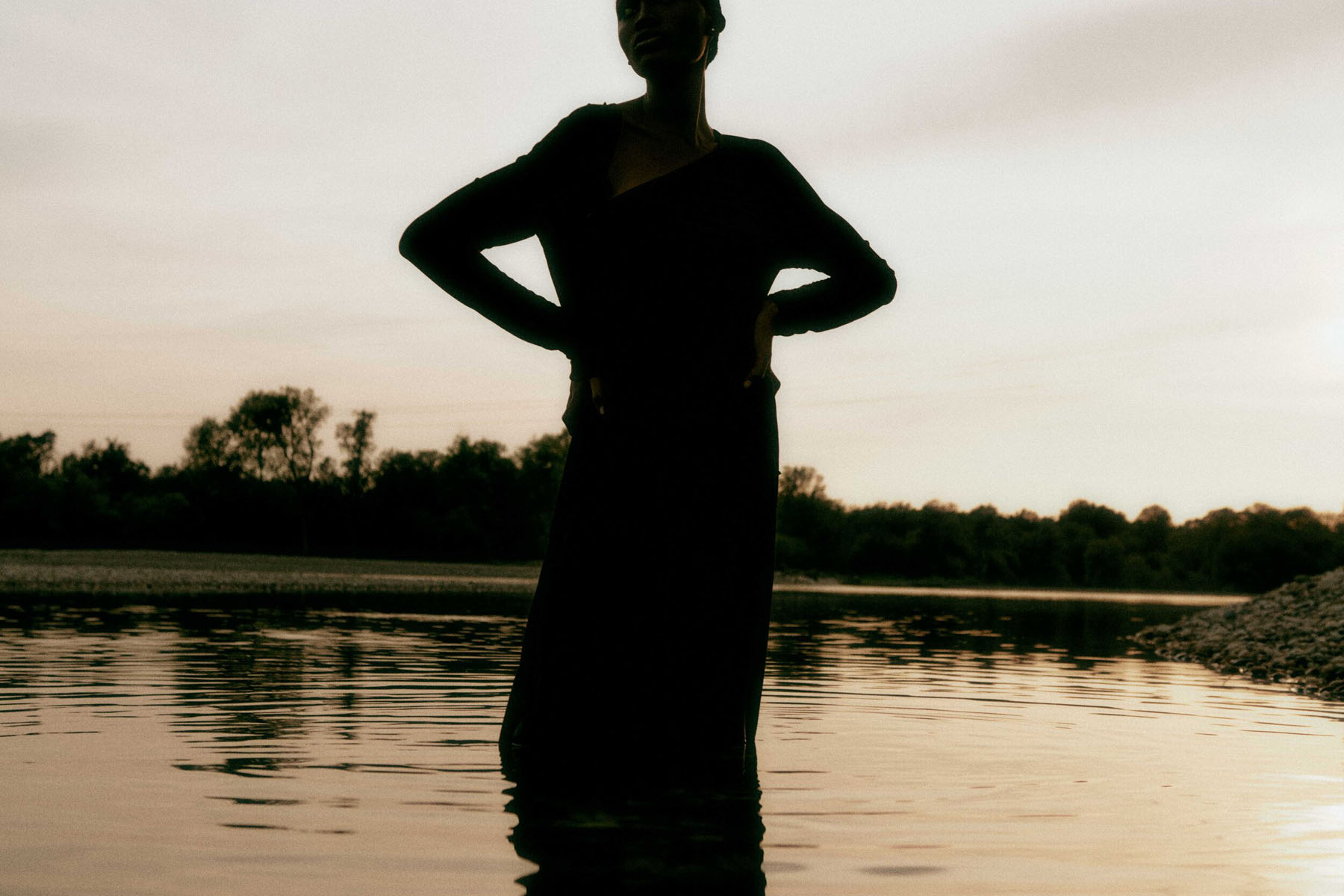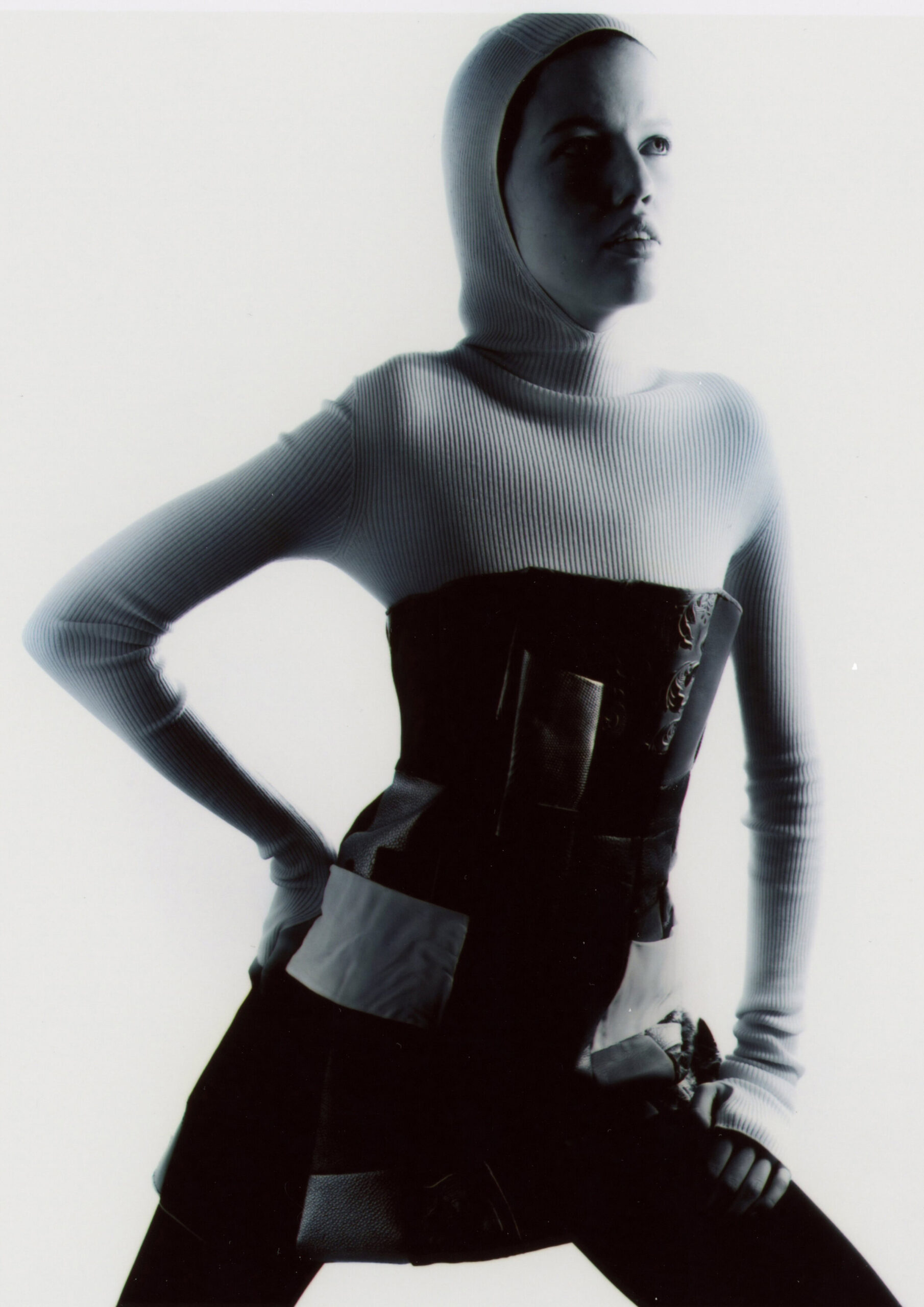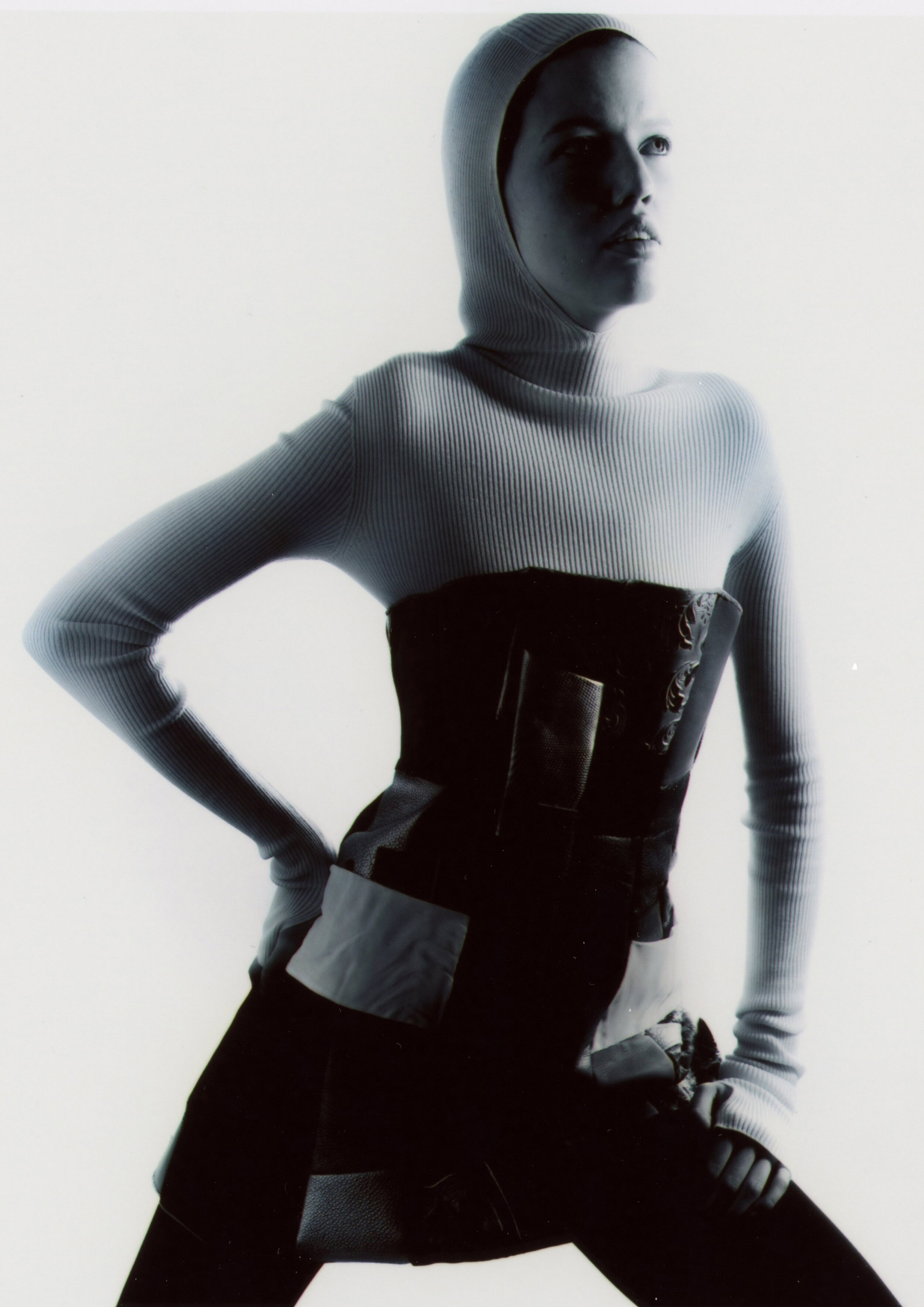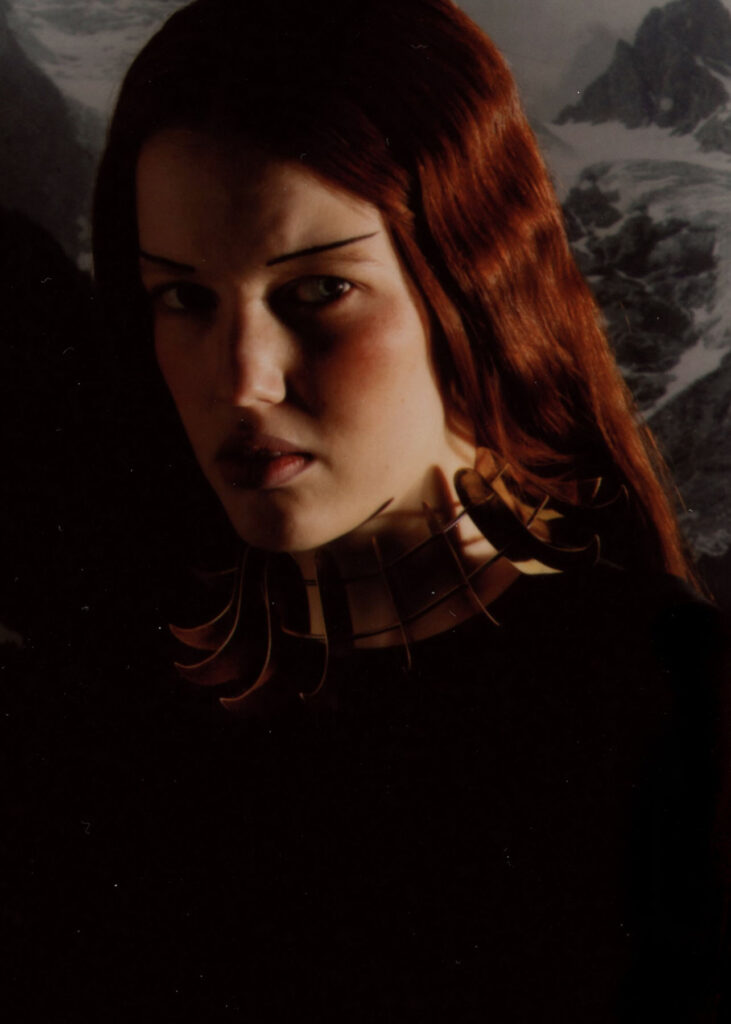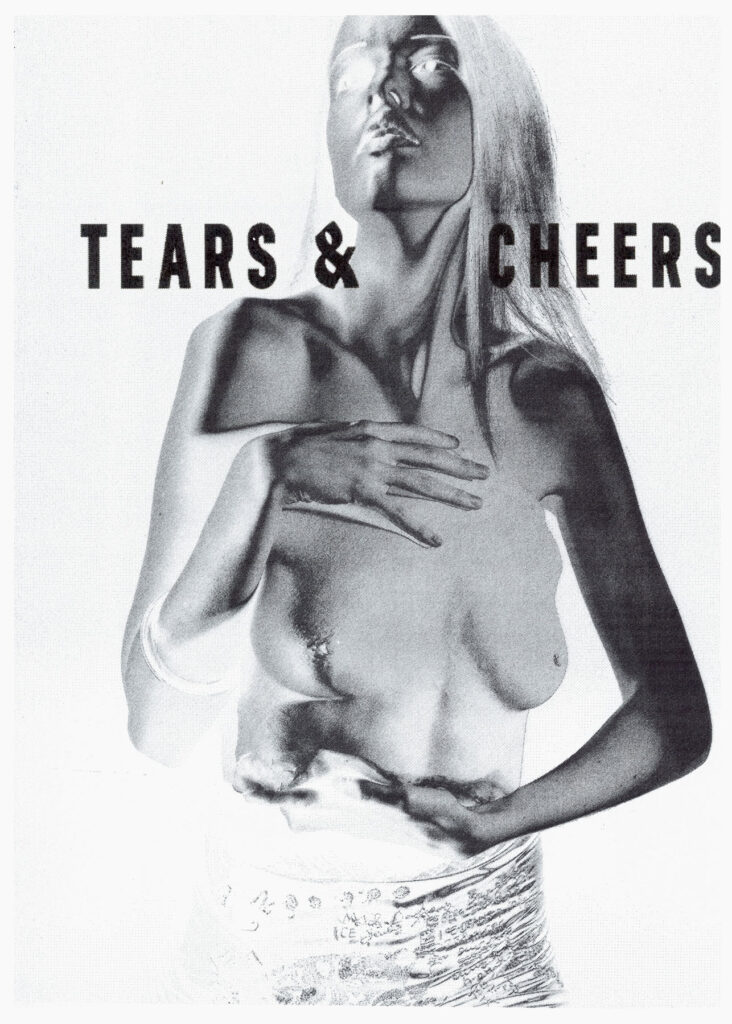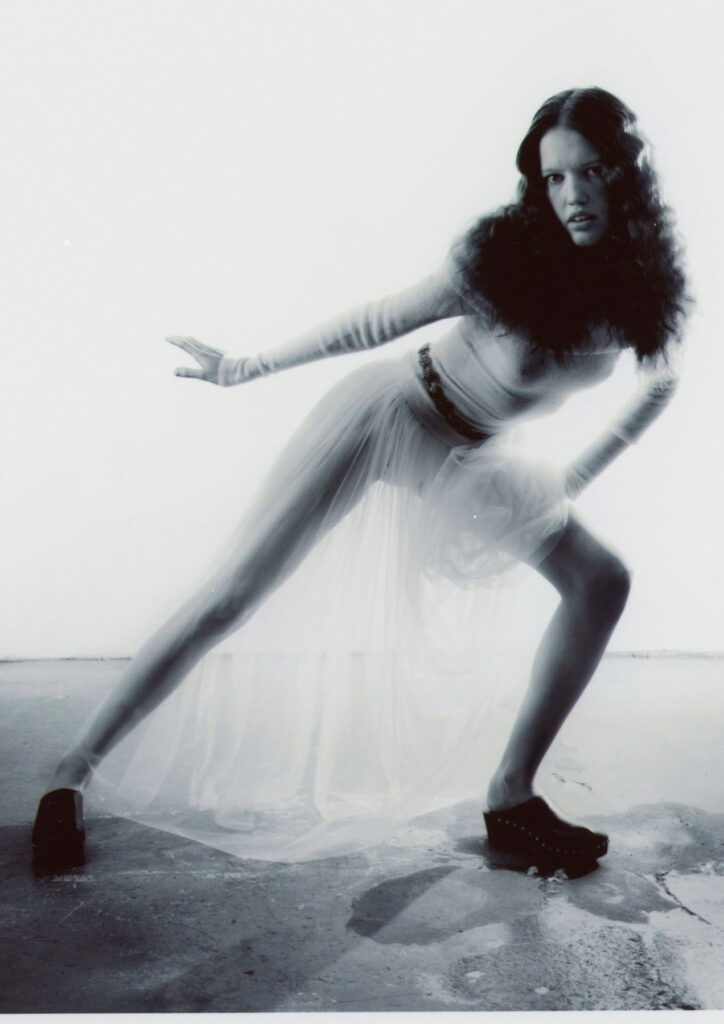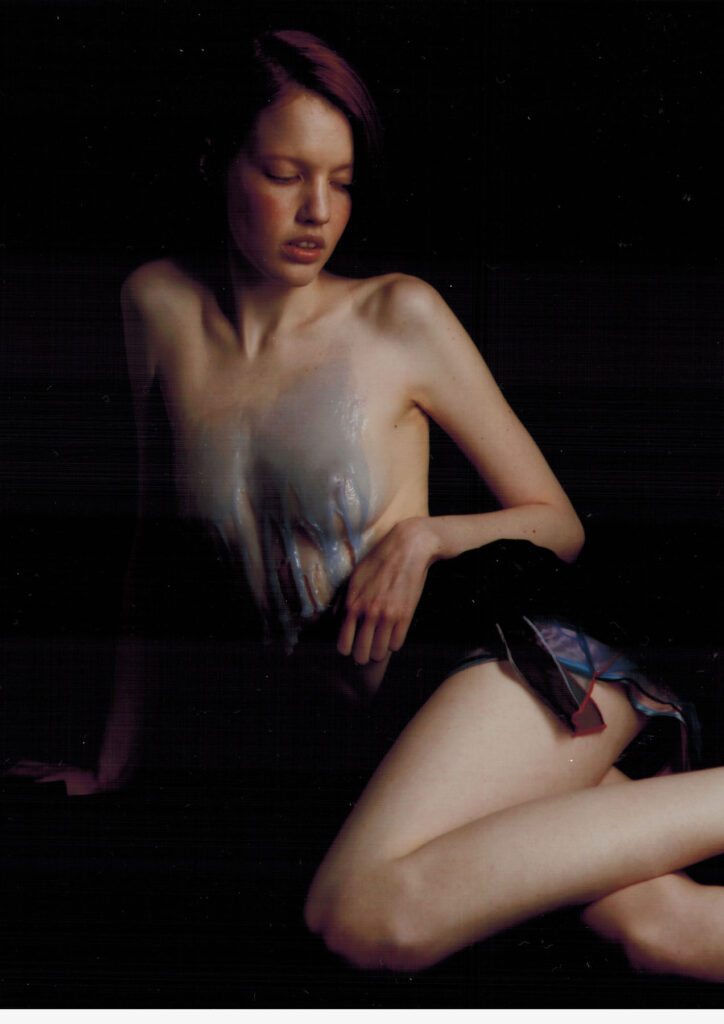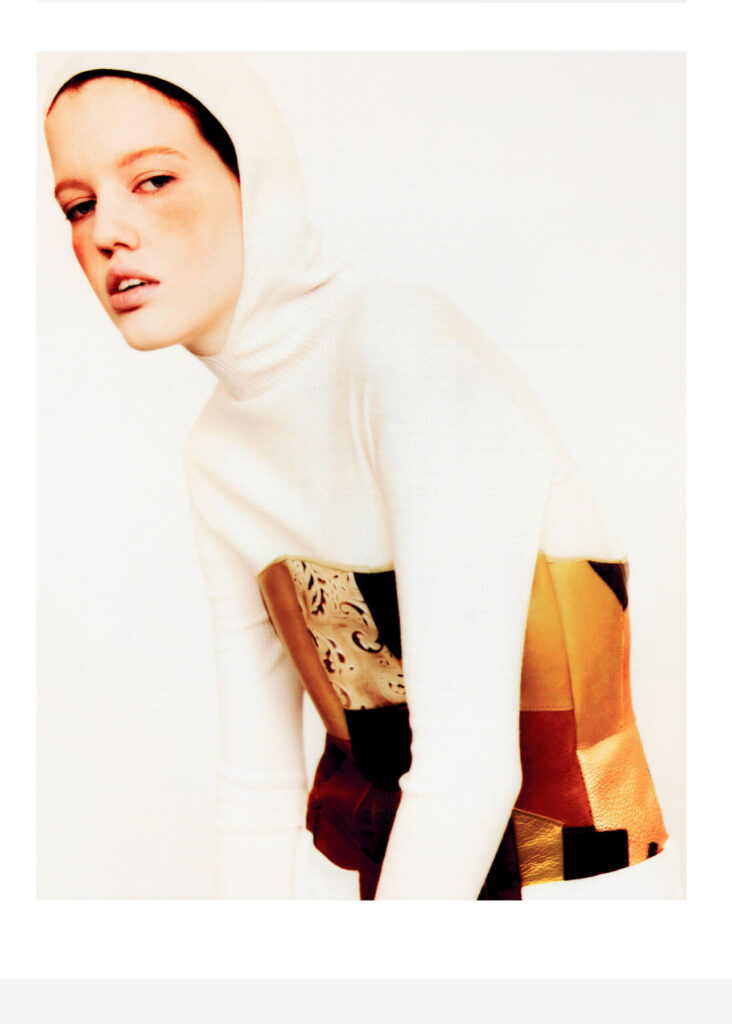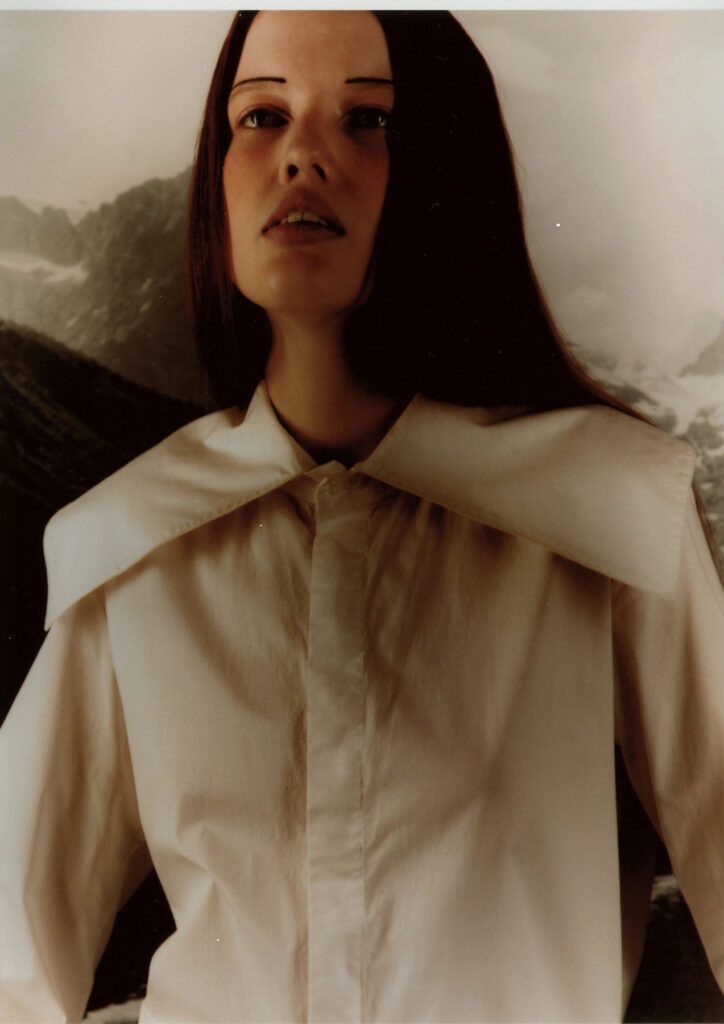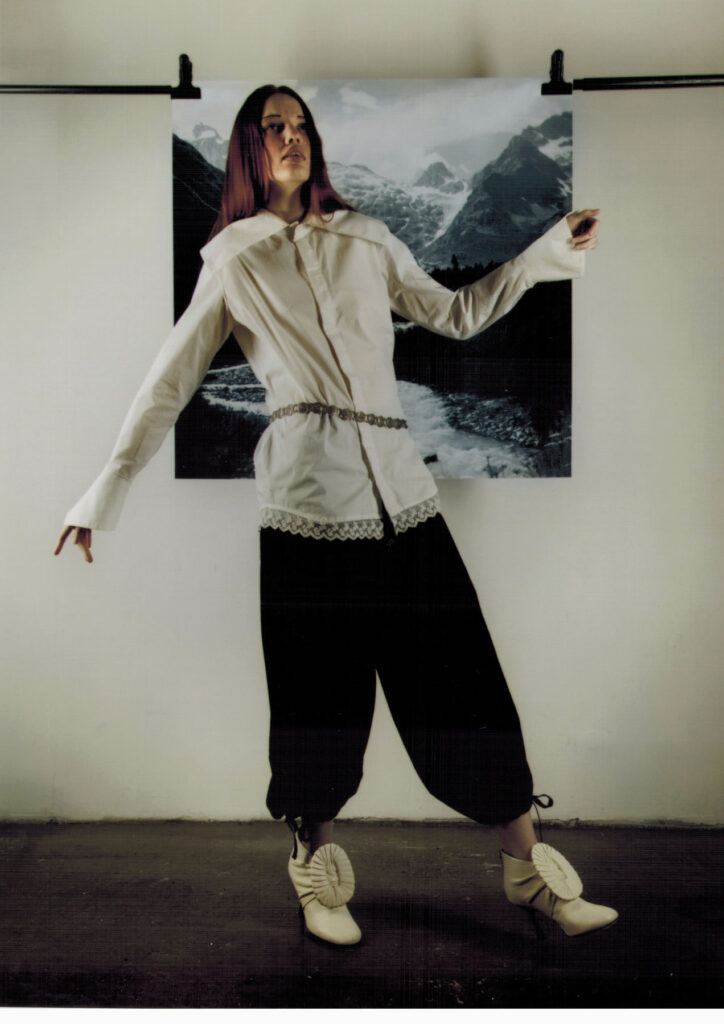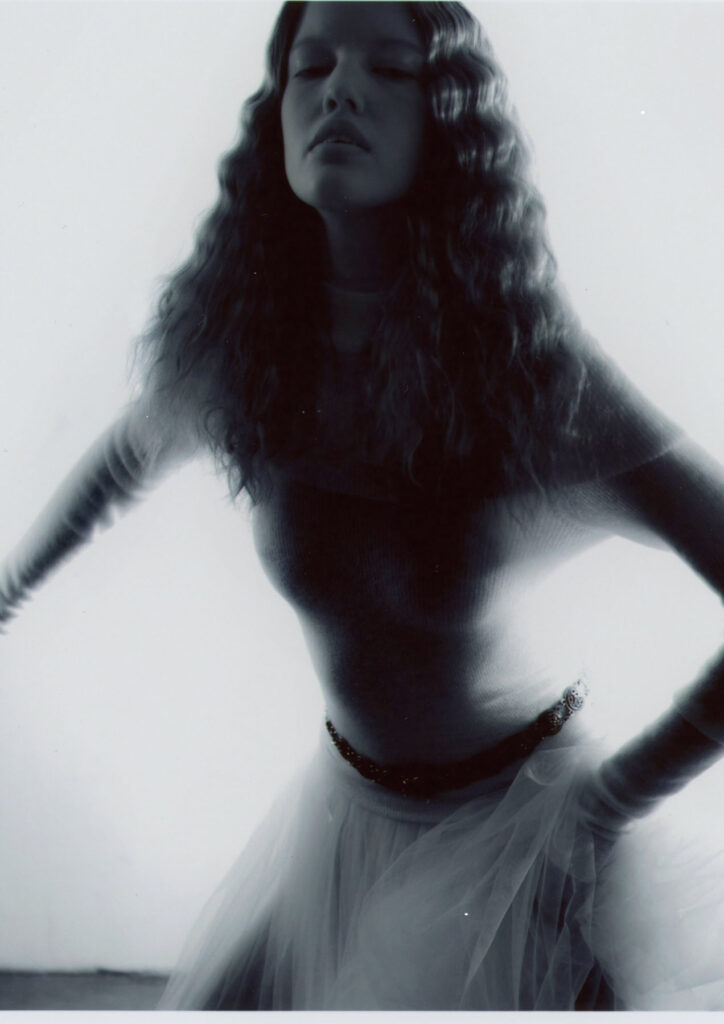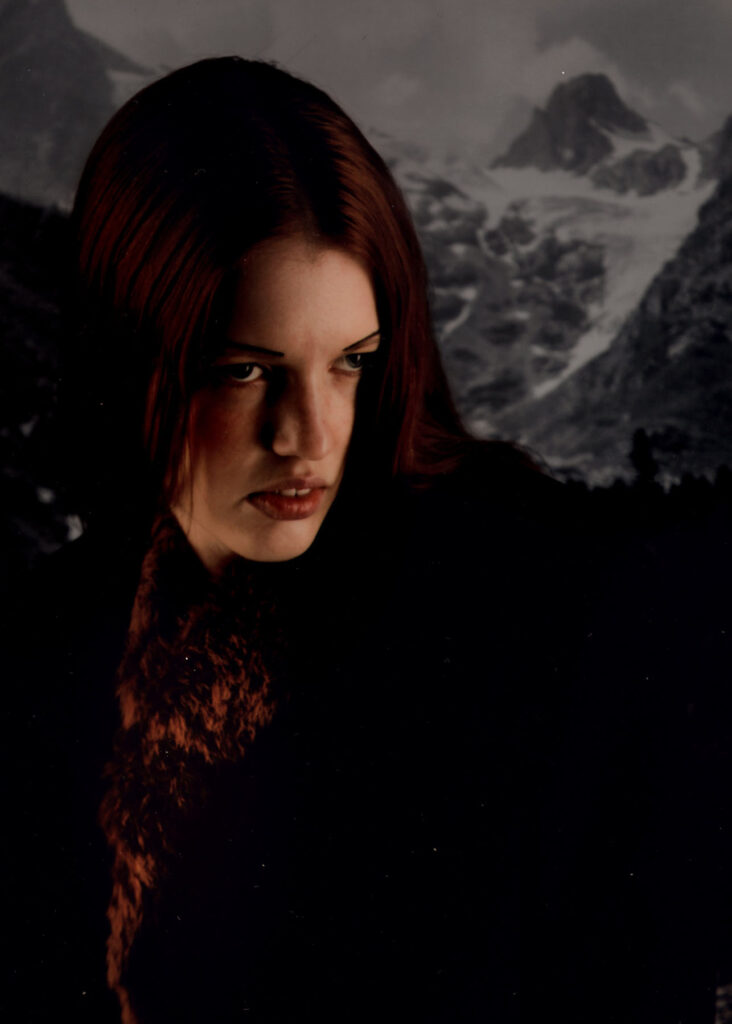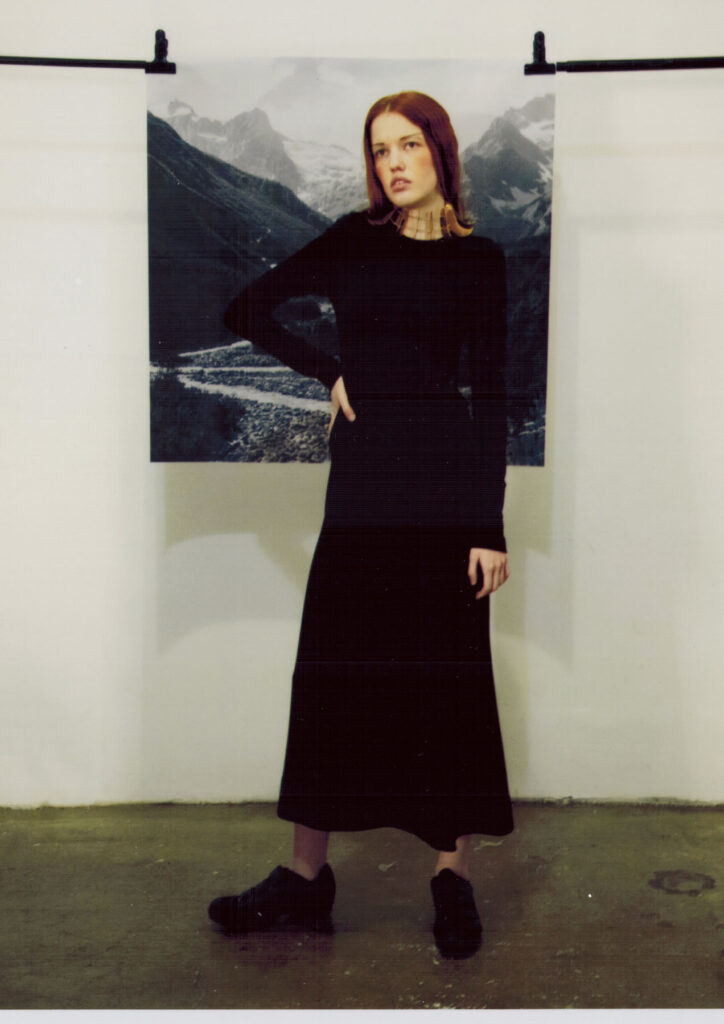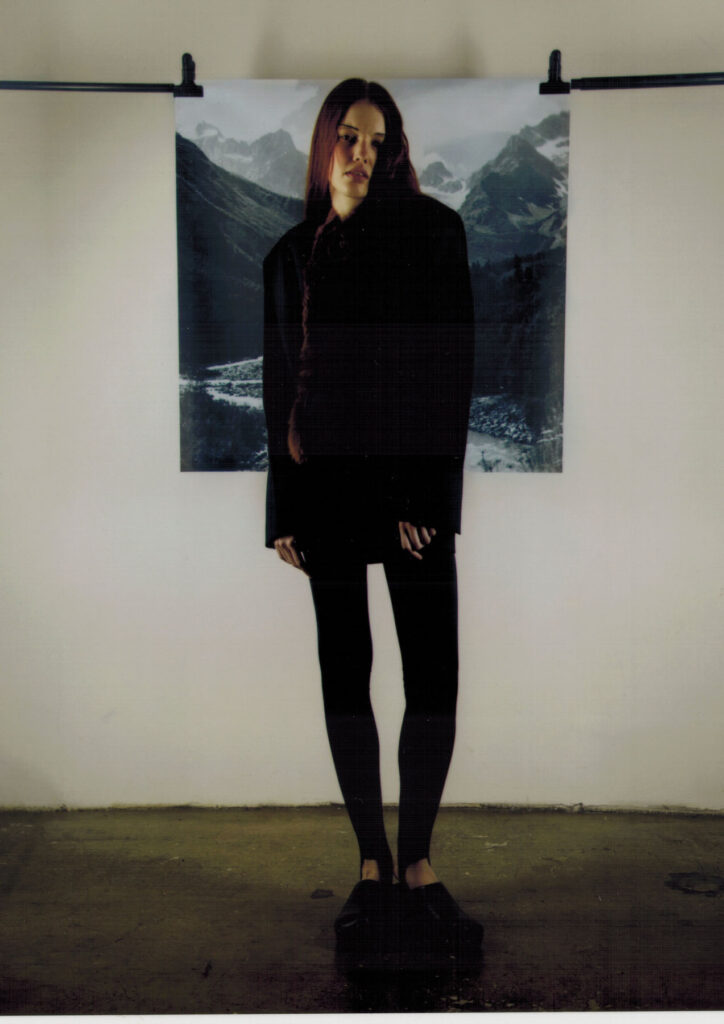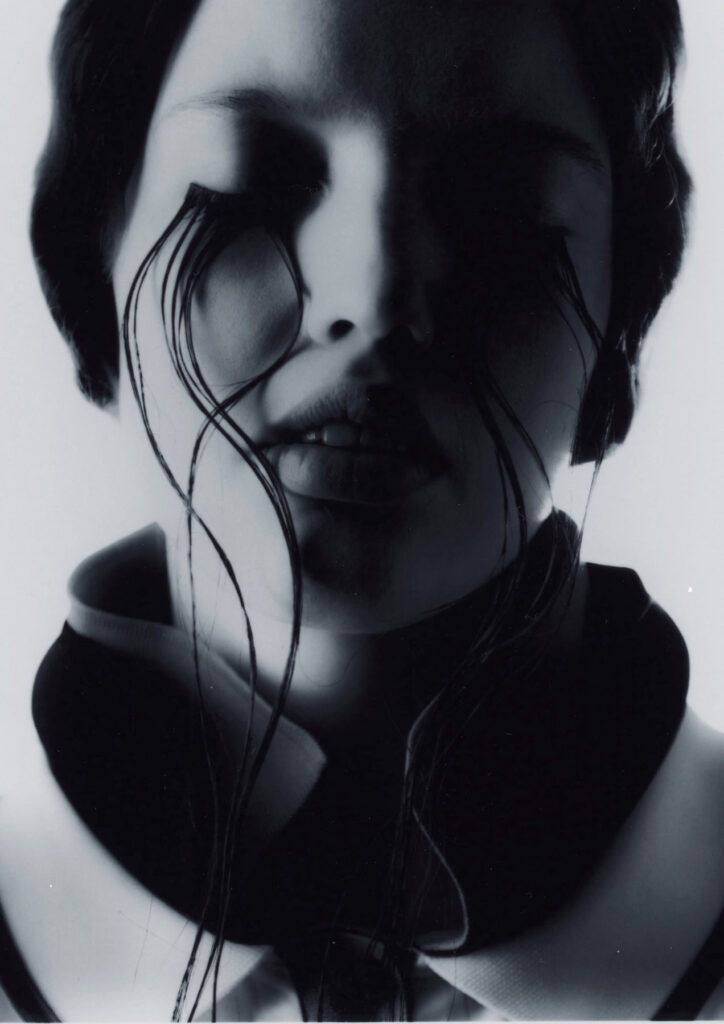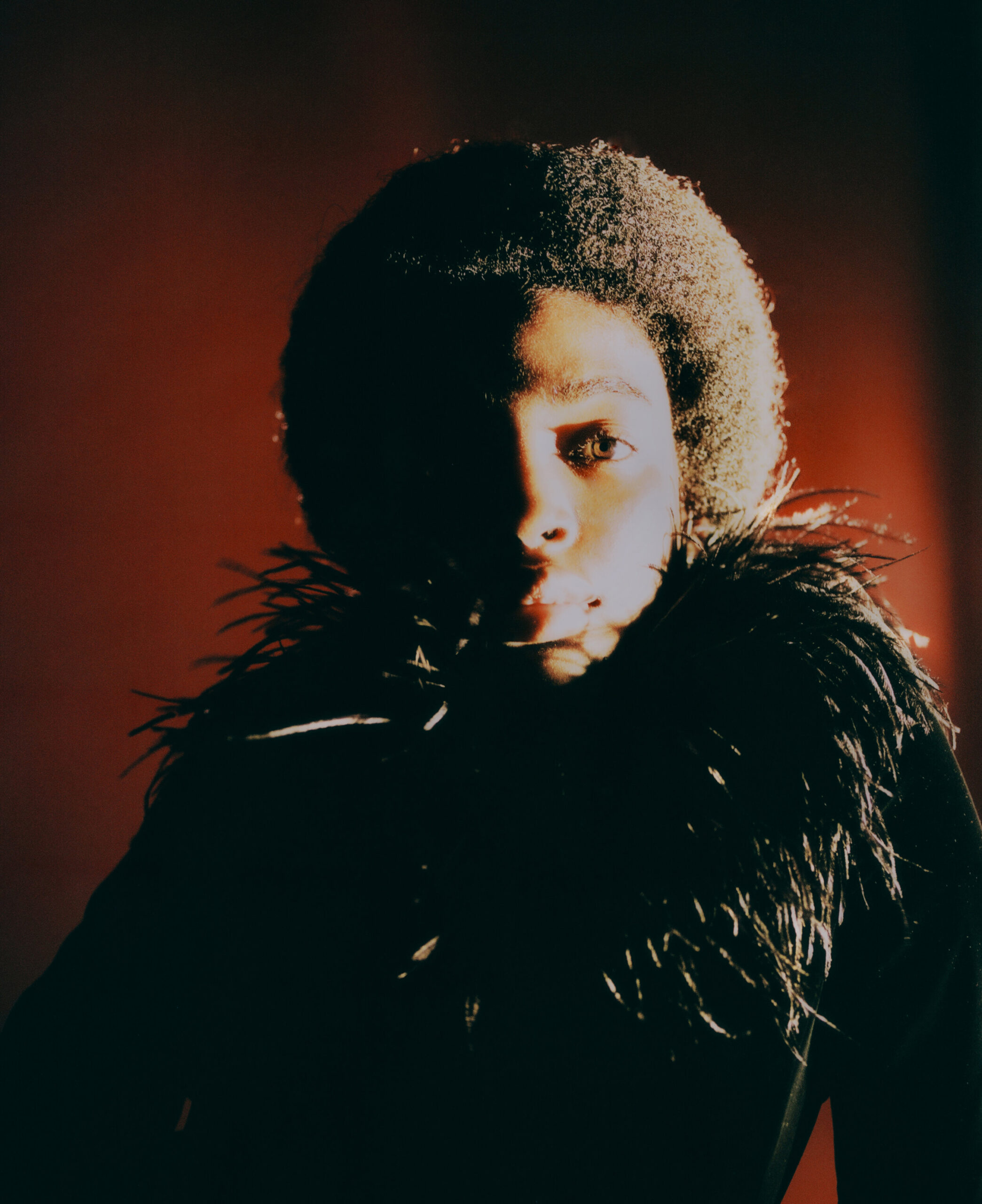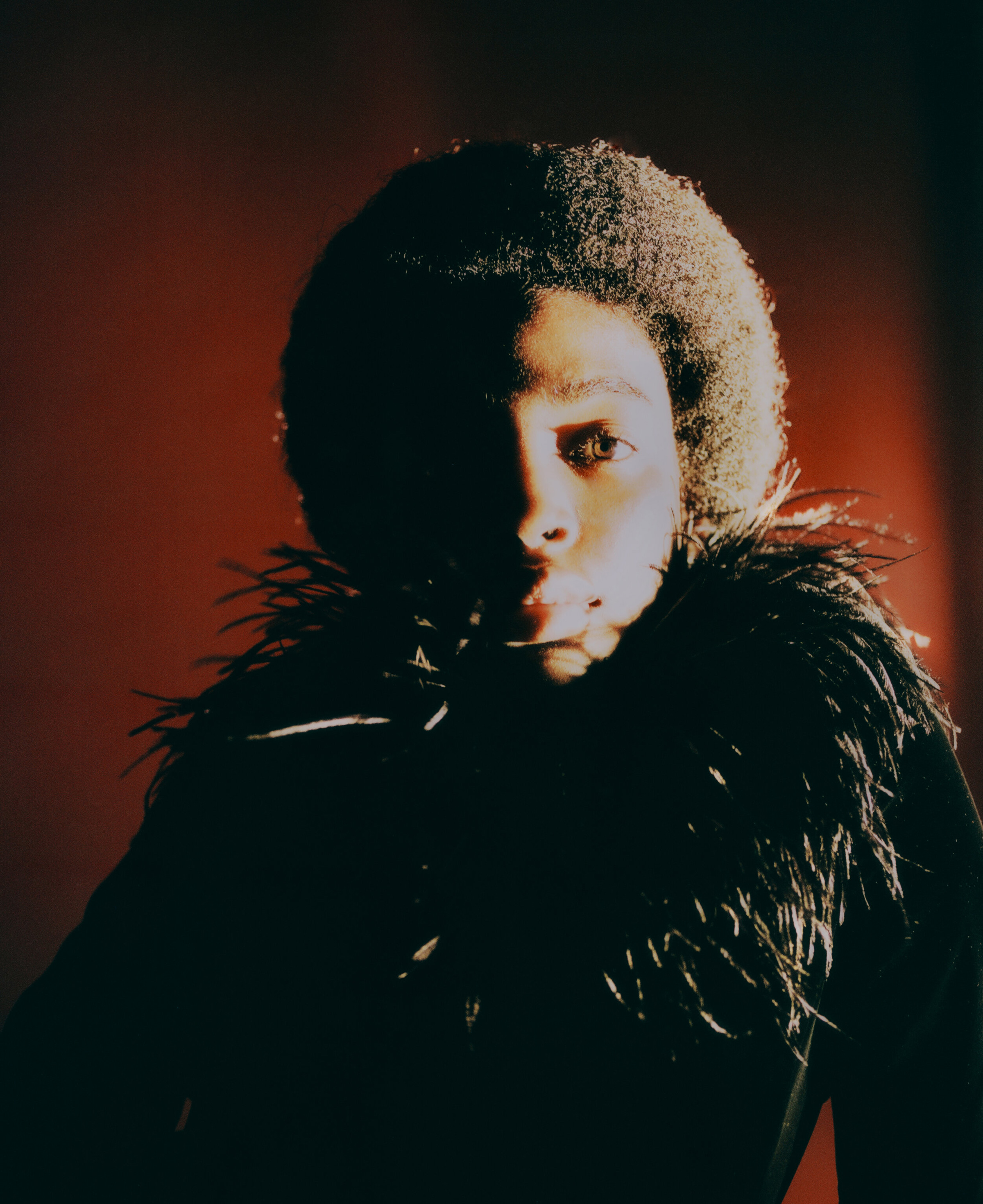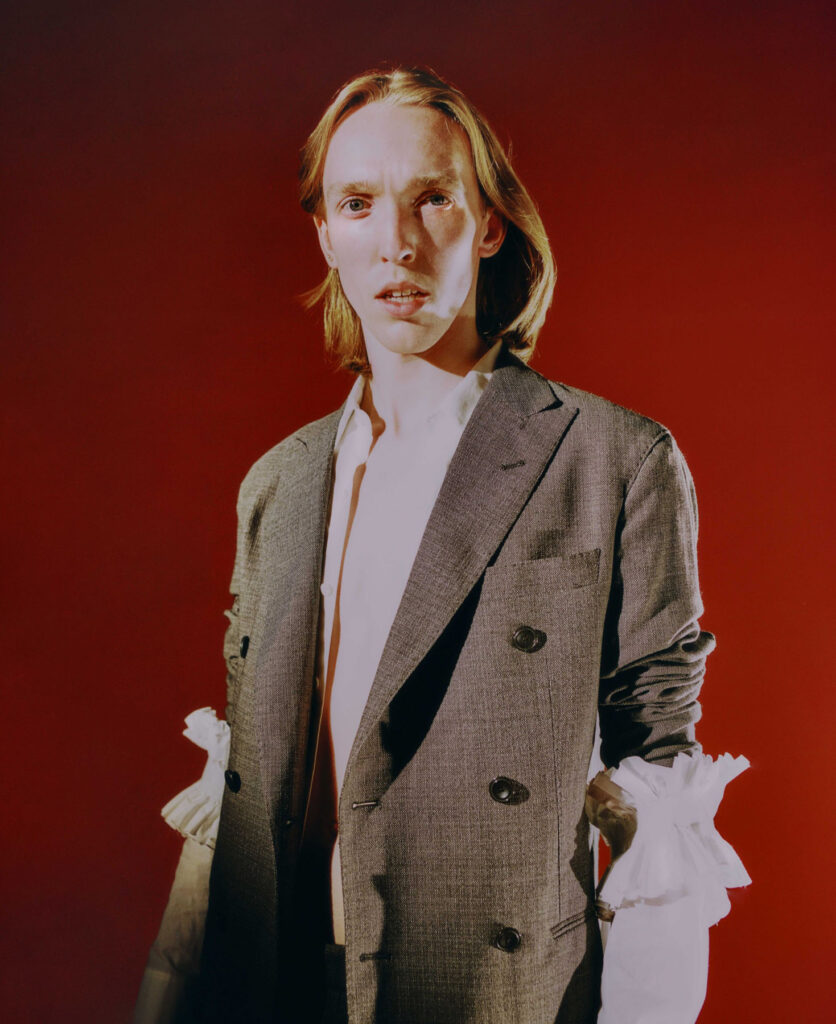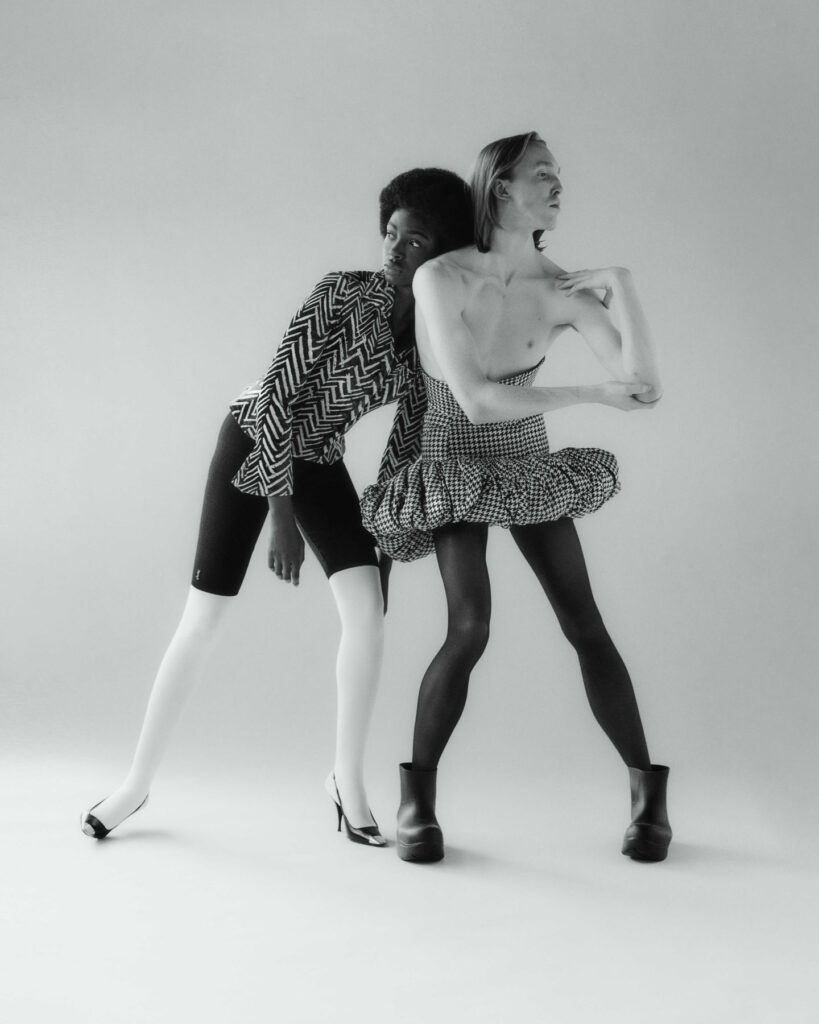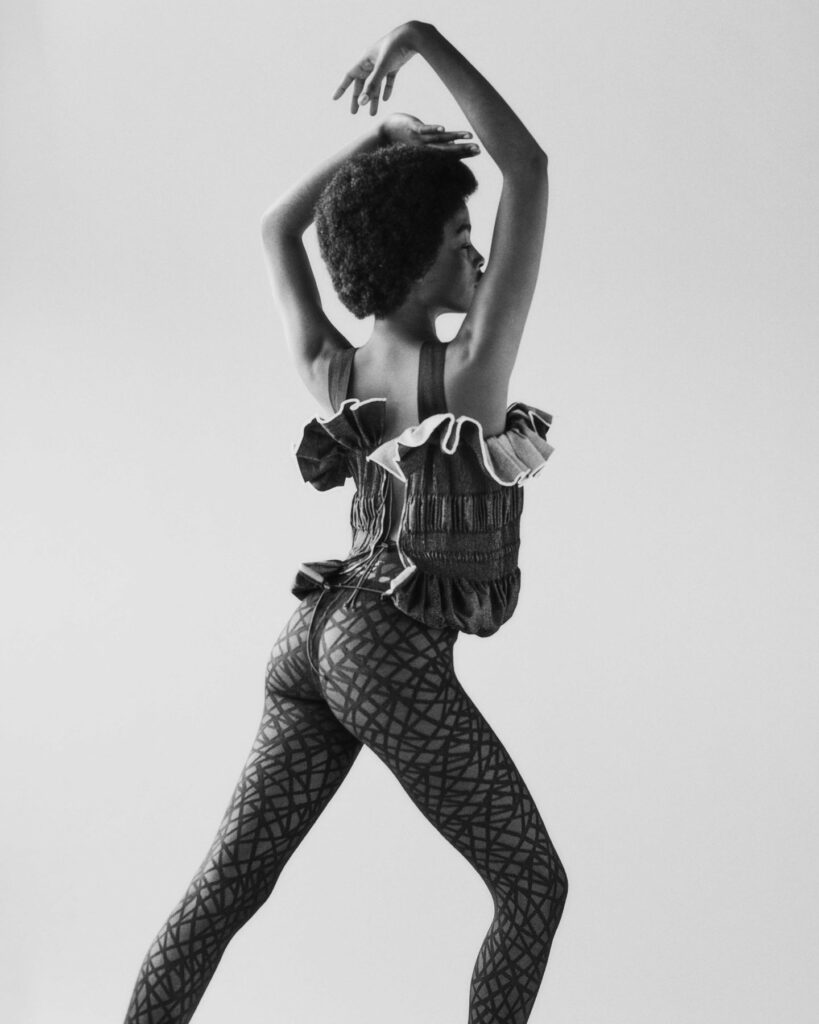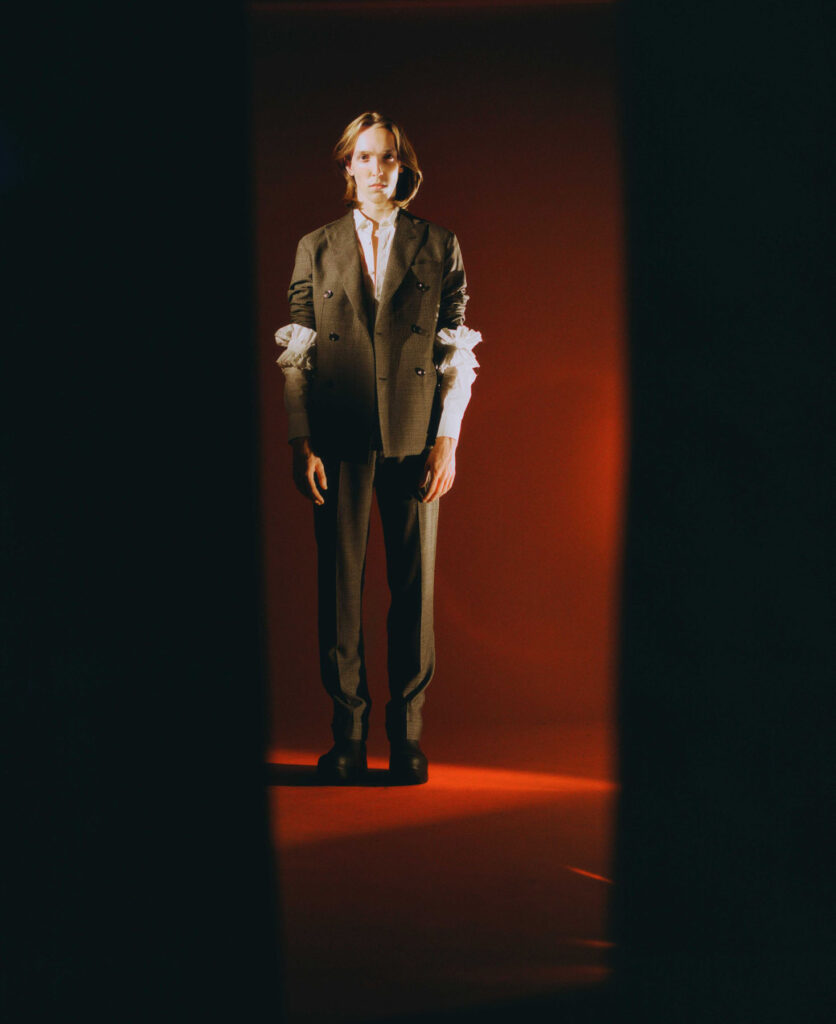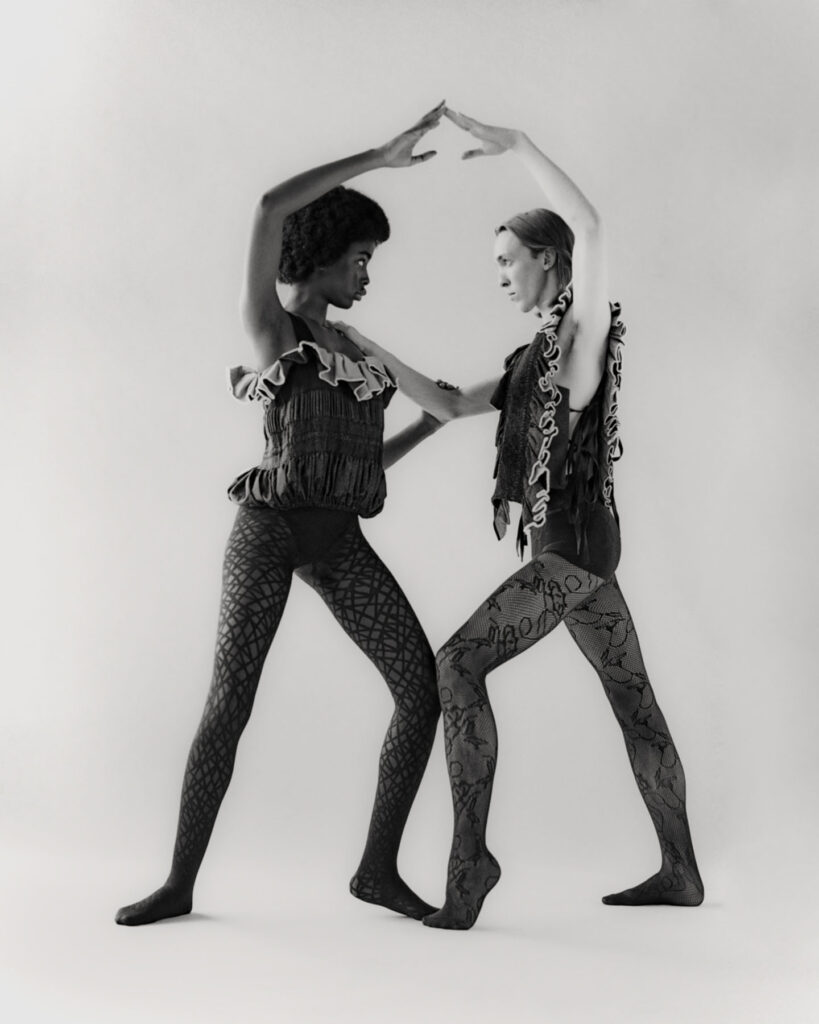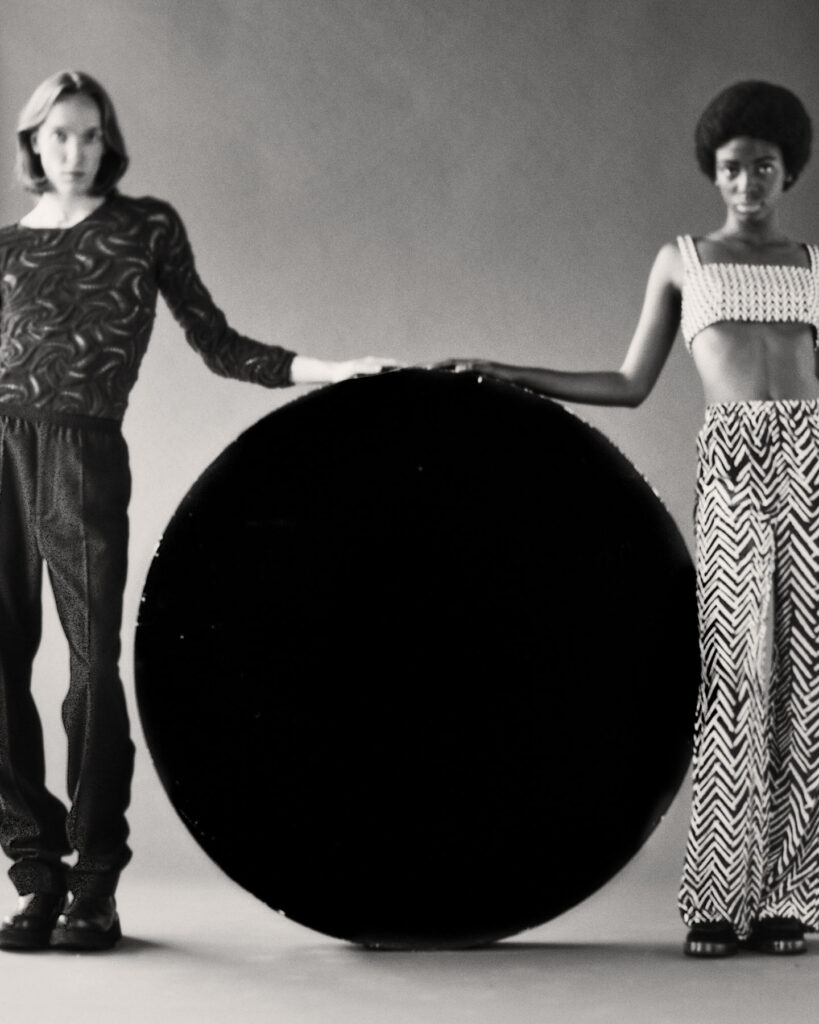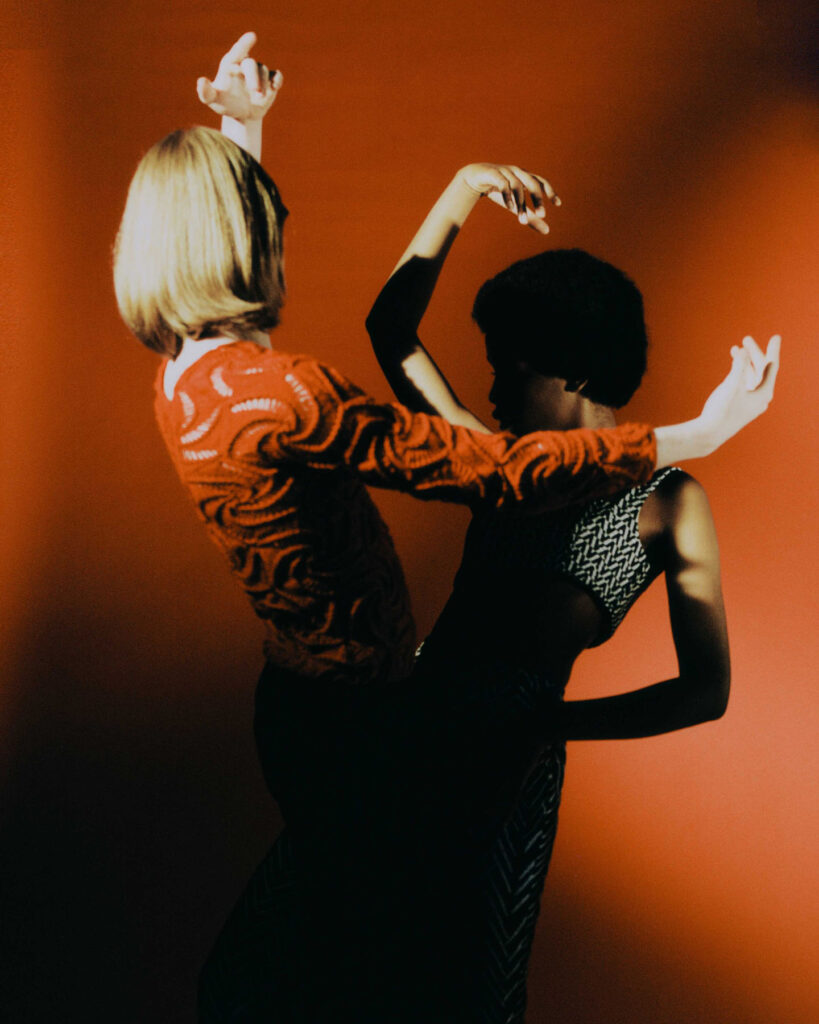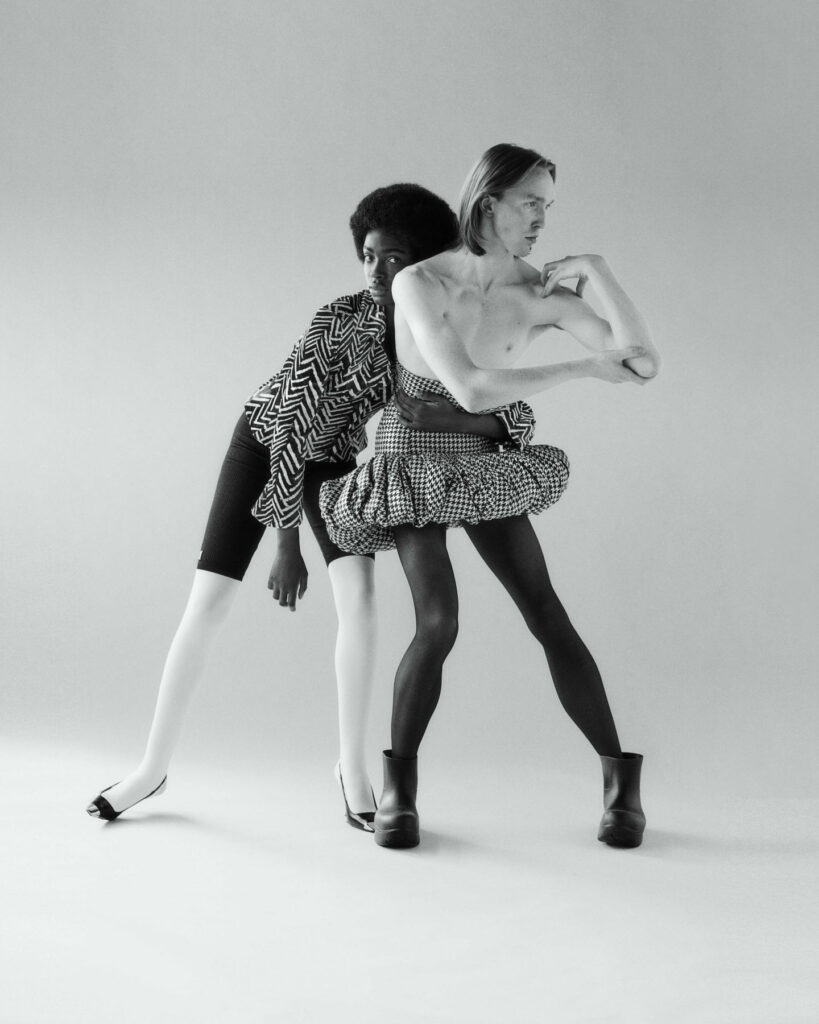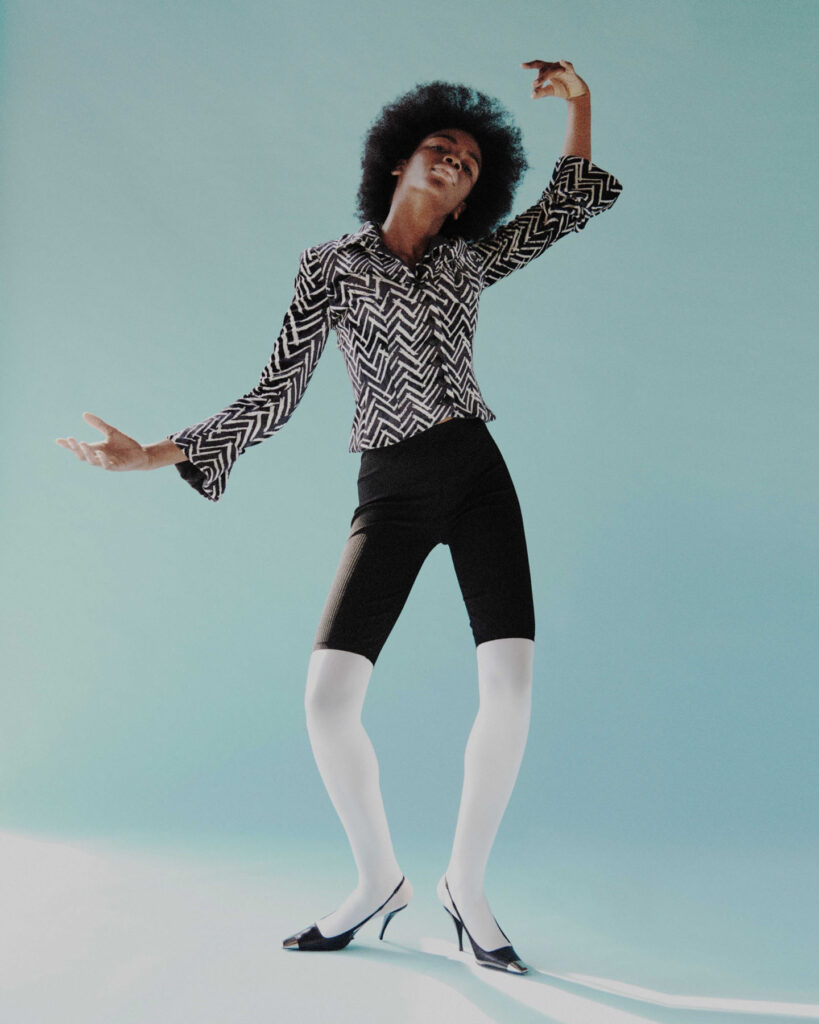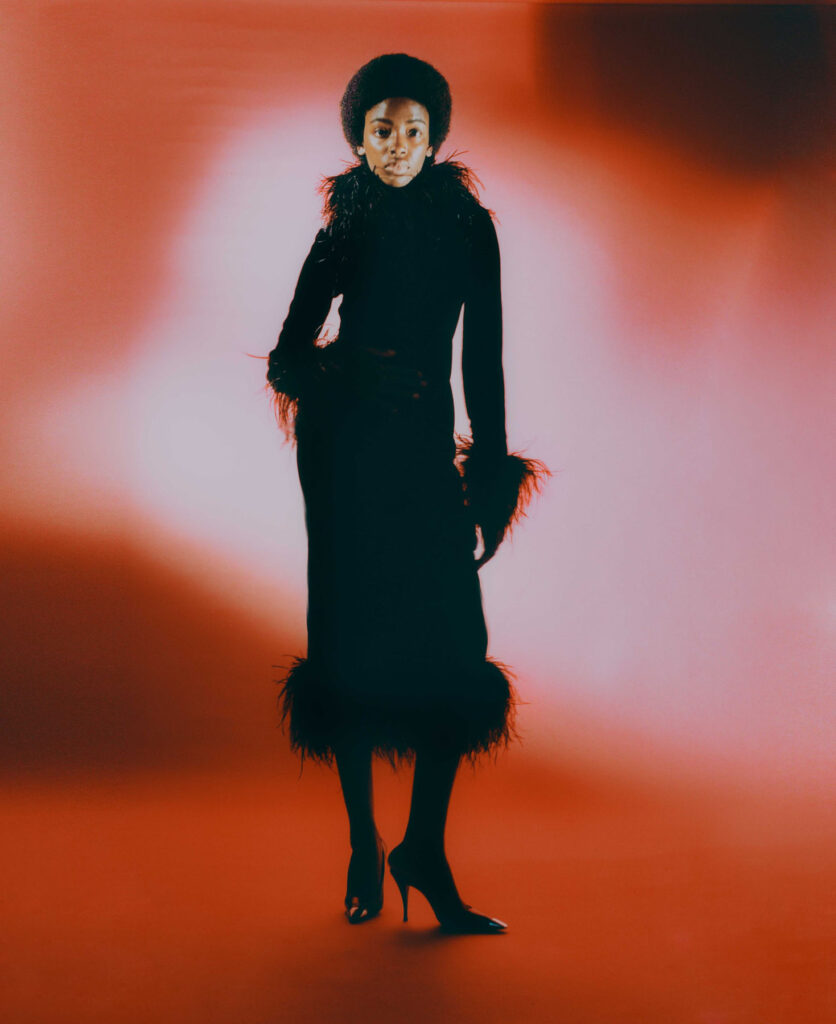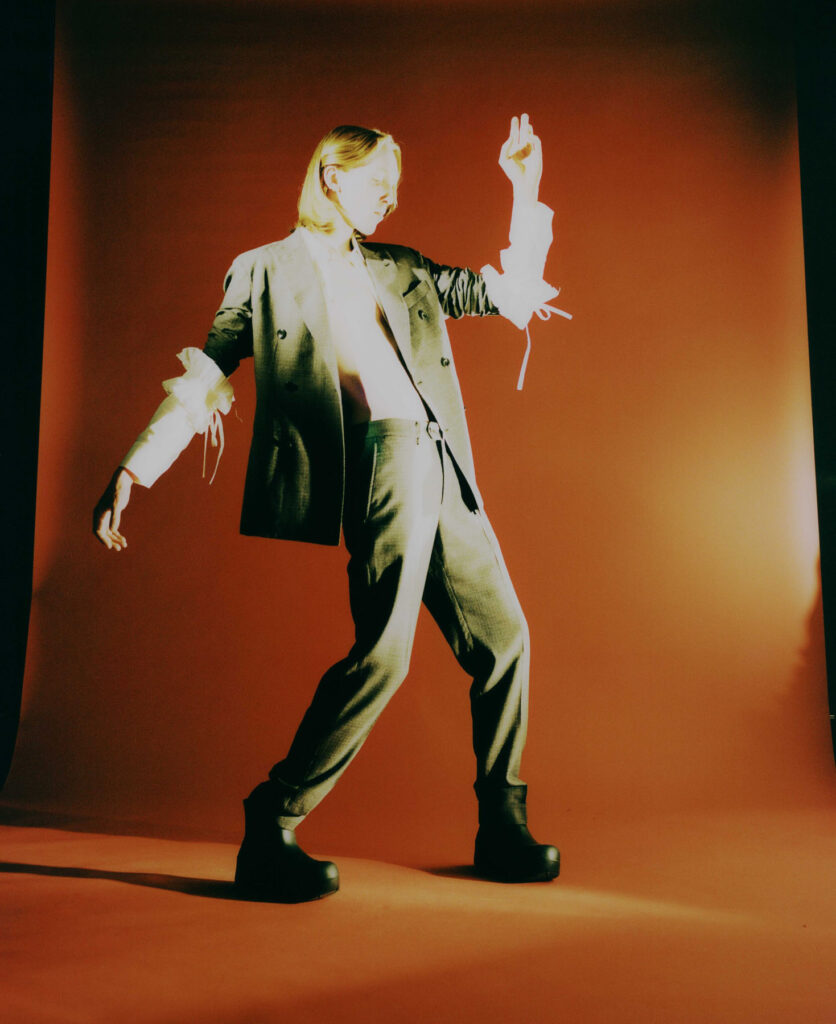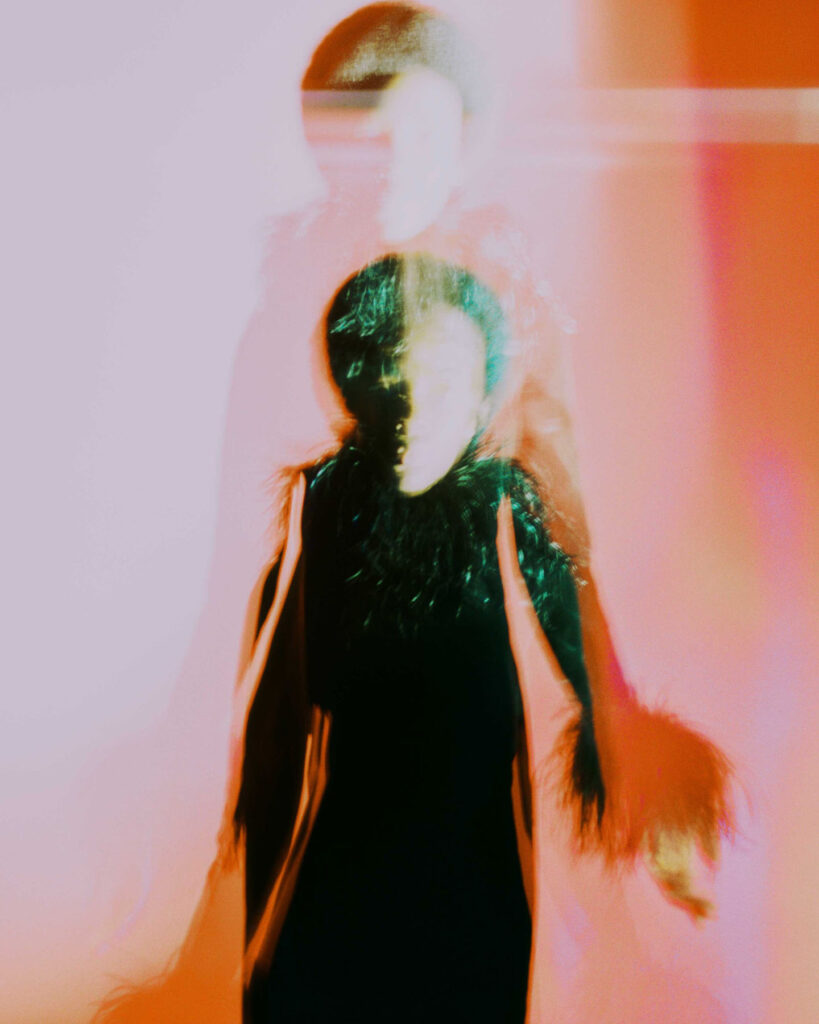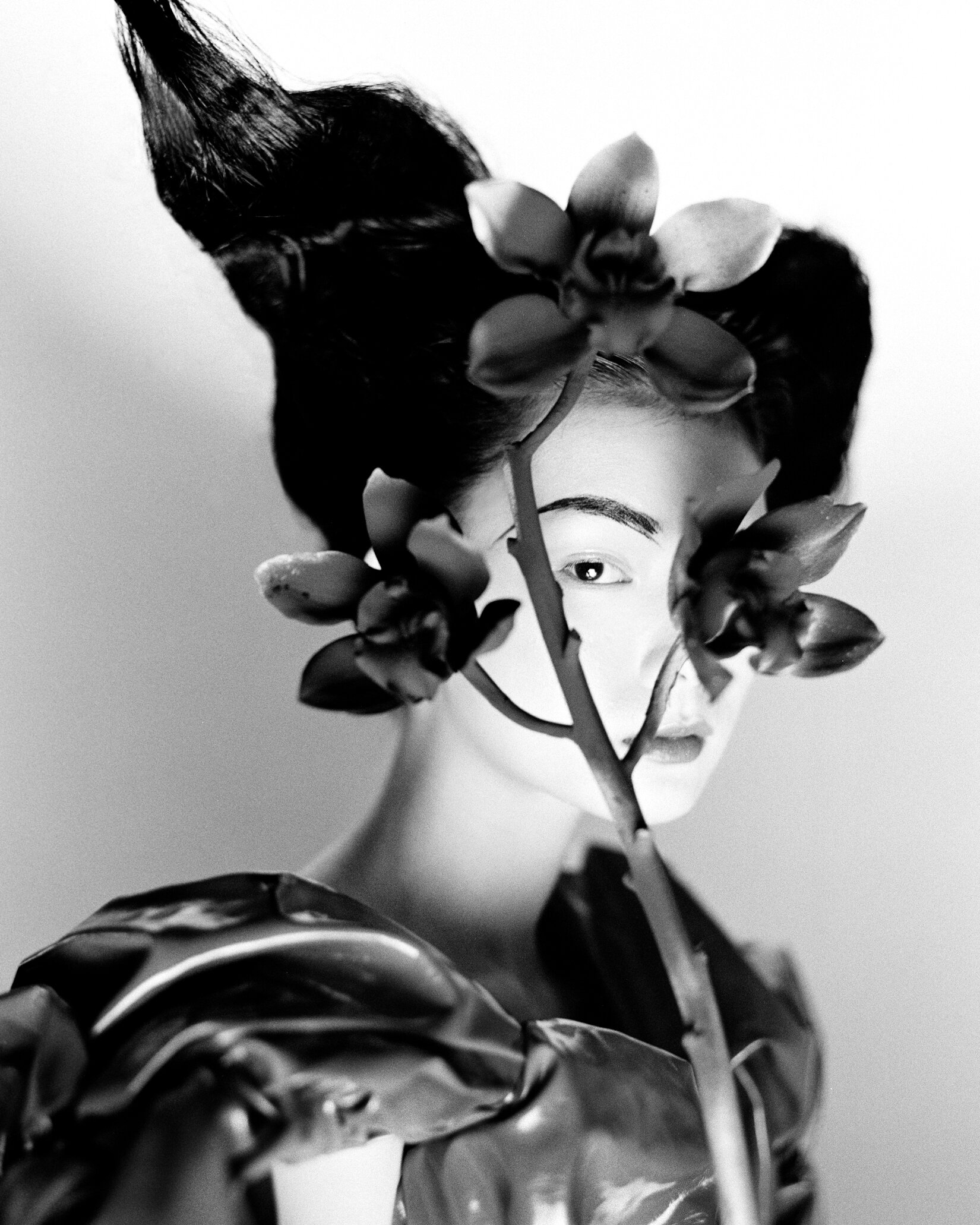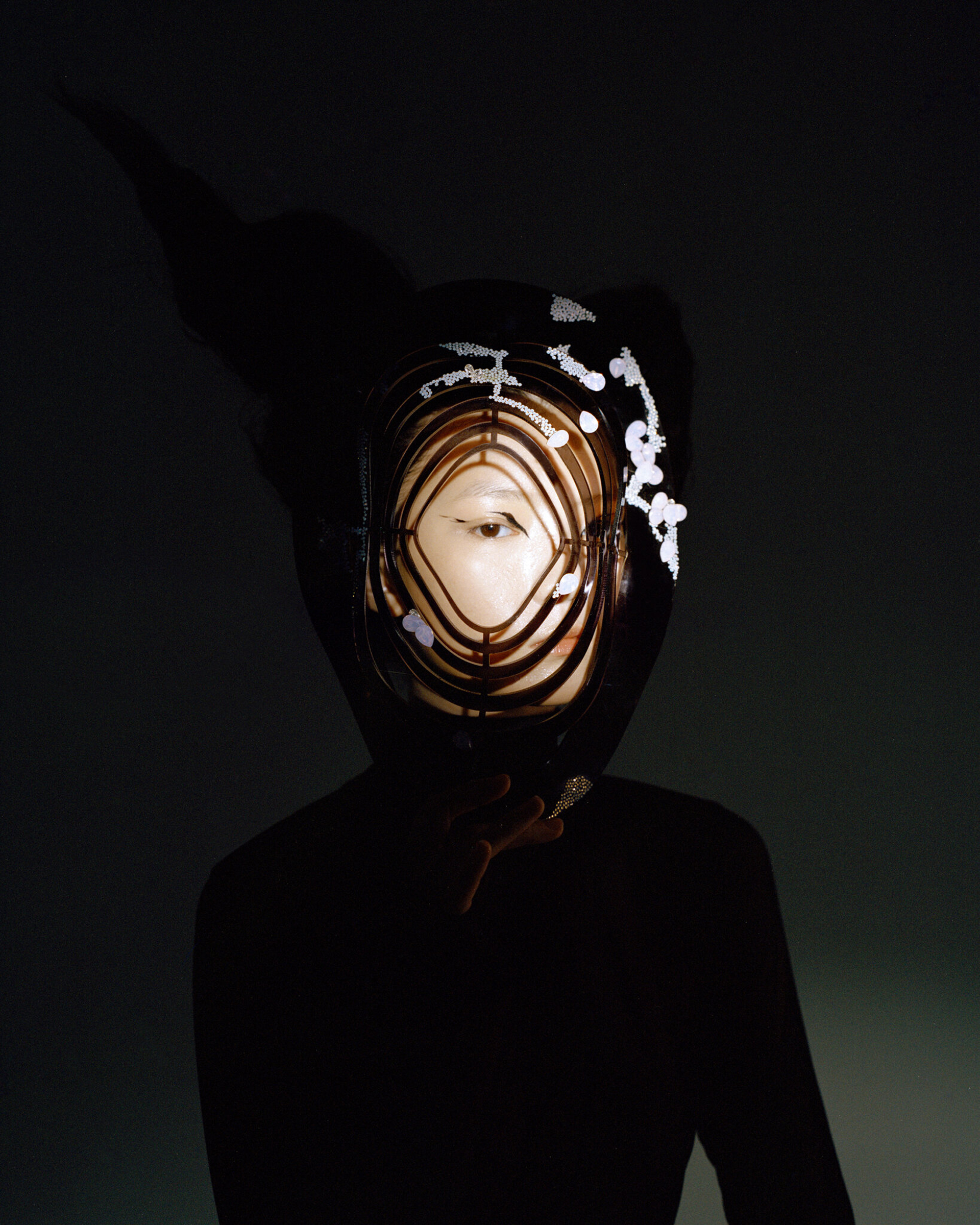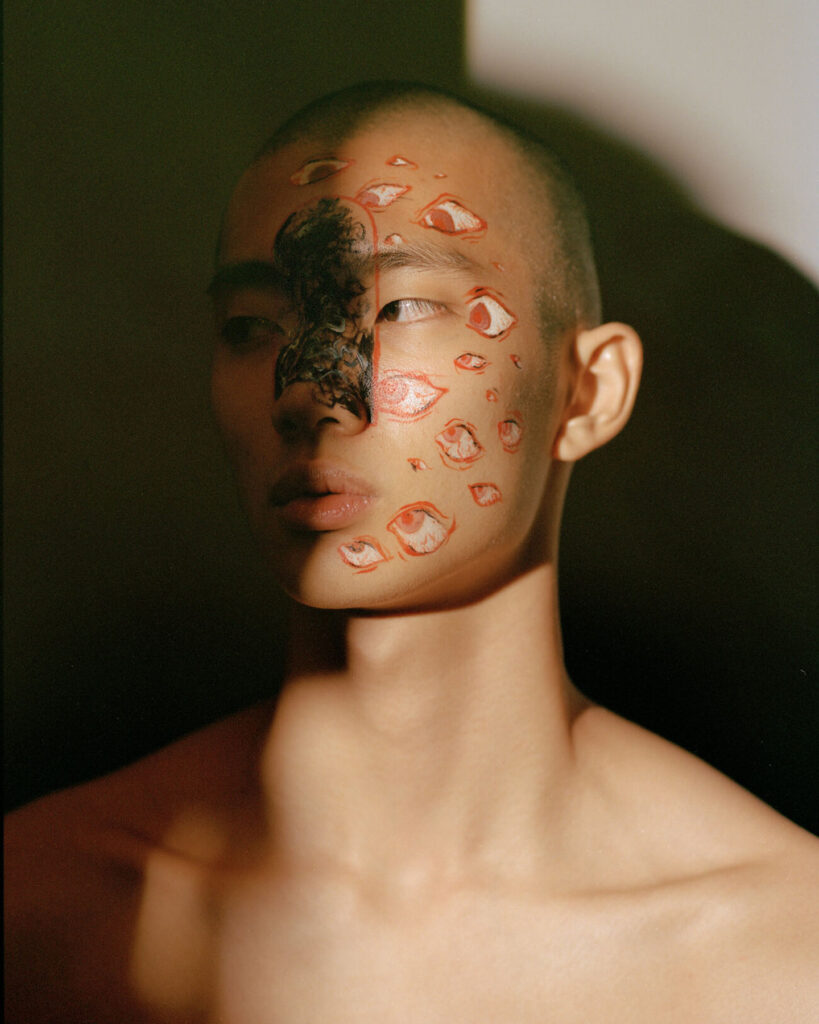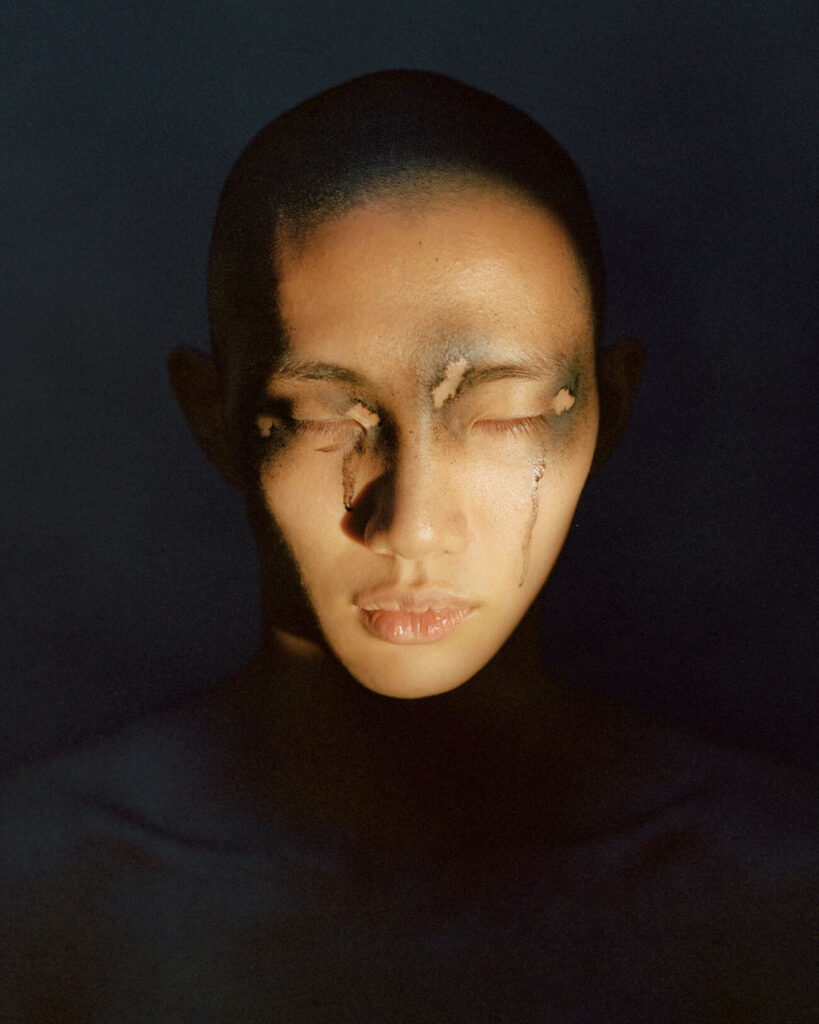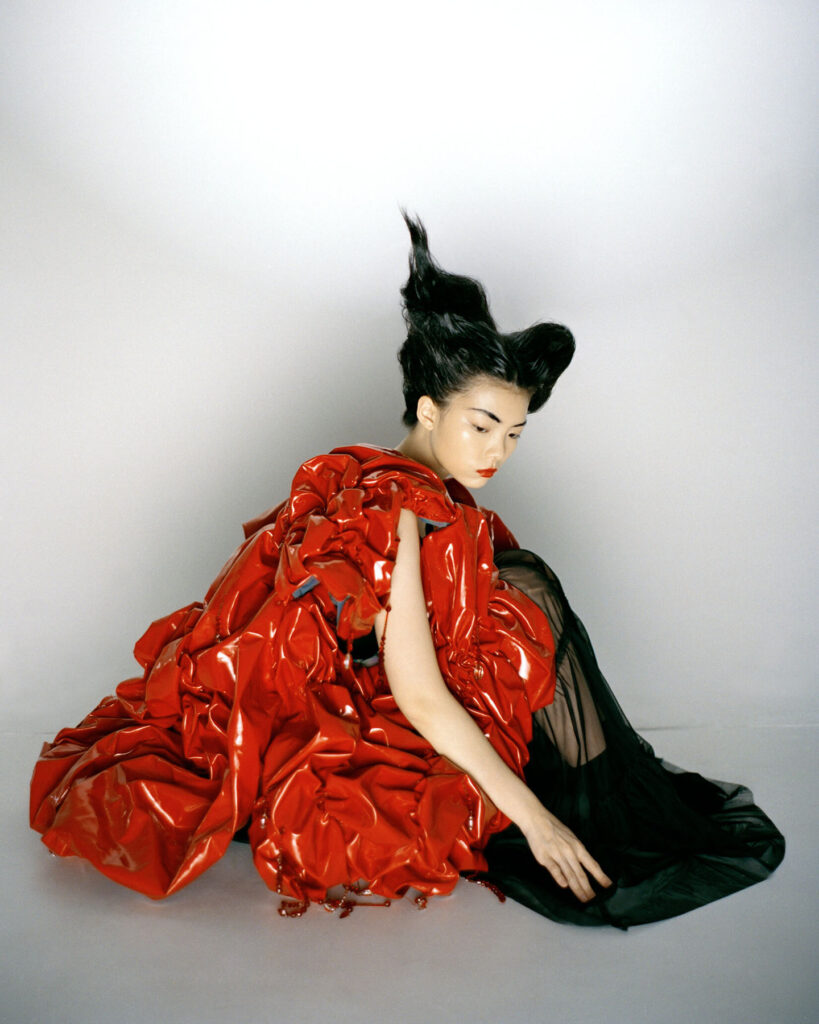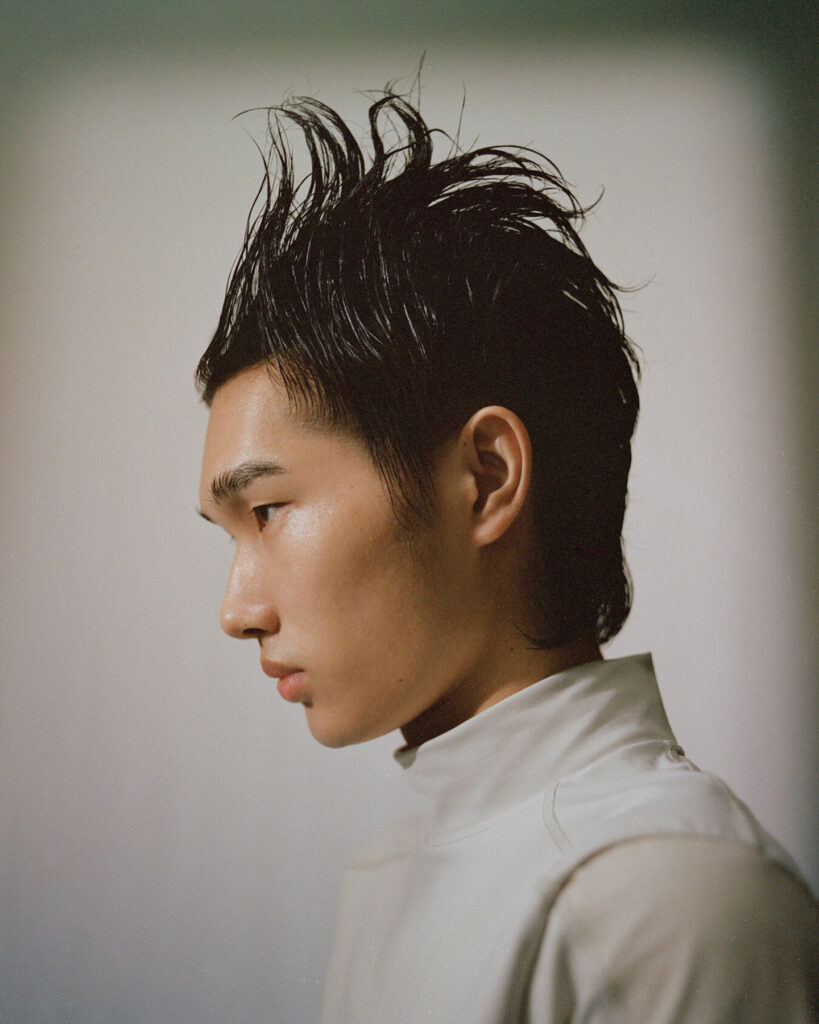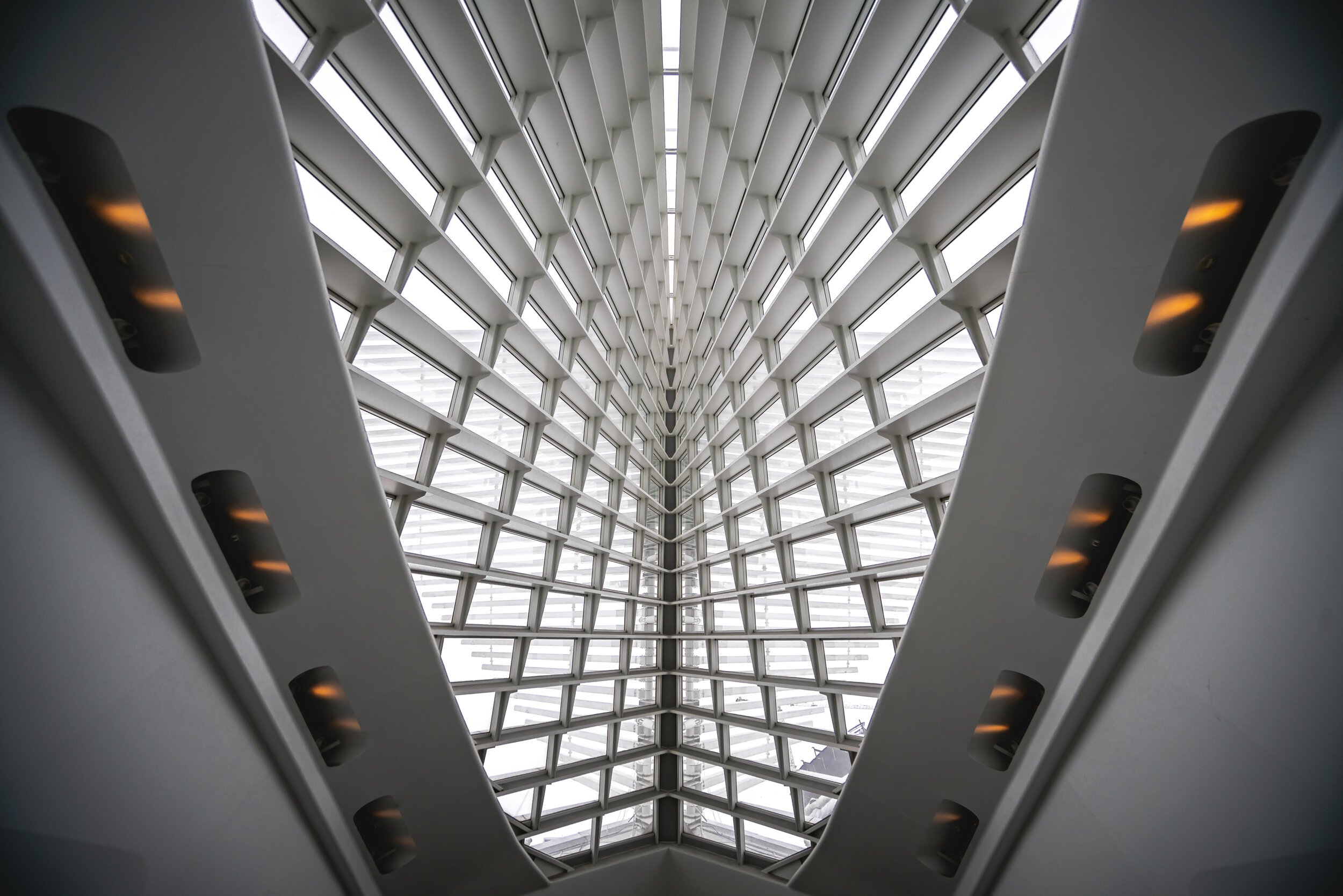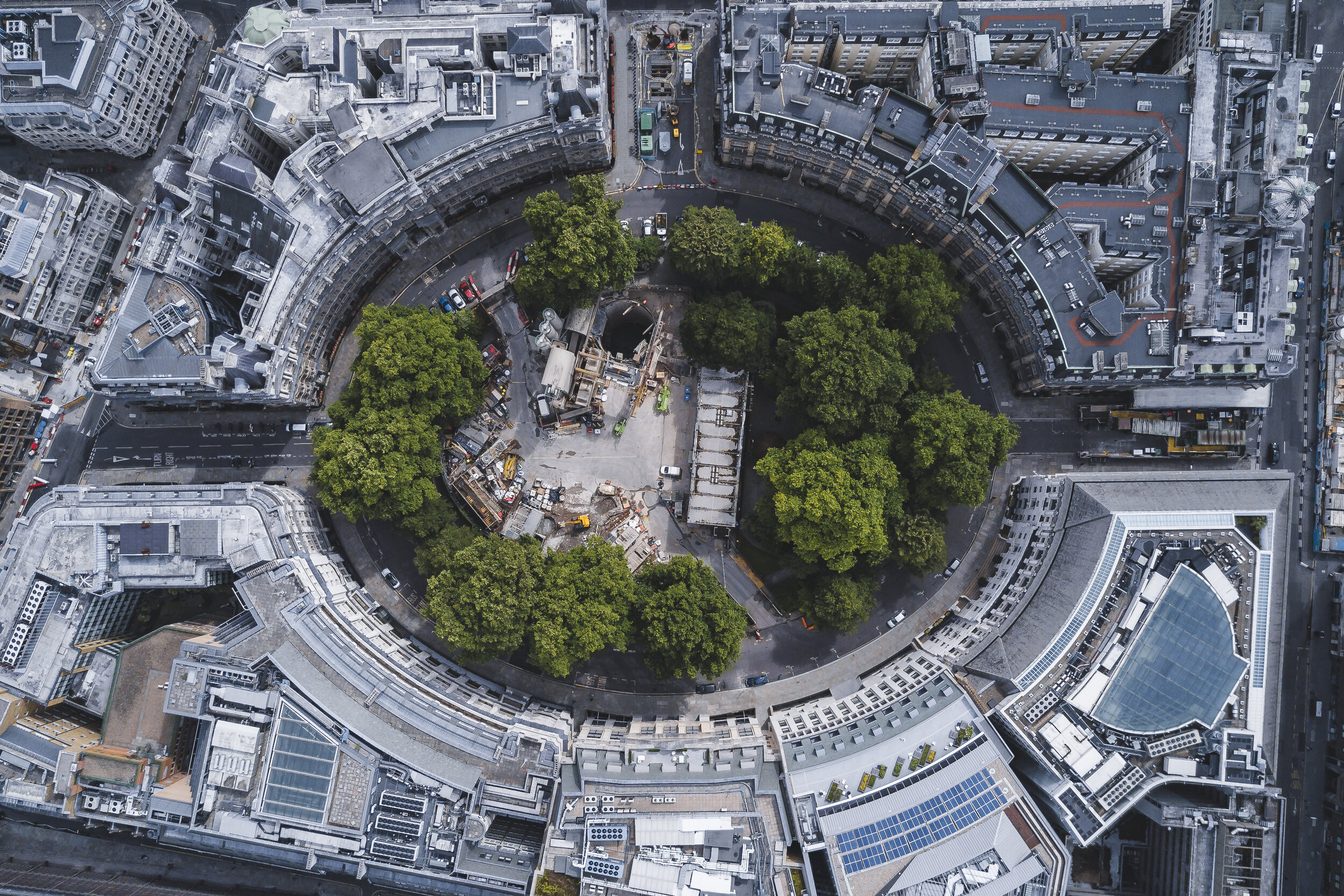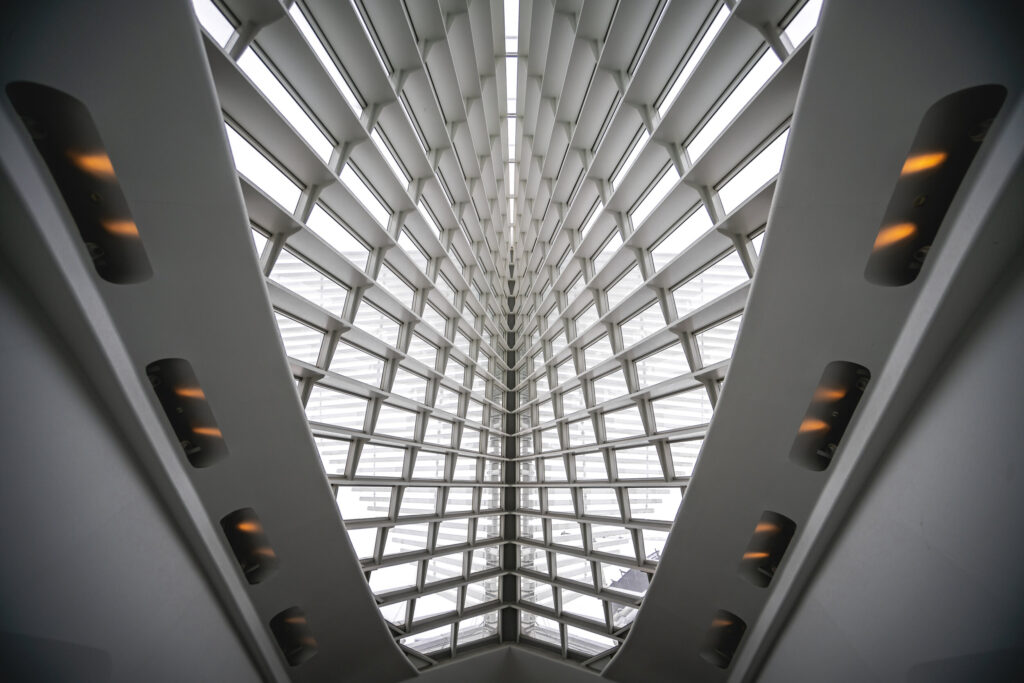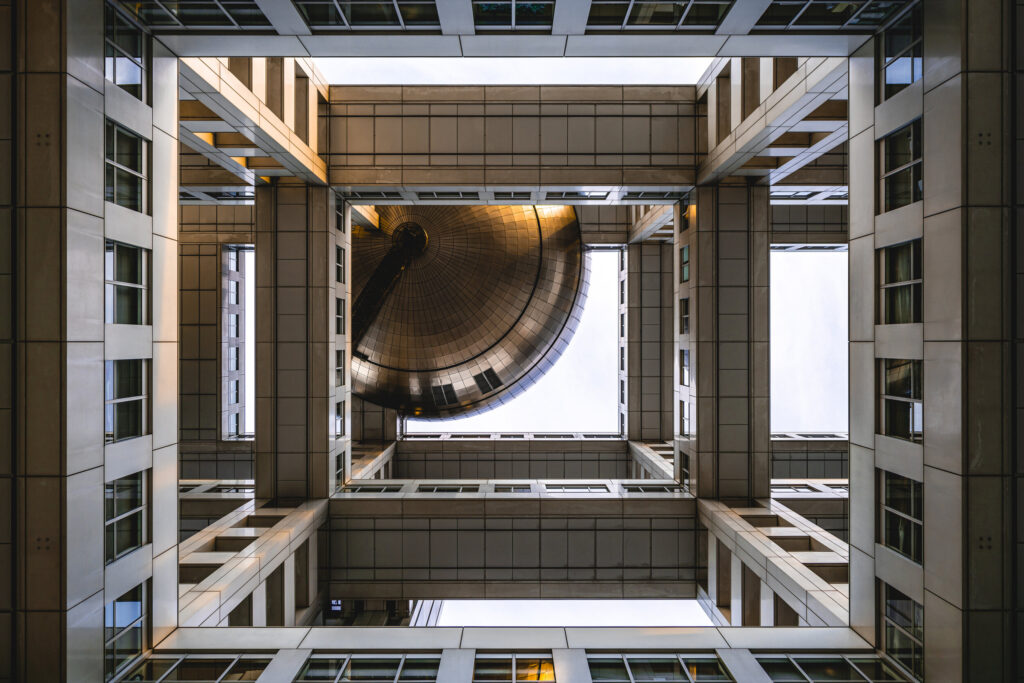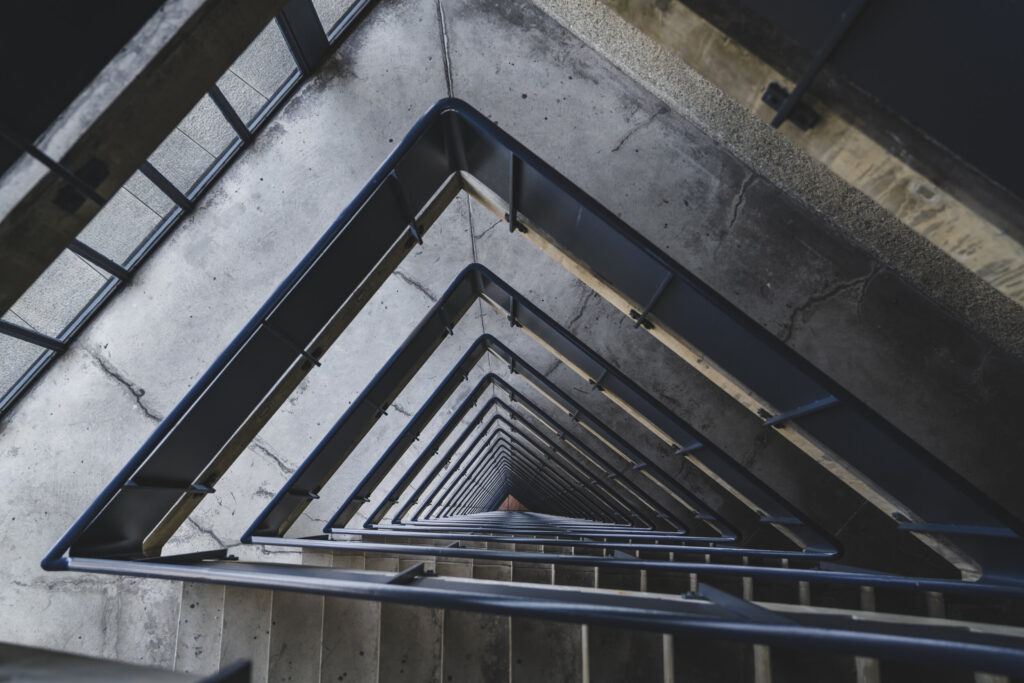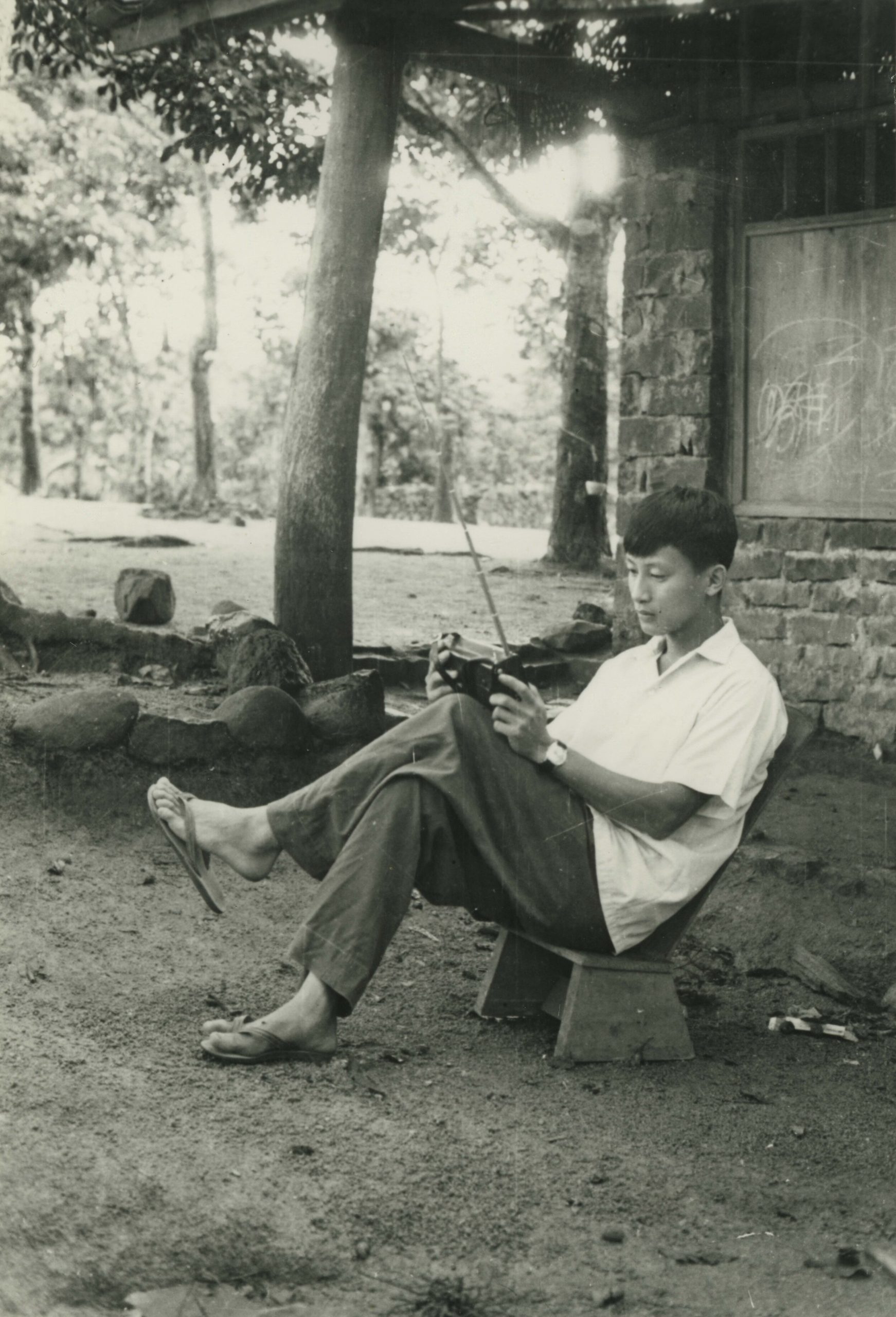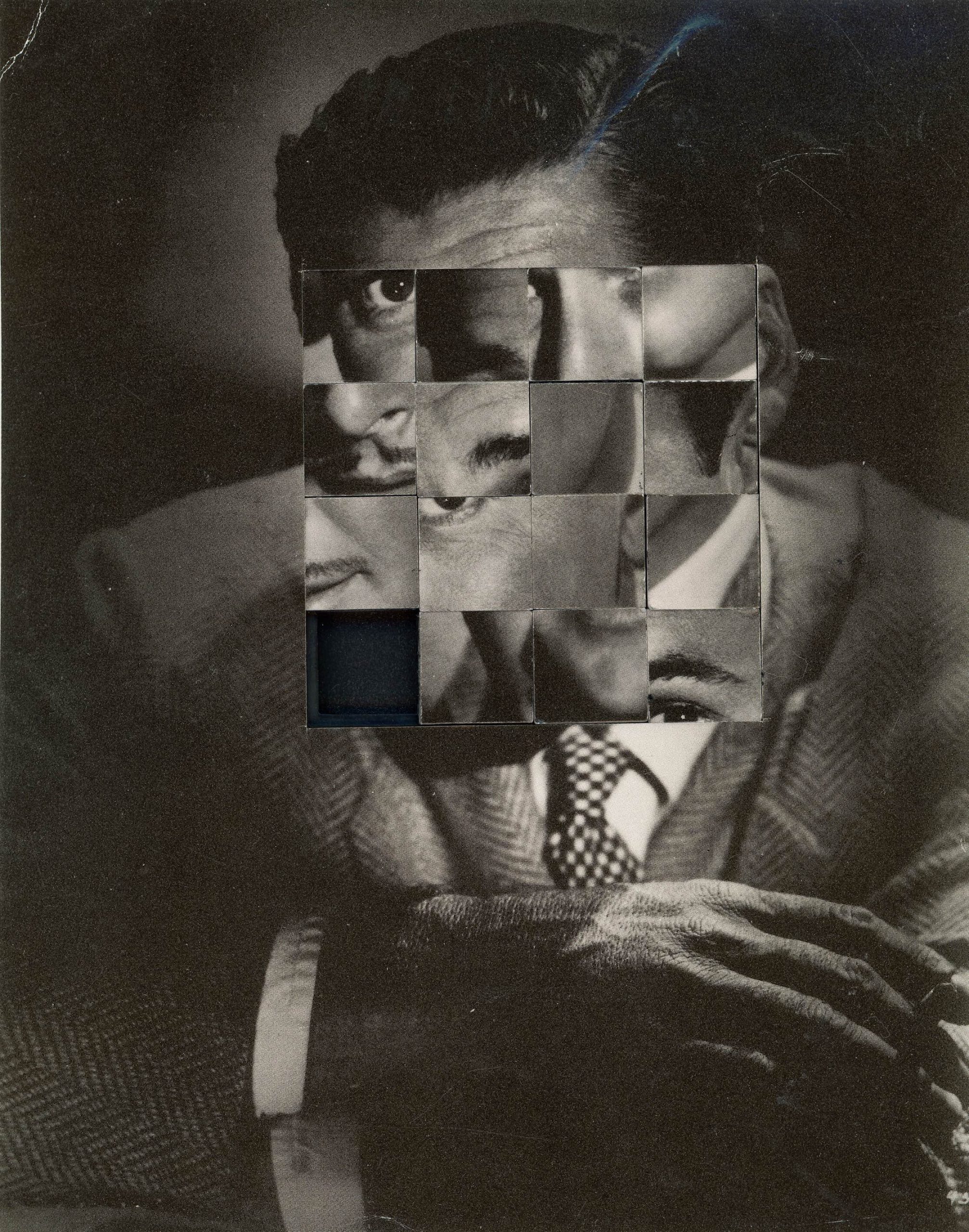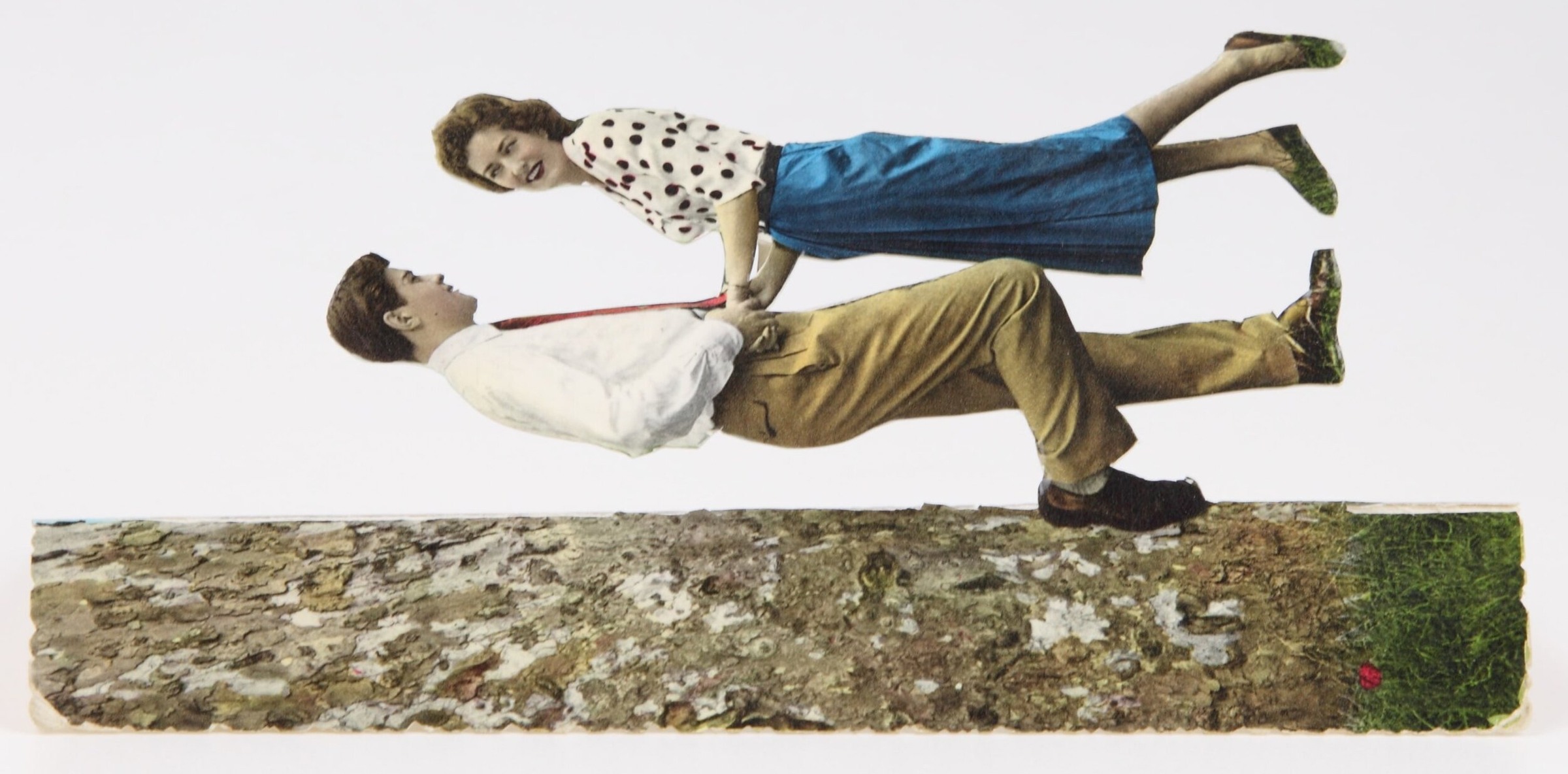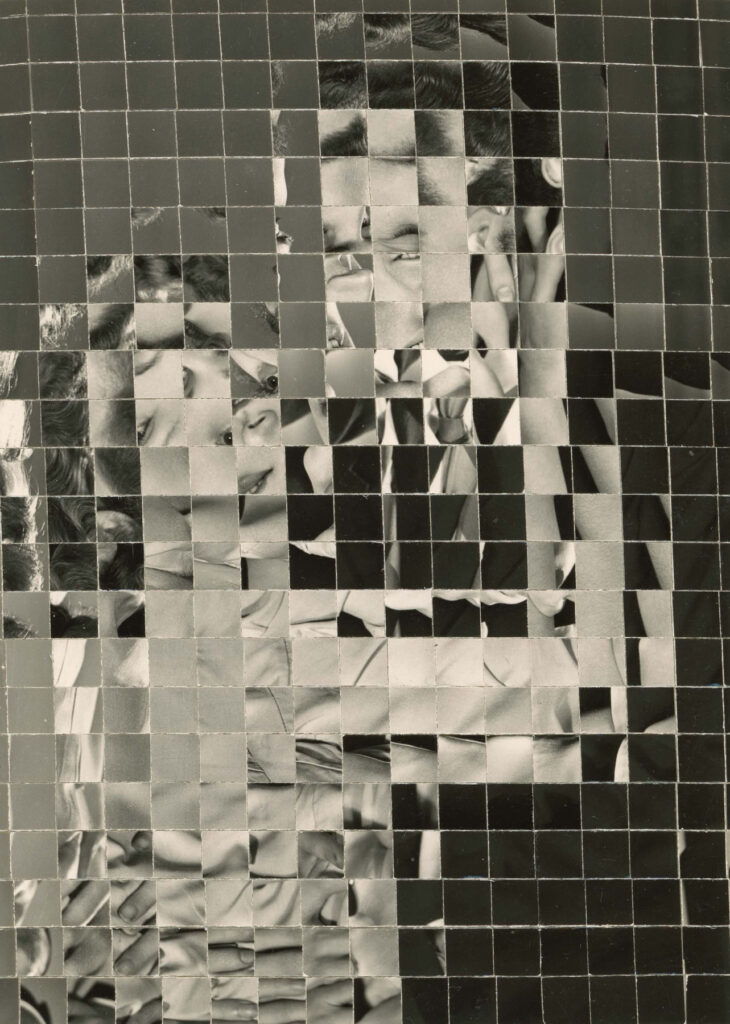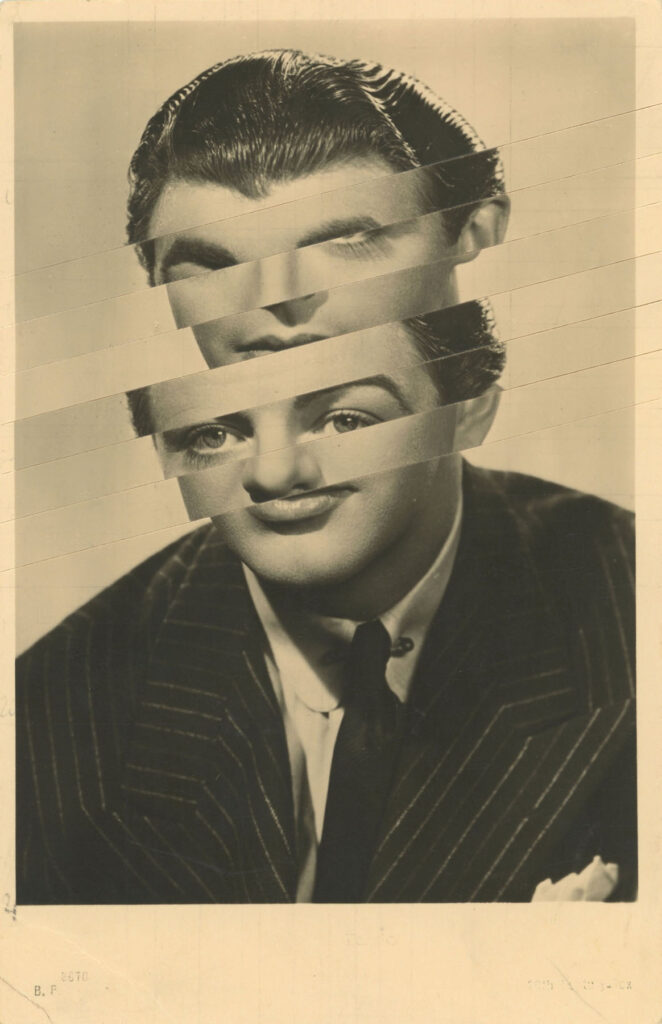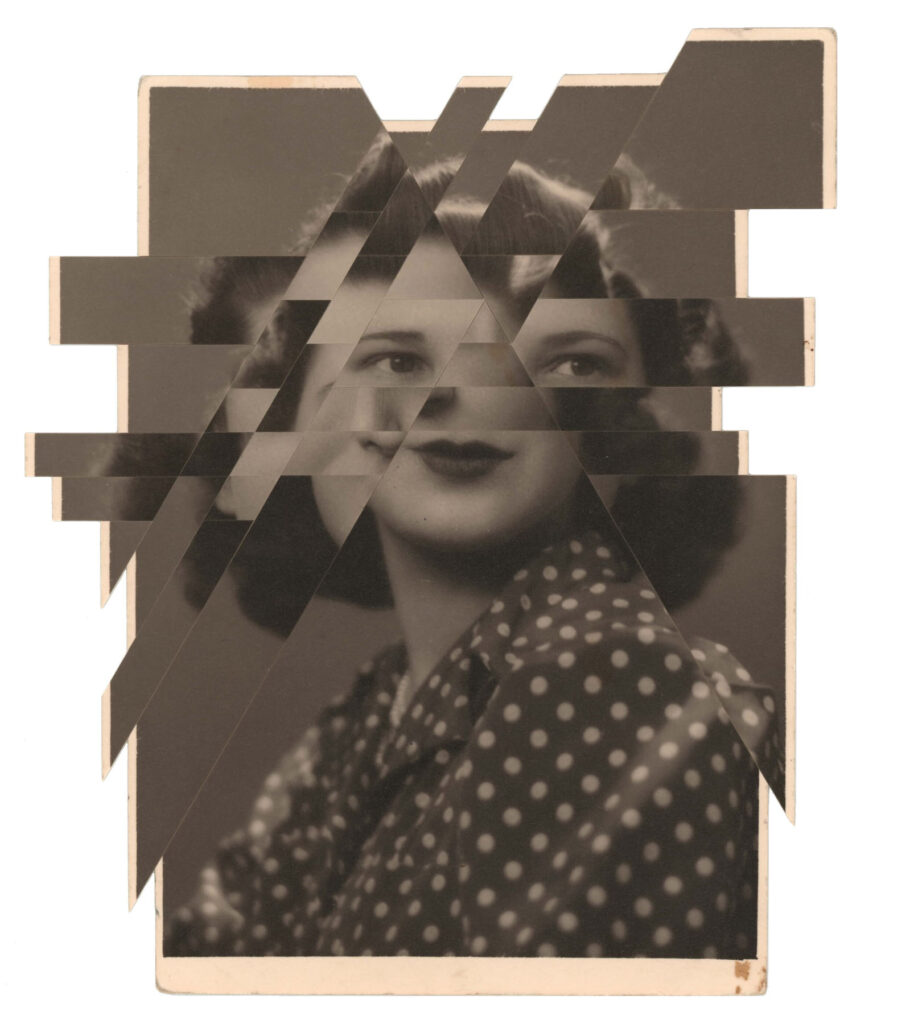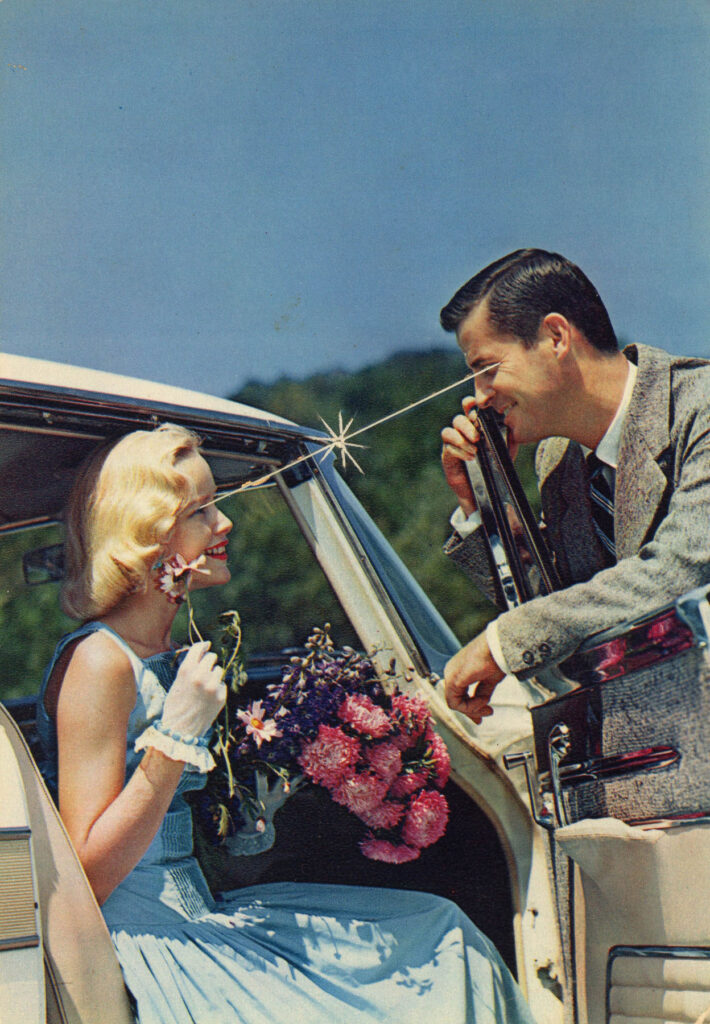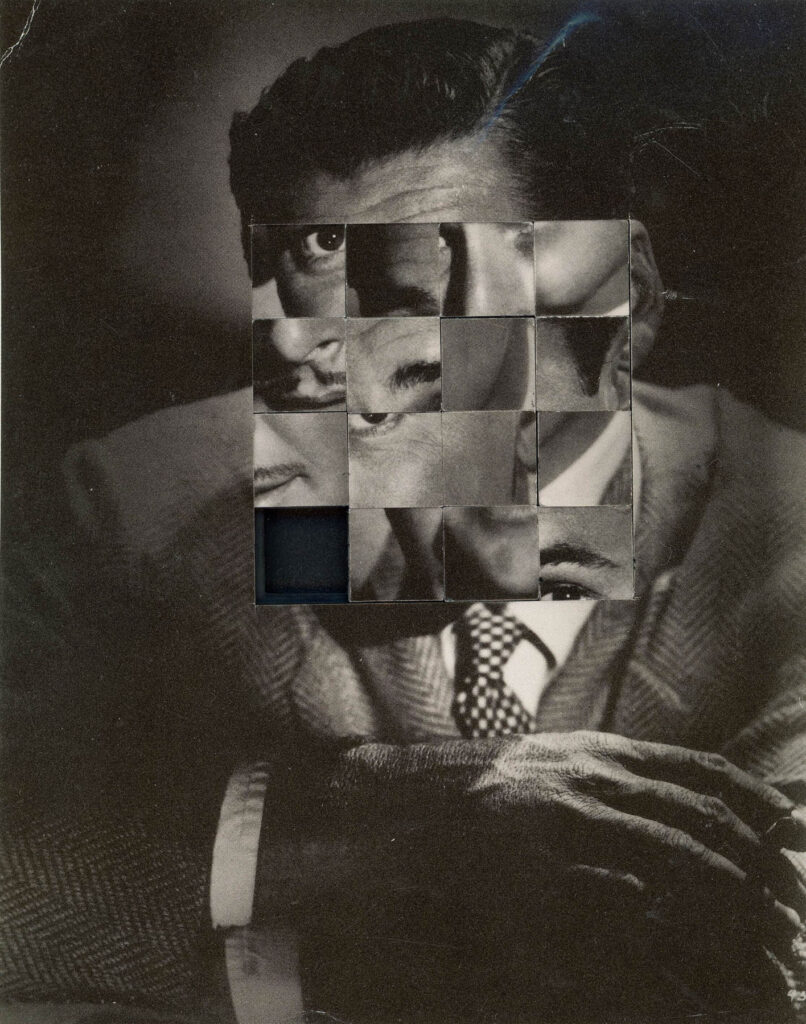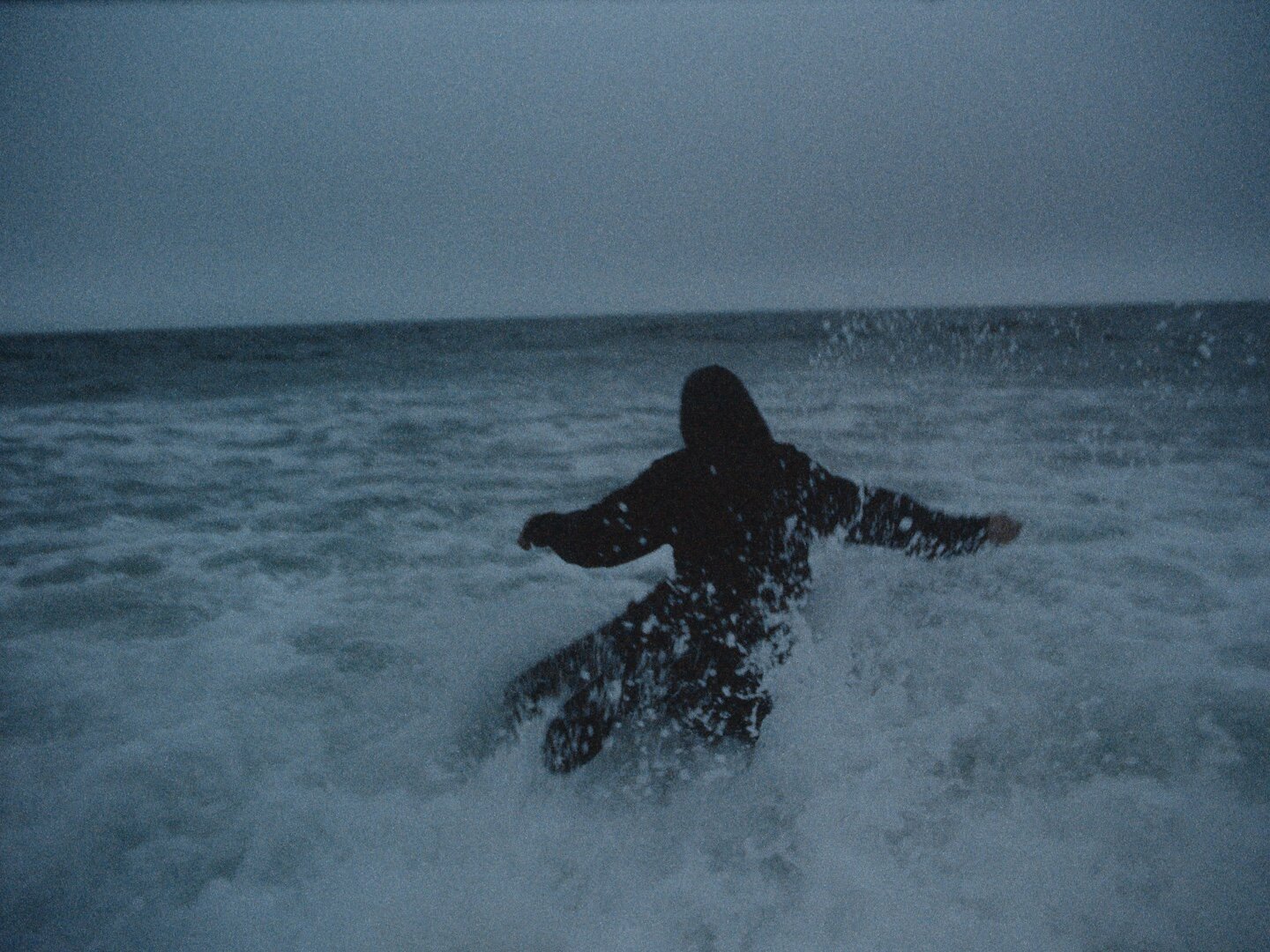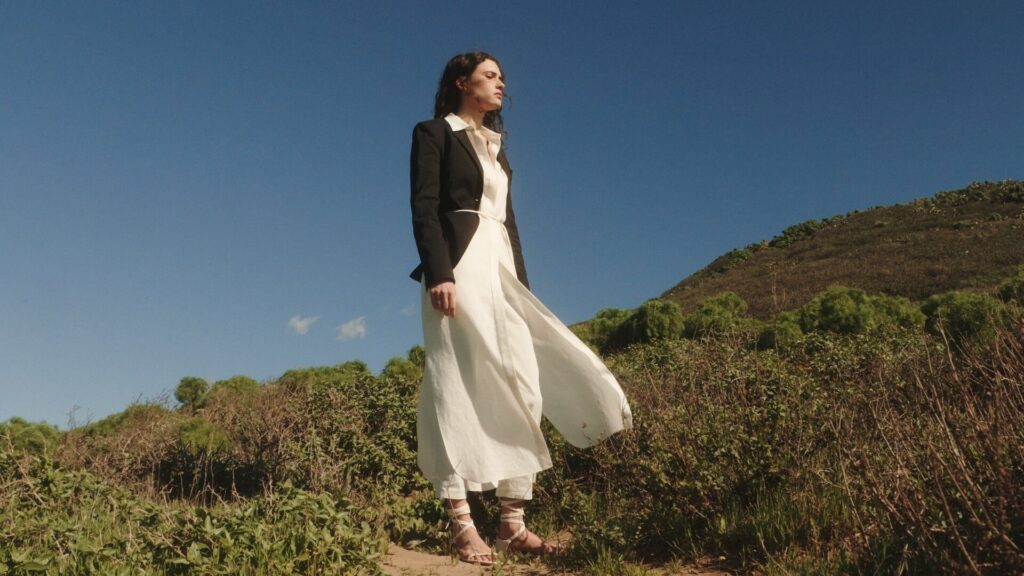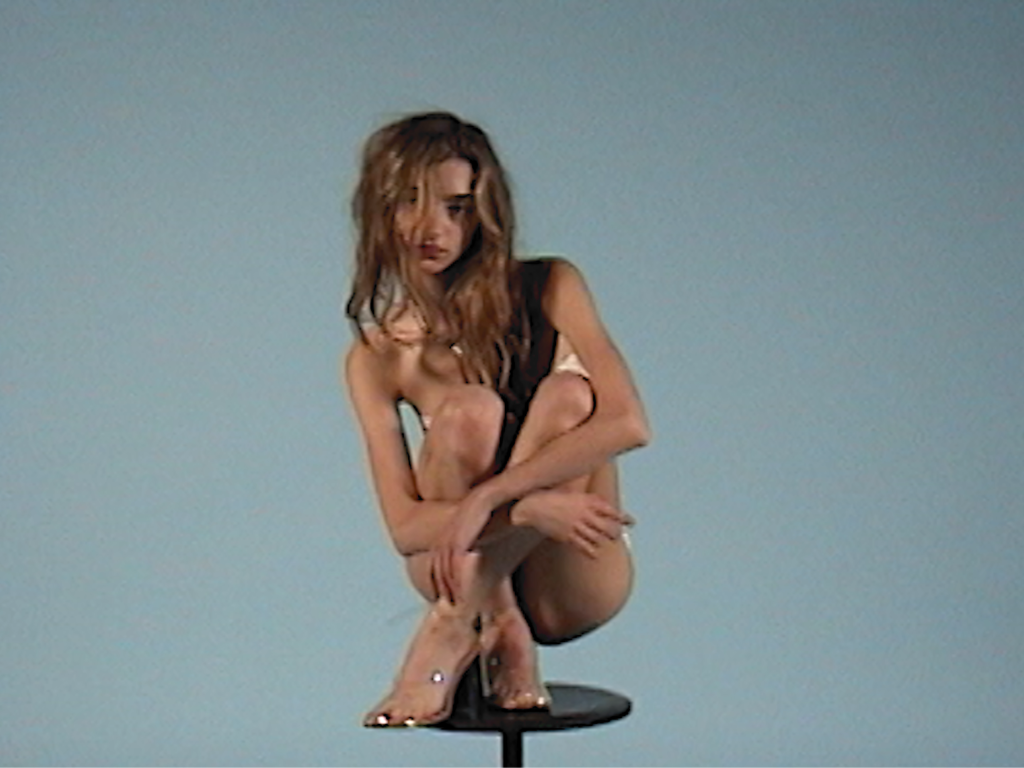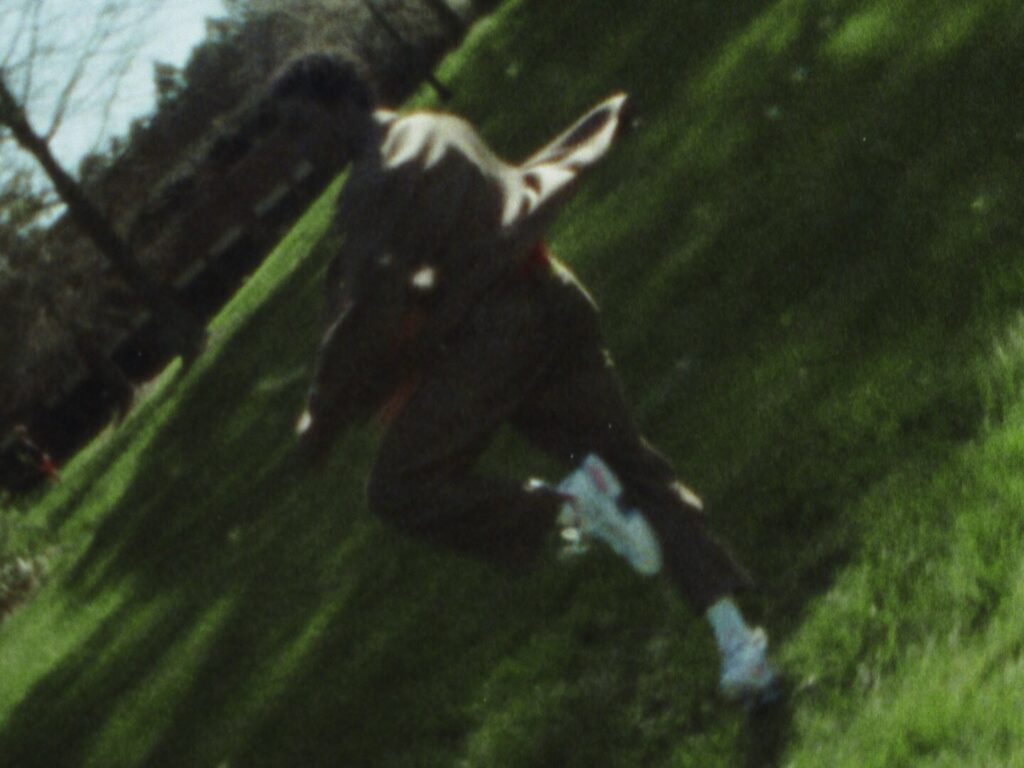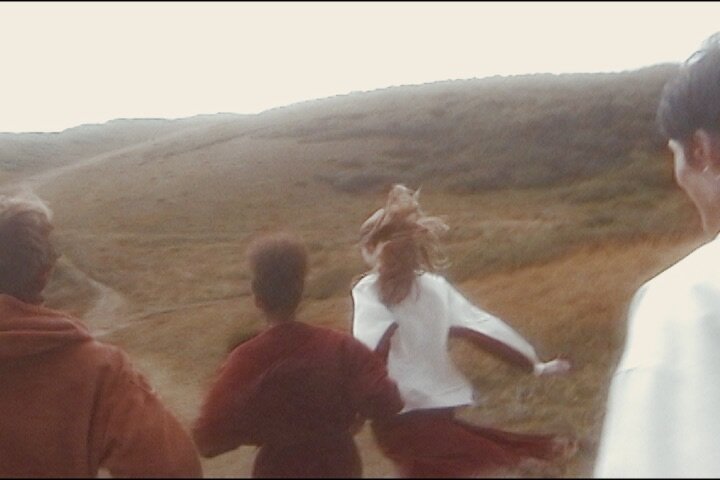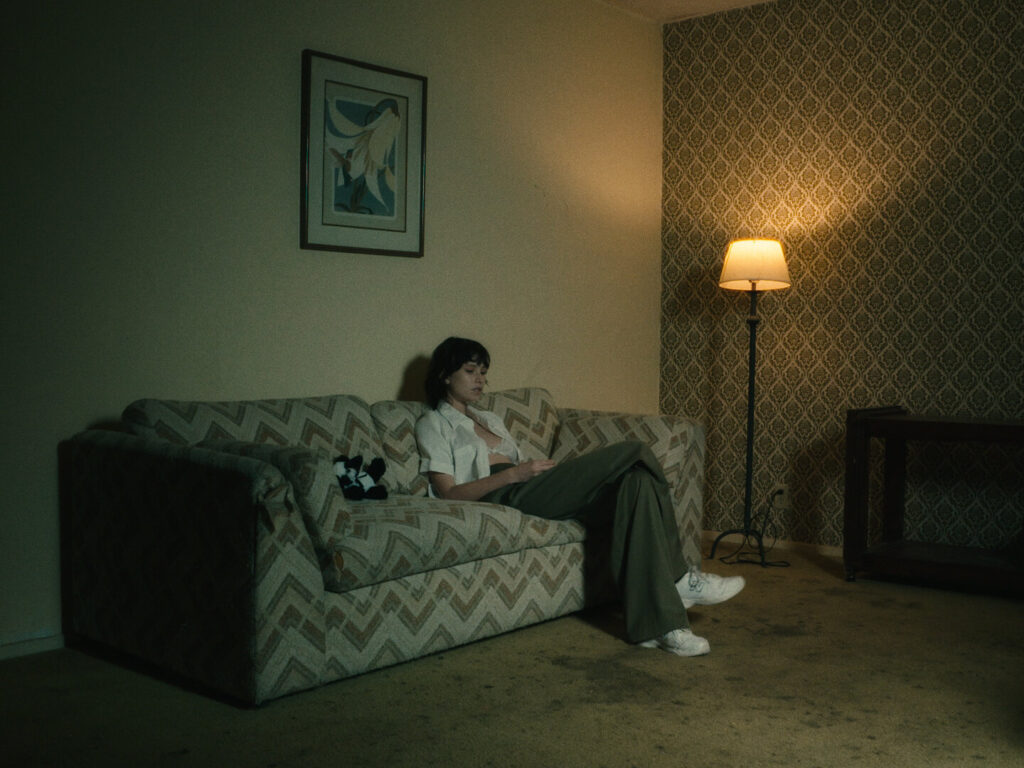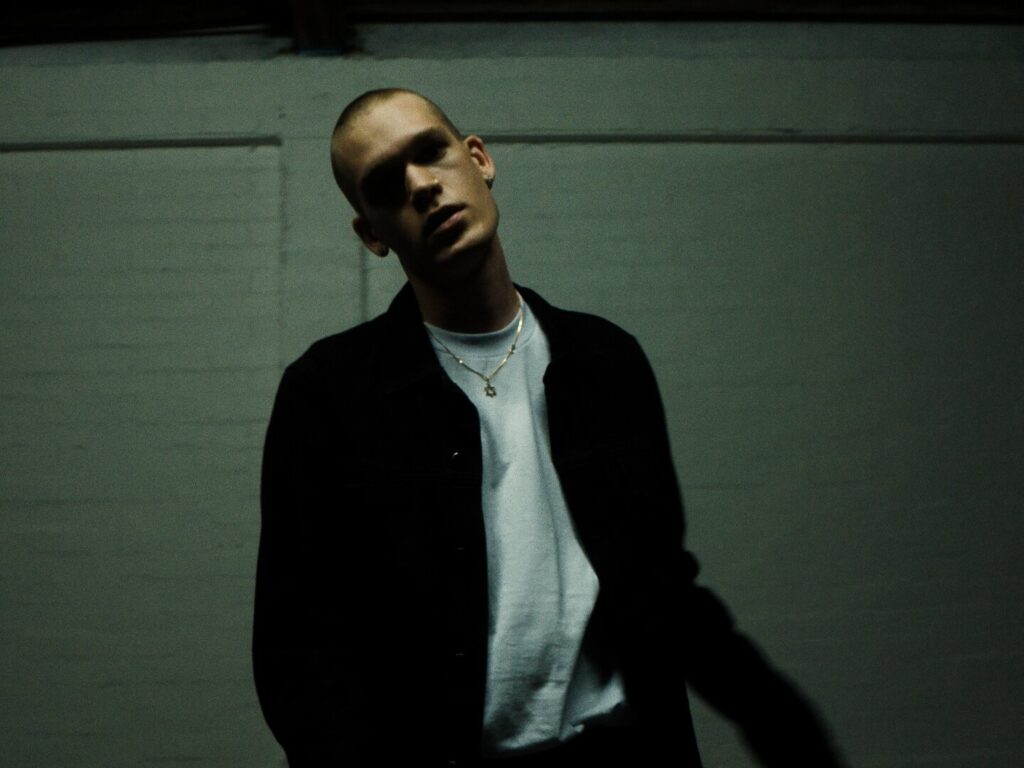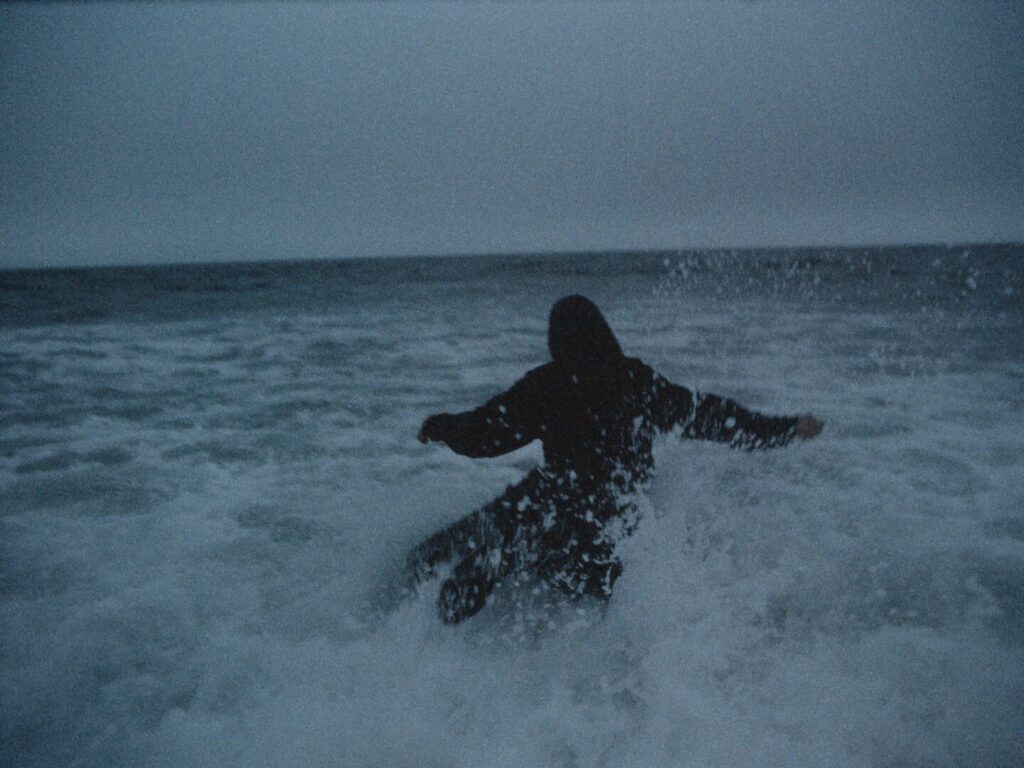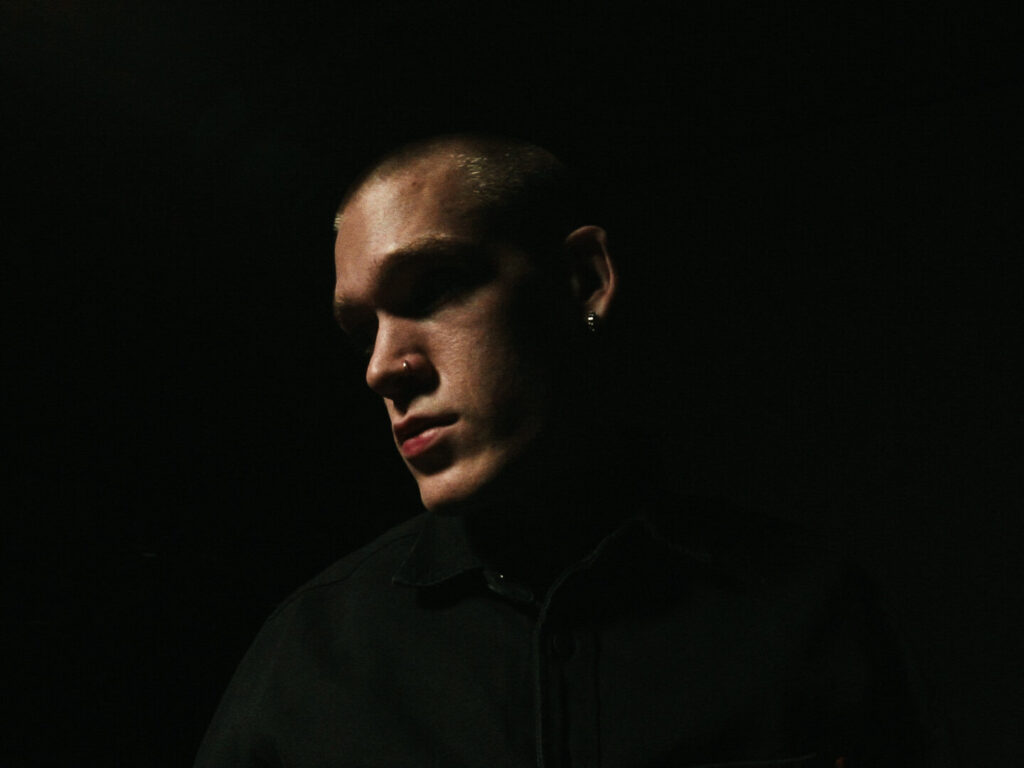What is it that makes a good photograph stand out from the rest, particularly with the over-saturation of photography that we see on social media every day?
I really appreciate great composition, something that catches you almost immediately. Though the photo doesn’t need to be technically perfect to be great, it helps if the photographer takes the time to nail the focus and avoid distracting features which can detract from the ‘illusion’ that the picture aims to create. When I take a picture I’m trying to get you to see what I see and bring you into my world, distractions destroy the seamless transition from someone’s reality to my surreality. With that being said, a good photo can be portraiture, street, architecture, or a great shot of an event: it doesn’t matter – a good photo just catches you.
Does your approach to your photography change depending on which city you are working in and if so how?
My approach doesn’t change particularly unless I have to be particularly mindful of my surroundings. Some places that I have been aren’t the most visitor-friendly tourist spots, so sometimes I have to be aware. With that being said the usual respect and appreciation for the locals and their customs and some good old fashioned street smarts has kept me in good graces. There are many times when I capture street photography and locals don’t necessarily appreciate their photo being taken and I respect that entirely.
What was the most exciting project you worked on and why?
Honestly, I don’t have a single project that I can point to that has been the most exciting one. I have been blessed with a lot of cool experiences, I guess I can say working with Sony last year, I was in front of the camera for a shoot for the launch of their long-awaited A7s3. It was a secret so I couldn’t tell anyone and one or two of my shots actually made it into the final video. I was also featured in front of the camera for Lightroom, as one of their ambassadors, showcasing my architectural photography around Chicago. Both great experiences during a challenging year.
You were a lawyer before you became a freelance photographer. Does your background in law ever influence your photography work and if so how?
Up until very recently, the vast majority of my work has focused on balance and perspectives. In a literal sense, this has presented itself as a heavy focus on symmetry and geometry. My fascination with these themes forms the basis for my first solo photography book Equilibrium. The metaphor of balance in my work shows up in a number of ways. One example is one is that there have been occasions when it would seem that my work appeared to be too “urban” to be mainstream and too mainstream to be “urban”. To bring it back to the question, the theme of perspectives comes from my legal background where I learned to always consider the other side’s ‘arguments’. I had to consider other people’s points of view, so as to be armed with the best argument. Similarly, symmetry can be seen as me trying to get my visual message across, in as straightforward a way as possible.
